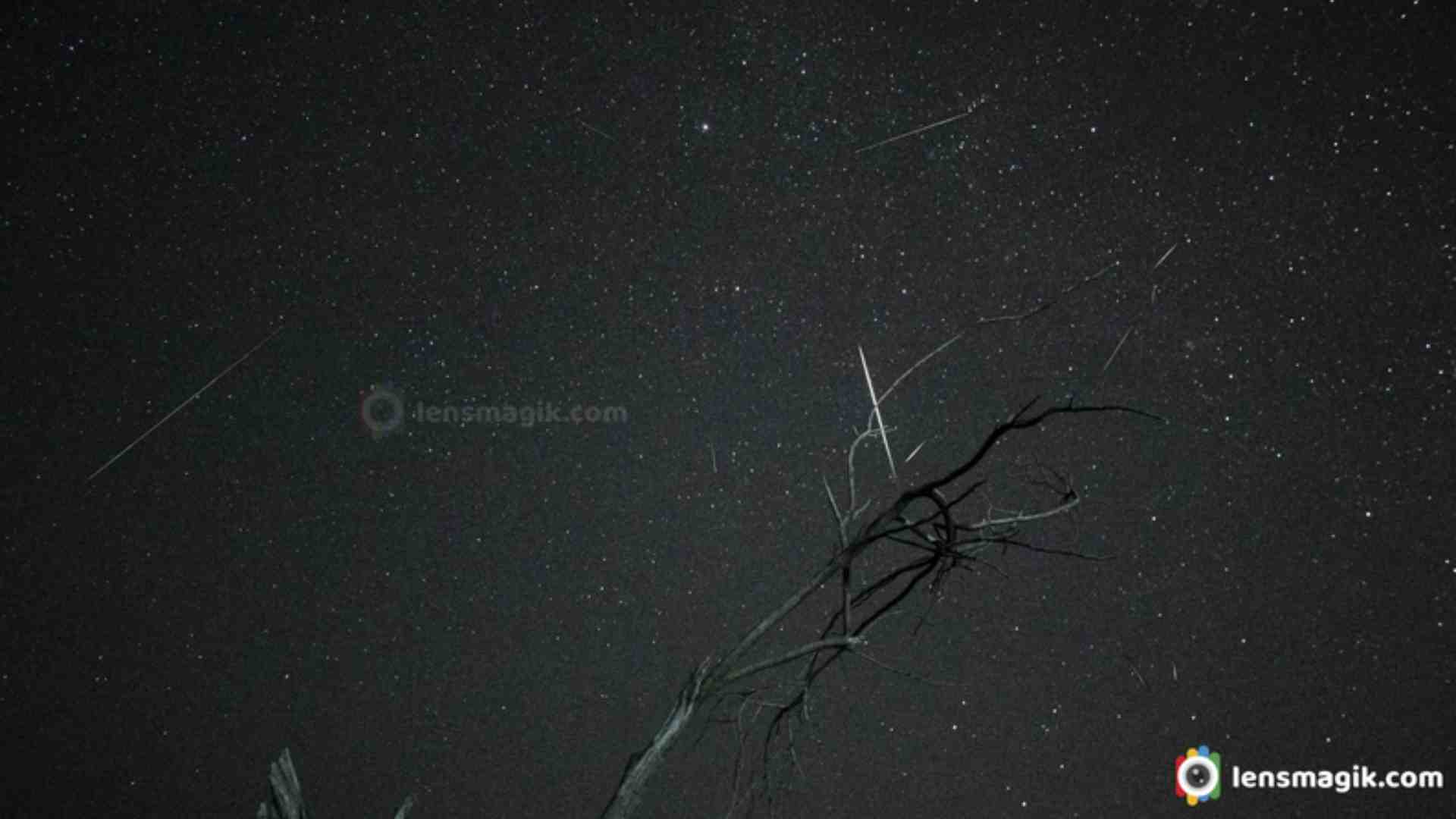
Meteor is a piece of rock in the sky. It is caused by meteoroid crashing through the Earth’s atmosphere. It looks like streak of light in the sky when it comes in the Earth’s atmosphere. Millions of meteors occur in the sky. They are looks like shooting star. As per the size of meteor you can see vary of streak of light in the sky. Big meteor make big streak of light and small meteor make small streak of light.
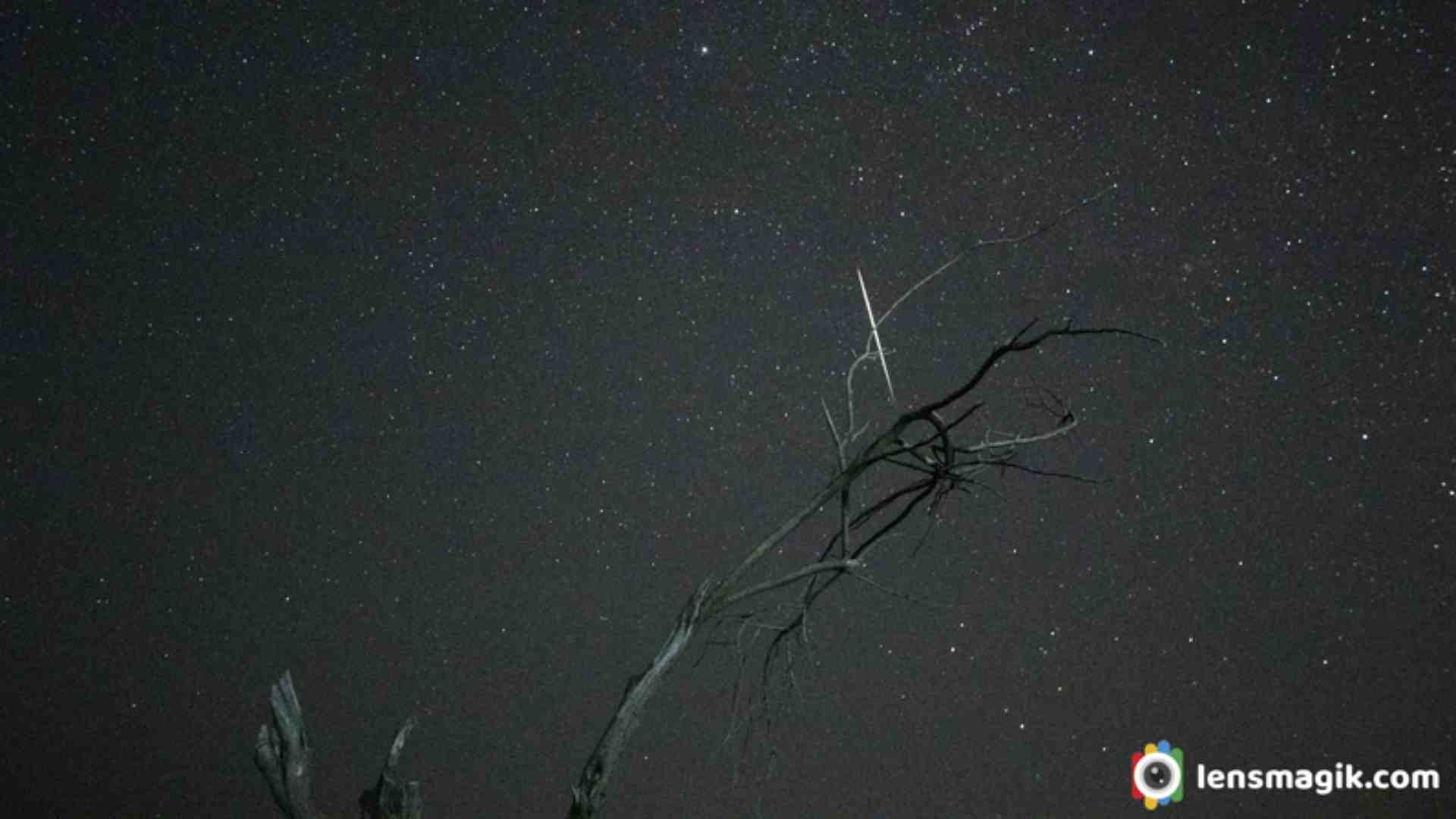
Geminids Meteor shower :
Meteors come from same place in the sky which is called Radiant. Meteors which appear to radiate from constellation Gemini is called Geminids Meteor Shower. Geminids Meteor shower appears in December every year. Geminids Meteoroids are 1000 years old. Geminids Meteor shower caused by object 3200 Phaethon . Geminids are fast and bright and also it is most favorite meteor shower among all meteor shower. Geminids meteor shower rises from Northeast side and can bring 30-40 at minimum side and 100 -110 at maximum side per hour. The maximum visible of meteors are on peak day of it around 100-120 meteors per hour. Geminids meteor shower rising time around 7-9 pm and its on peak at 2 AM to early morning . At 2 AM you can see maximum meteors of Geminids.
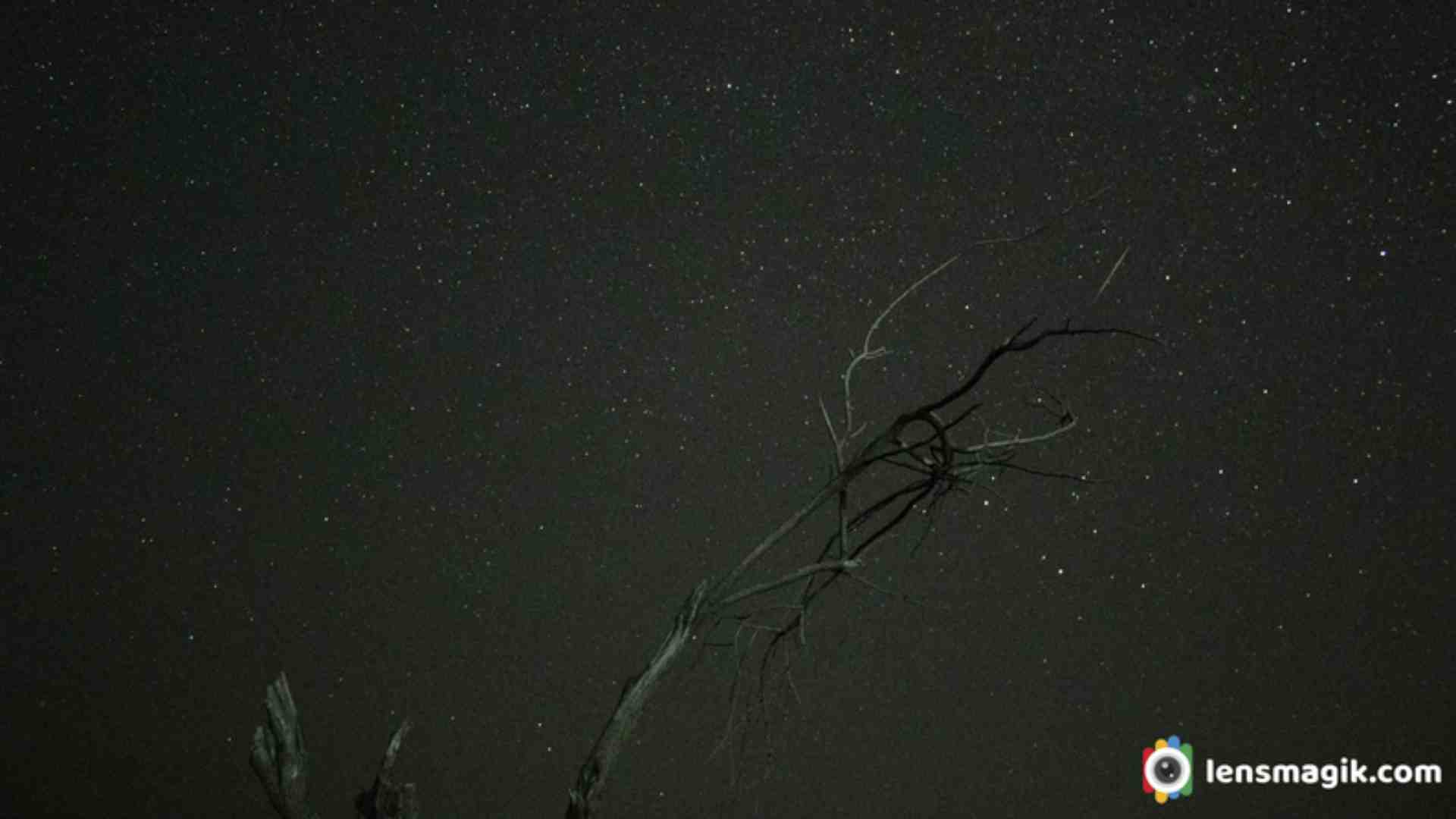
Time-Laps Photography of Geminids Meteor Shower :
To see meteors we need a dark sky and also low pollution area. First we need to choose best location for Astro photography or star trail photography or milky way photography or Meteor shower photography. We need to choose date when Geminids meteor is on peak . On peak date there is more chance to capture meteors in your camera. Choose an object in foreground for time-laps photography. Set up your camera on tripod with Interval meter. Focus on subject in foreground which you choose or make your camera lens focus on infinity. I had taken more than 200 photos in first frame and 150 photos in second frame.
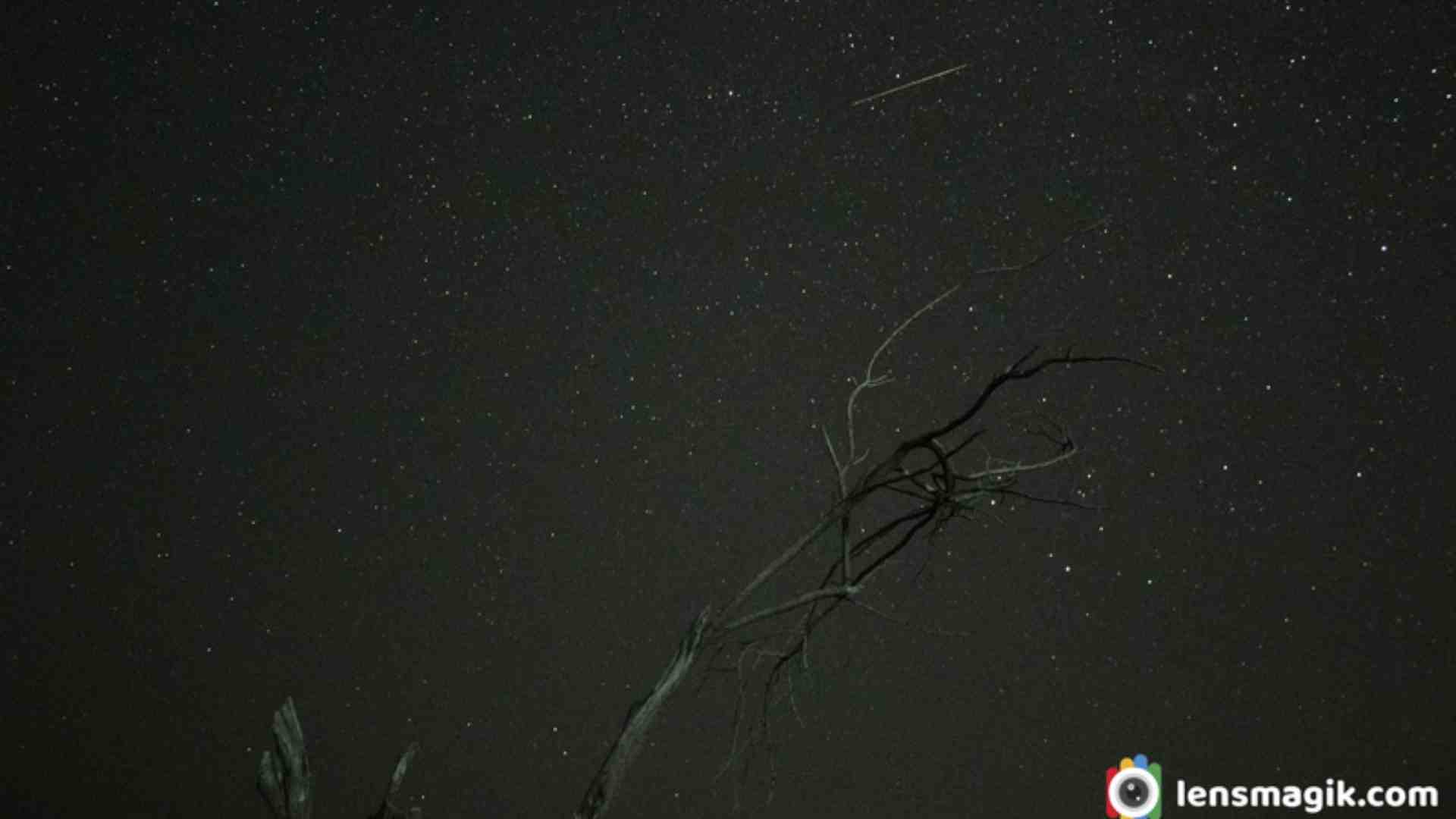
Time-Laps Settings for Meteor shower
- Set Aperture minimum as your lens supports. Best lens for star photography is 10mm, 14mm which lenses support low aperture like F/1.8 or F/2.8.
- Select manual focus for lens.
- Set interval meter shutter speed 20-25 seconds. More than 25 seconds your shutter speed may create star trail so set it to 20 or 25 seconds max.
- Set interval time around 20-25 seconds. Interval time you can decrease if you choose long exposure noise reduction off in your camera but I suggest to select interval time minimum 20 seconds.
- Set frames approx. 500 frames
- Set ISO in your camera 1600-3200 depending on your camera noise. For low noise full frame camera is the best option.
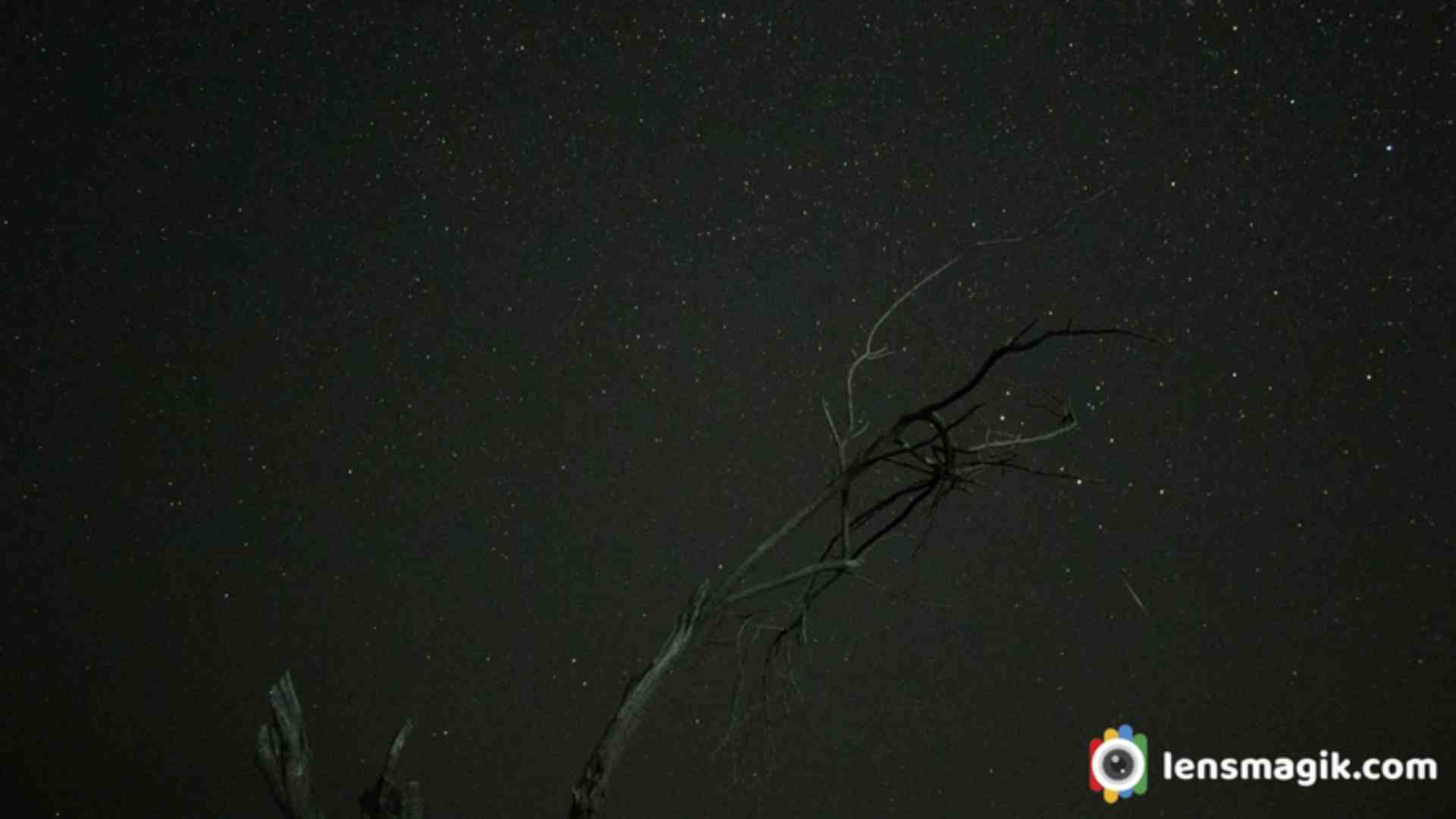
Best dark area finder app is
https://darksitefinder.com/maps/world.html#4/39.00/-98.00
https://www.darkskymap.com/nightSkyBrightness
For time and date of meteor shower visit
https://www.timeanddate.com/astronomy/meteor-shower/
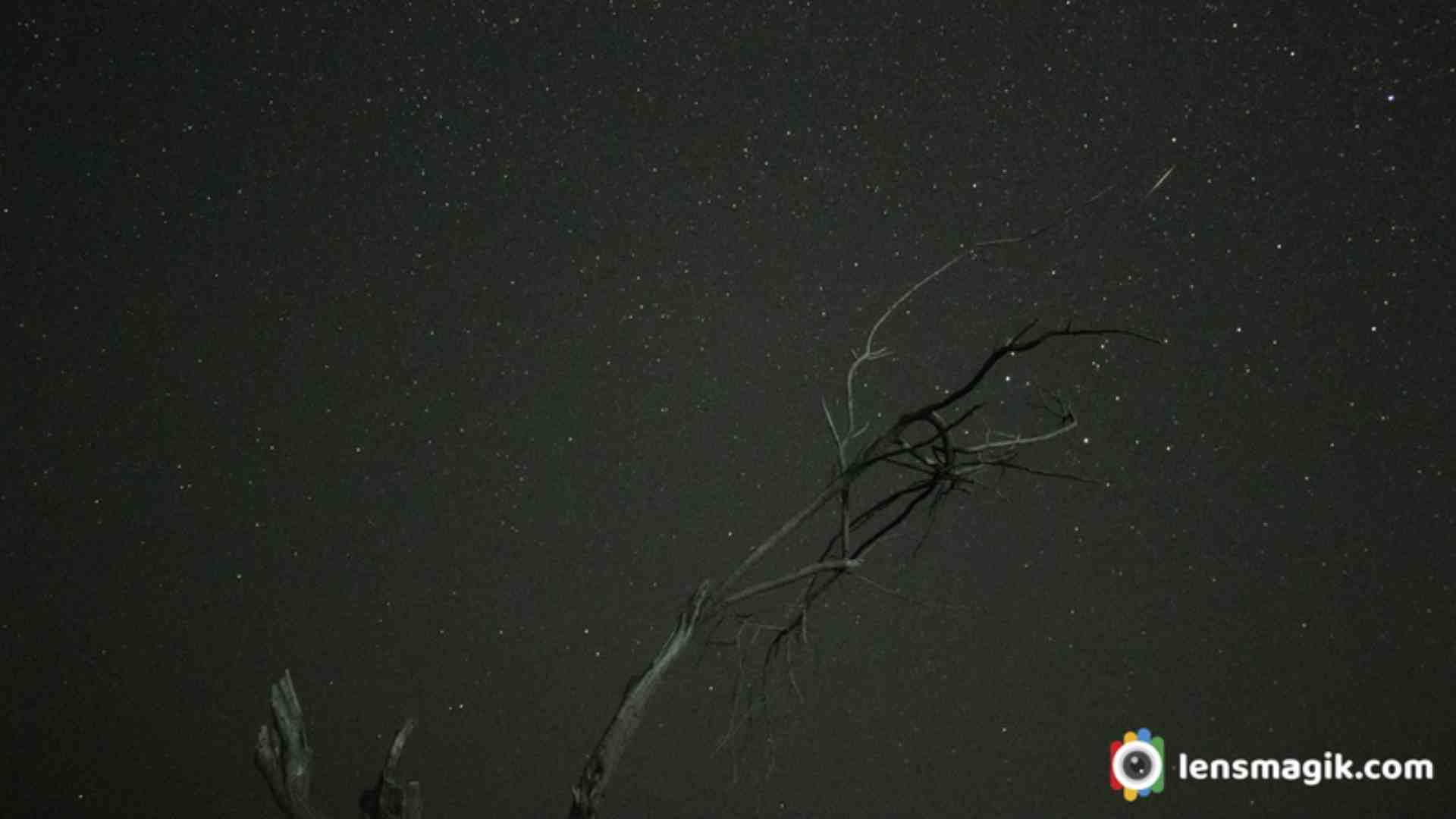
Post Processing Time-laps photos
After taking more than 500 frames in time-laps you need to see them one by one and check how many meteors are captured in the frames. Those frames in which you captured meteors merge them in 1 frame in photoshop or lightroom.
Also you can make a time-laps video in many software with selecting all your frames. I made video in Picasa software which made time-laps video easily. Only JPEG files selected in picasa so make sure your frames may in JPEG or convert in JPEG.
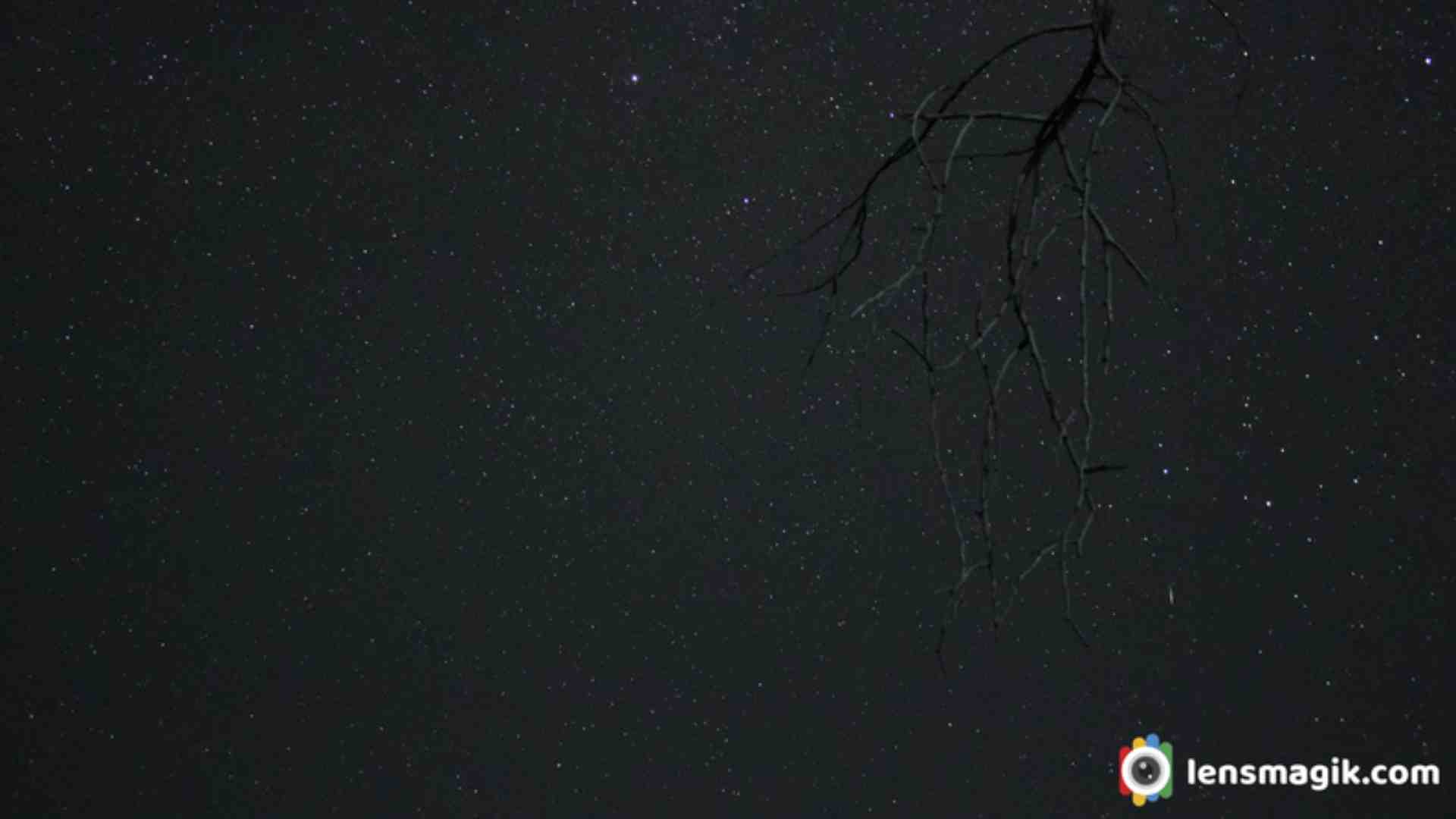
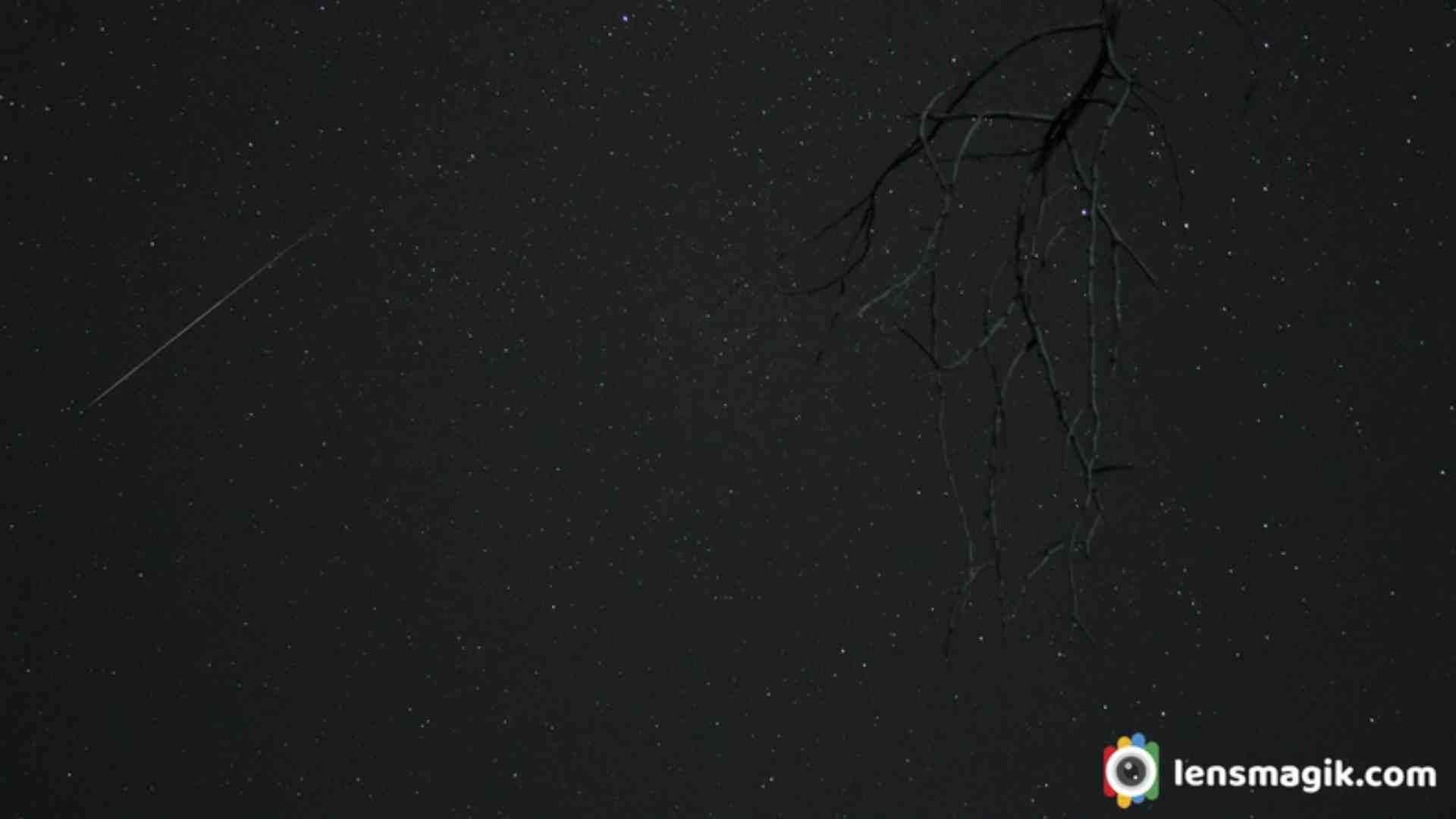
Geminids meteor shower is one of the best meteor shower among all meteor shower. In India you can see Geminids meteor shower very clear from dark areas. In Gujarat Little Rann of Kutch and Rann of Kutch area is best for Astro photography. Also Some areas near polo forest, Jessore Sanctuary and Dahod are good spots for night photography. There are also Perseids and Leonids meteor shower also most popular. But in India Geminids meteor shower is the best visible. Perseids meteor shower is occur in August but in India there is a monsoon season during perseids meteor shower. So i guess for India Geminids meteor shower is the best
Gear Used : Canon 80D, Canon 18-55 mm lens
Read moreAccentor is a small bird of prunellidae family. In India it is generally found in East Sikkim area. It built its nest low in a bush. When i was on a trip to Singalila National Park. I found at sandakphu area. Sandakphu is high altitude place in Singalila National Park located in West Bengal. From here you can see Mt. Kanchenjunga very clear which is highest peak of West Bengal. Lots of Birds here. To visit Singalila Park November to February you can found lots of snow and good landscapes too with snow on Mt Kanchenjunga. Also if you are going for birding you can visit March to May/June Month is the best . It is very cold weather during winter November to February at Singalila National park.
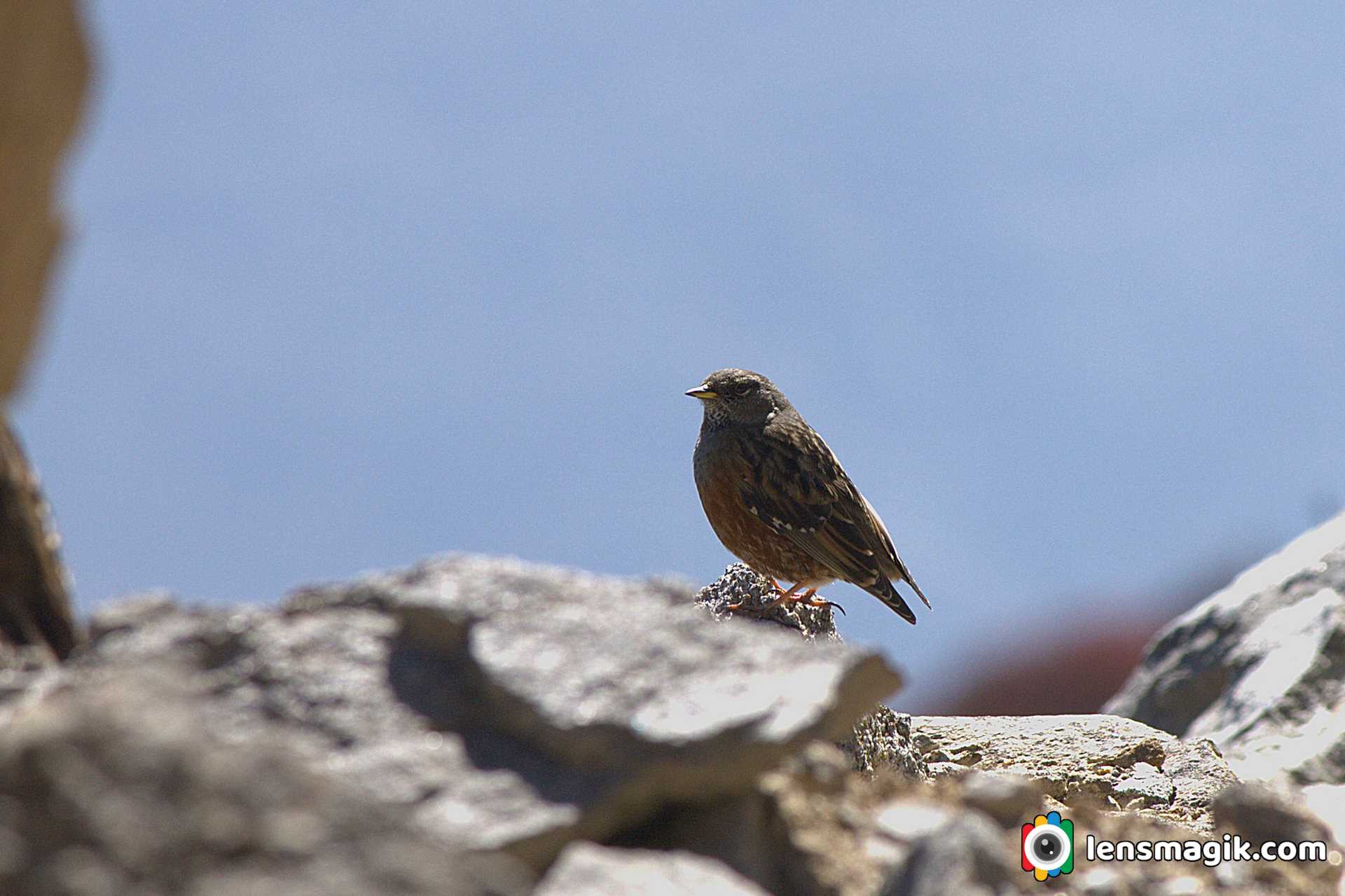
About Alpine Accentor Bird :
- Alpine Accentor bird is robin size bird. Length of bird is around 15 -17 cm.
- Bird just like similar to house sparrow in color with brown back streaked.
- Adult Alpine Accentor have red brown spotting on underparts
- Also adult have grey head too.
- In Asia Accentor found at 2000 m above height. Specially at Himalayas.
- It build nest in bush.
- It laying 3-4 plain (not spotted) eggs of sky blue color.
Singalila National Park :
Singalila national park is located in West Bengal. There are lots of birds in this sanctuary. Also its good for trekking at Sandakphu. From here you can see Mt. Kanchenjunga easily and very closely. Also a beautiful Himalayan Mountain range with snow. Amazing weather very cold in winter and moderate in summer. Summer season is the best for birding at sandakphu.
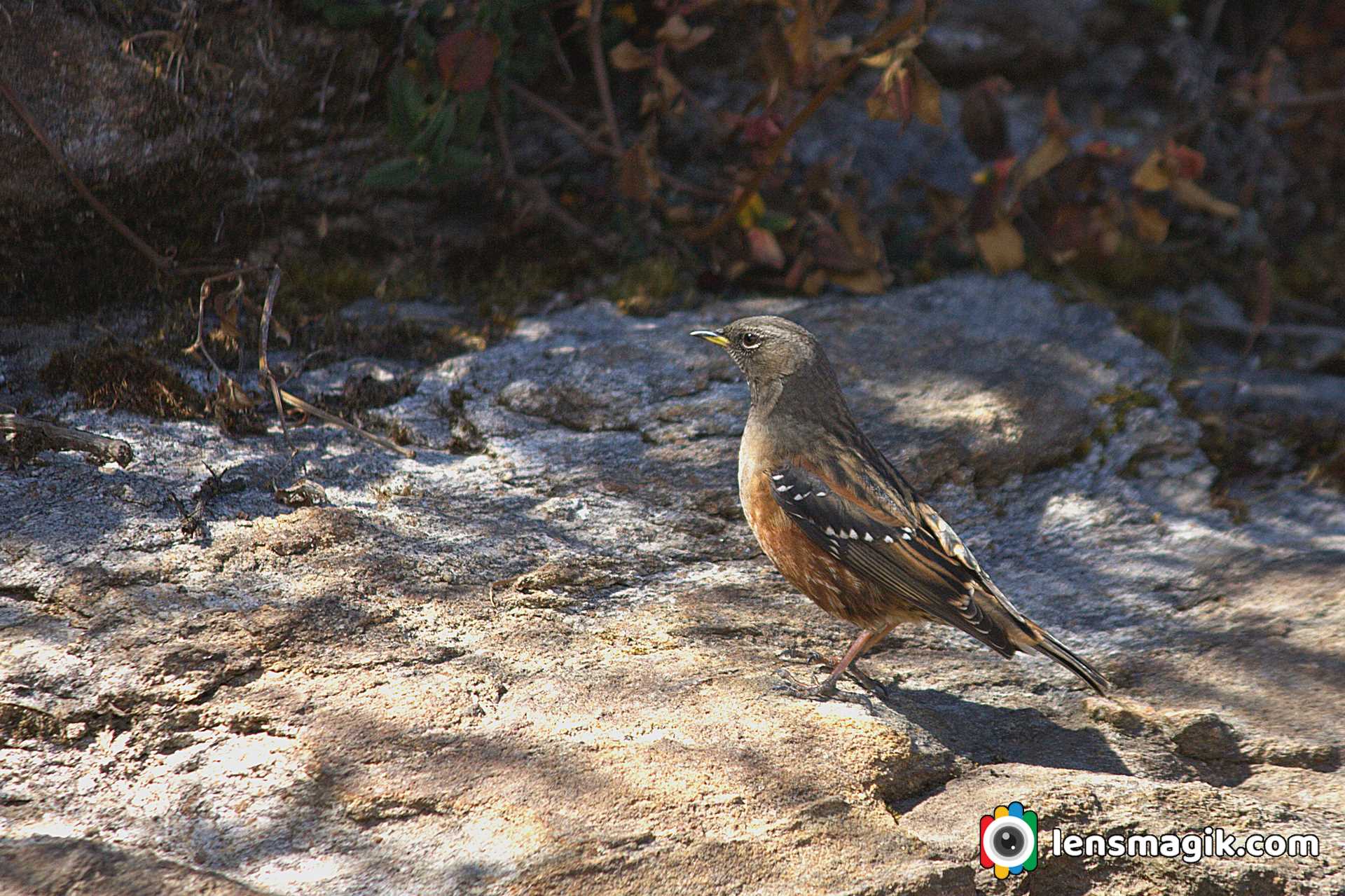
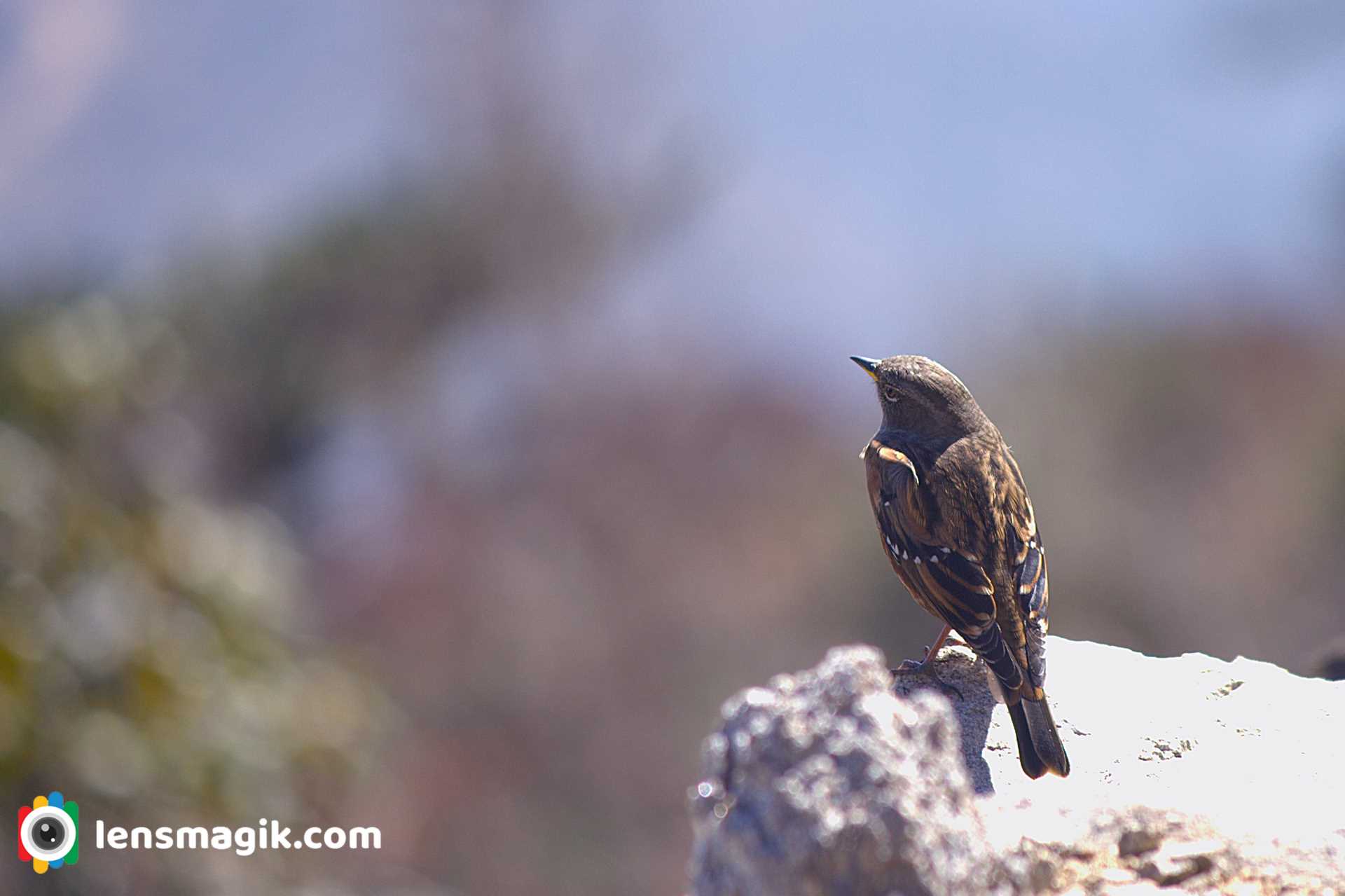
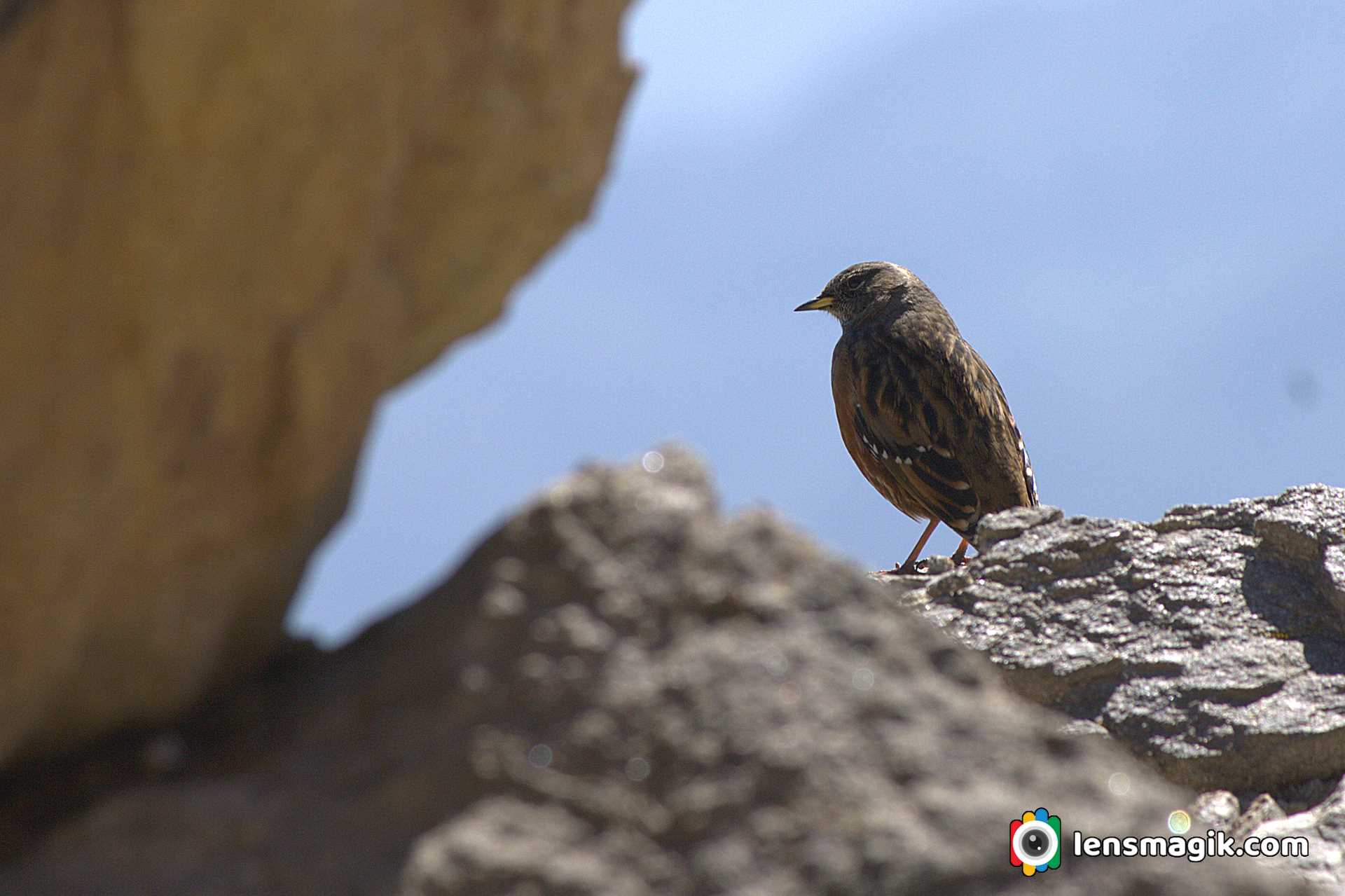
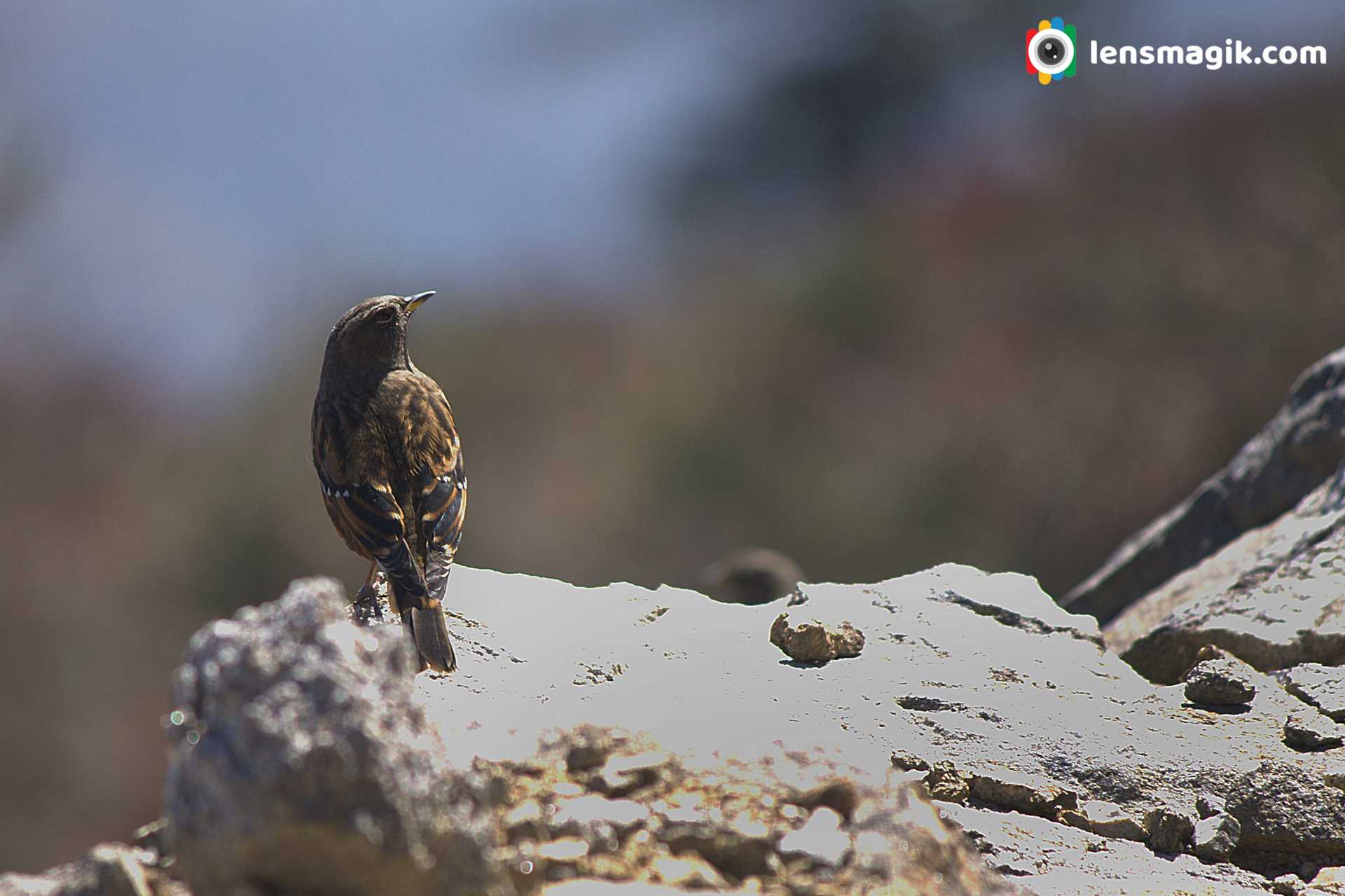
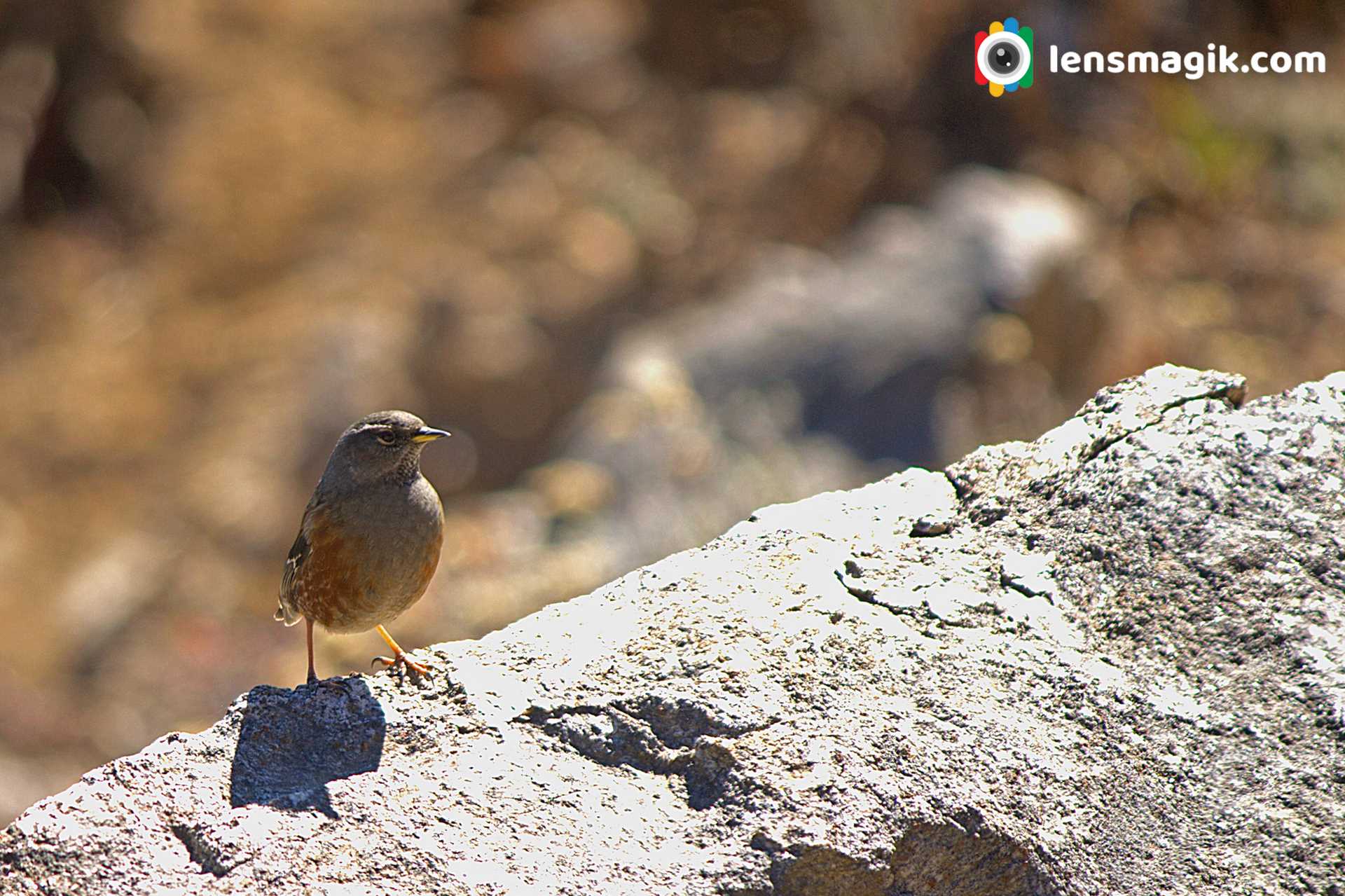
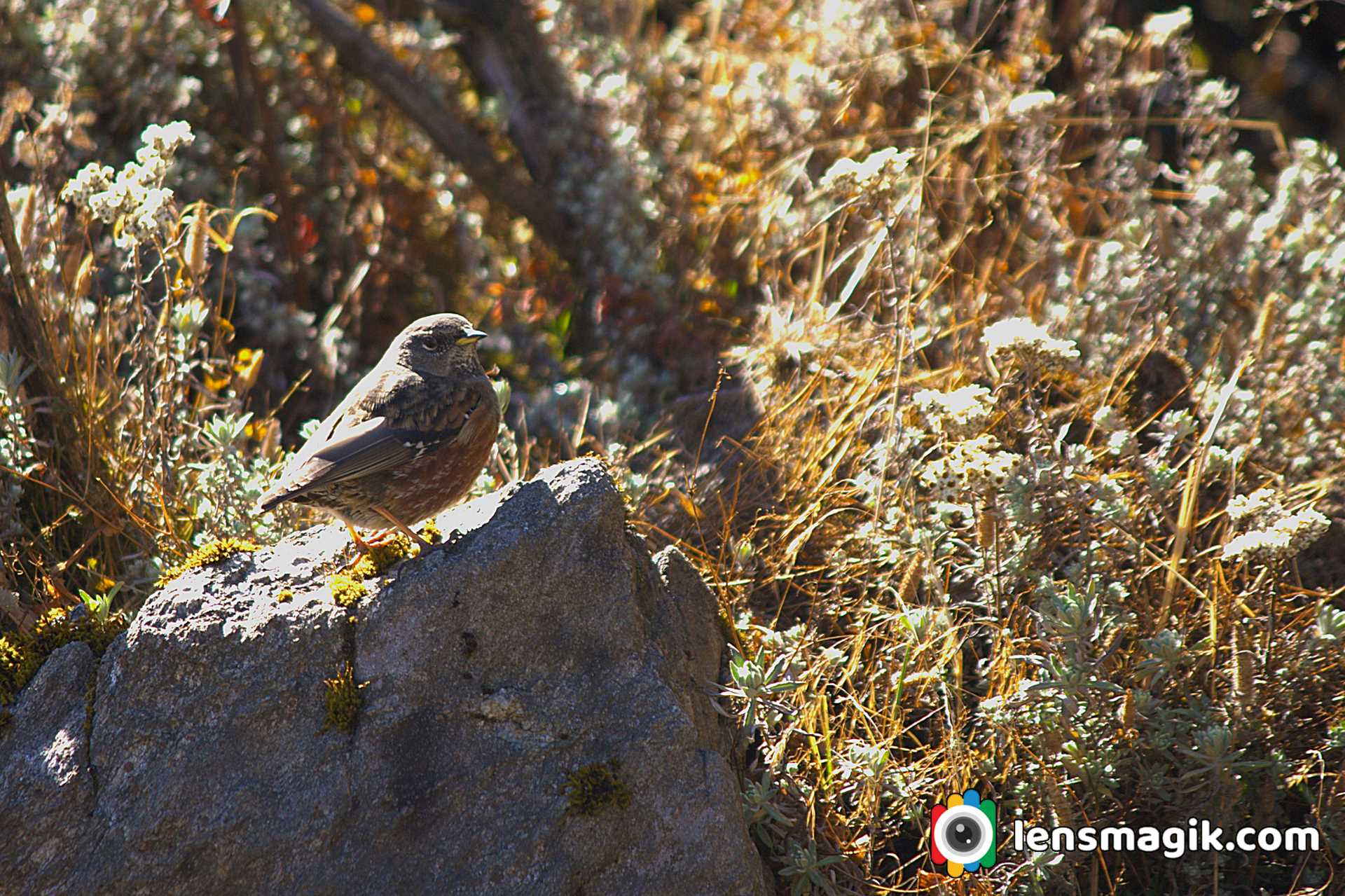
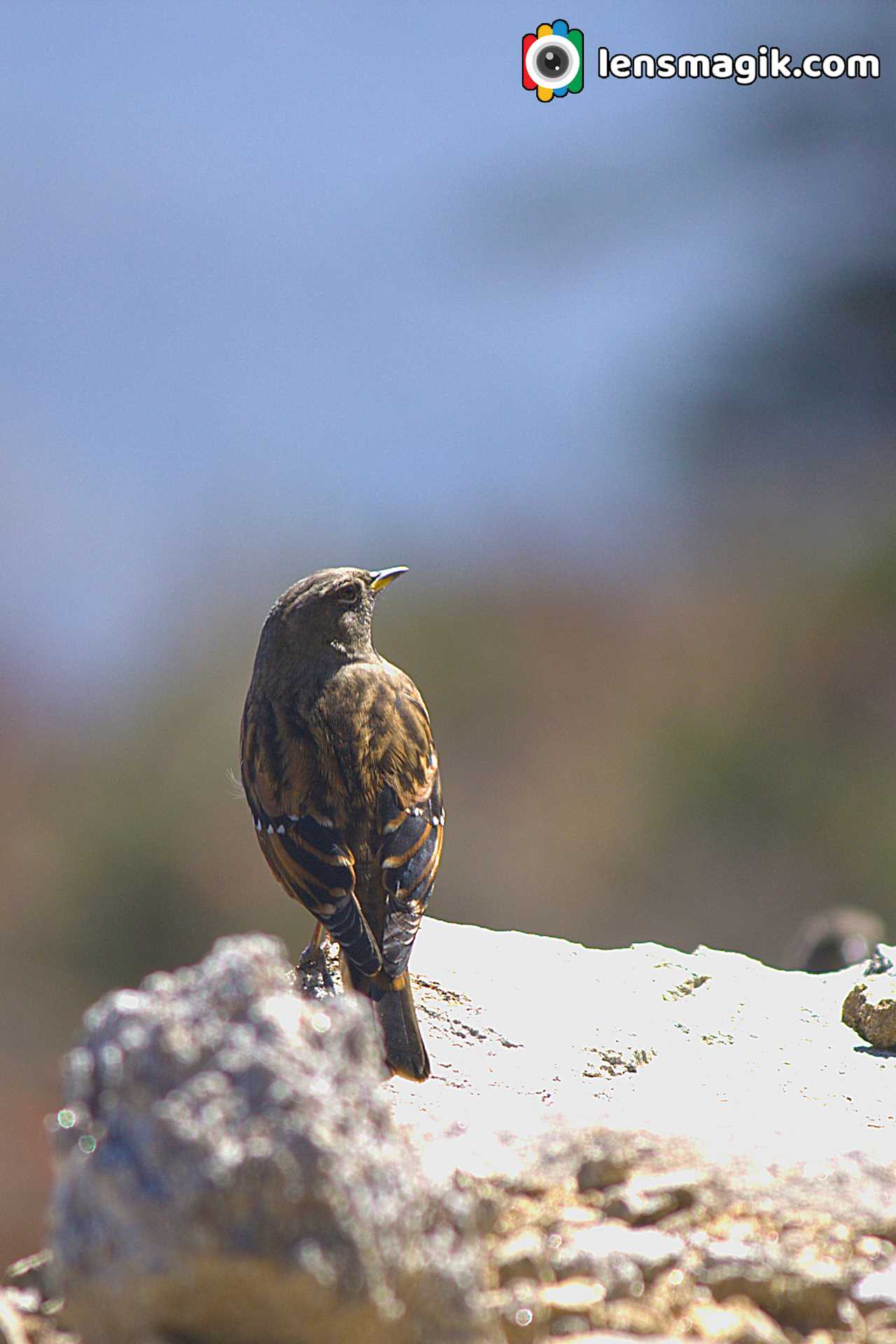
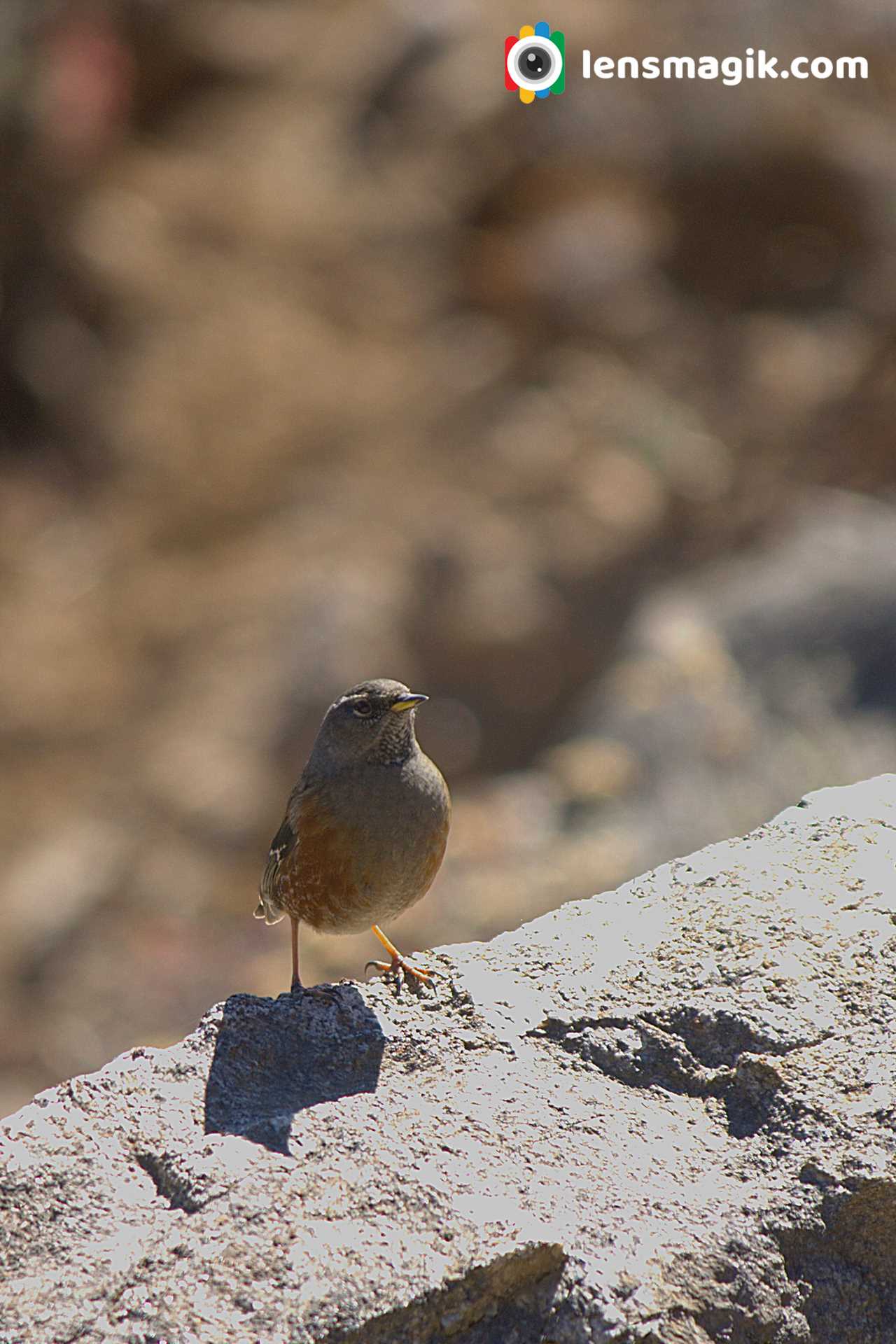
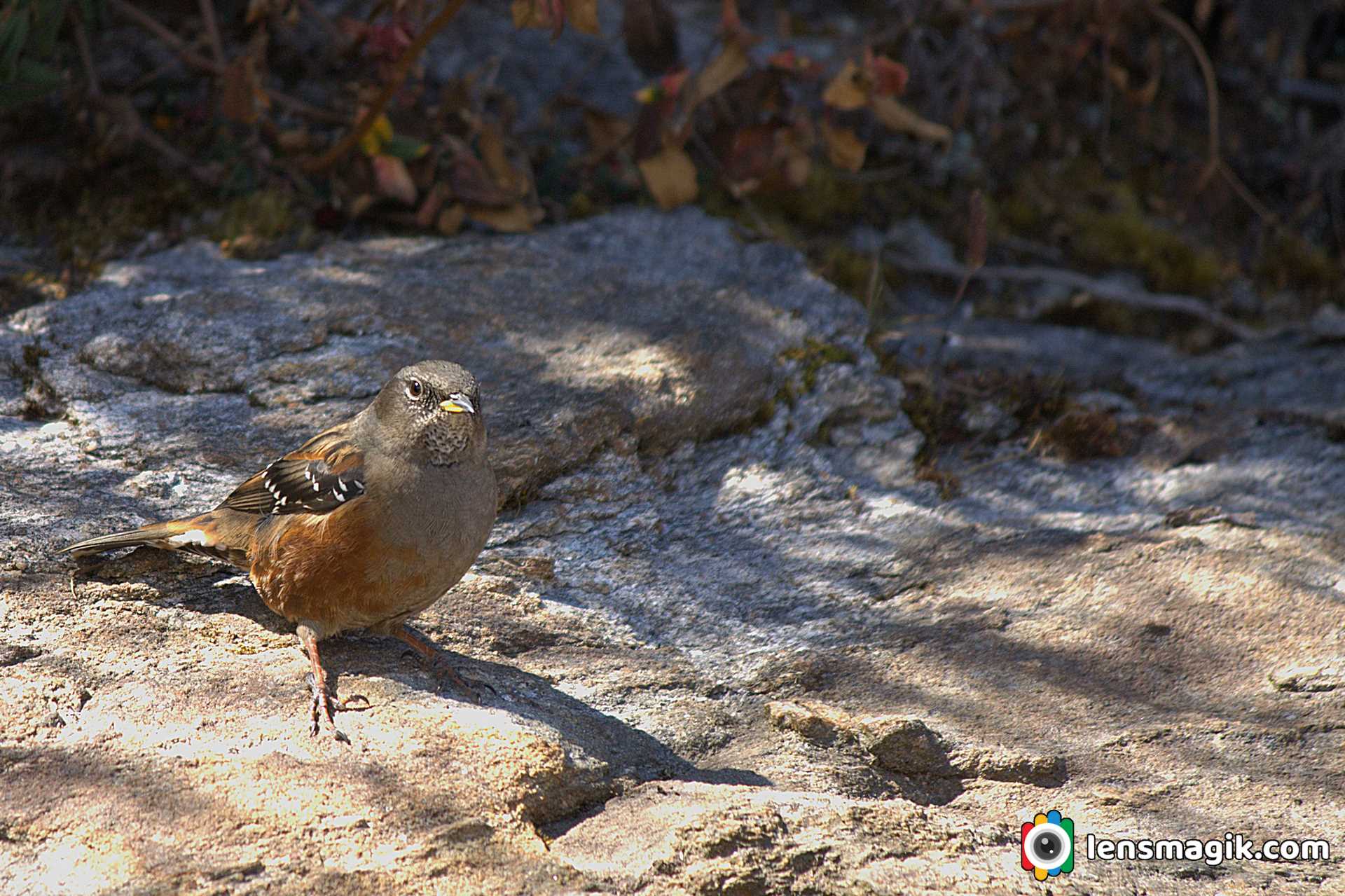
Alpine Accentor bird Binominal Name is Prunella Collaris . Total 9 subspices are recognised of Alpine Accentor bird.
Gear used : Canon 1000 D, Canon 55-250 mm Lens.
Road To Heaven is named to the road from Khavda to Dholavira in Kutch Gujarat. The road is so wonderful and scenery so it known as Road to Heaven . Khavda to Dholavira distance is around 58km but from Khavda there is a single line narrow road passes through small villages around 15-20 km approx. The main road starts after it and it is around 30-35 km approx. strait to Dholavira. Road is under constriction but almost 70-80% work done. The road heading to the city of Harappan Civilization Dholavira which is one of the largest site of Harappan Civilization and Indus valley Civilization.
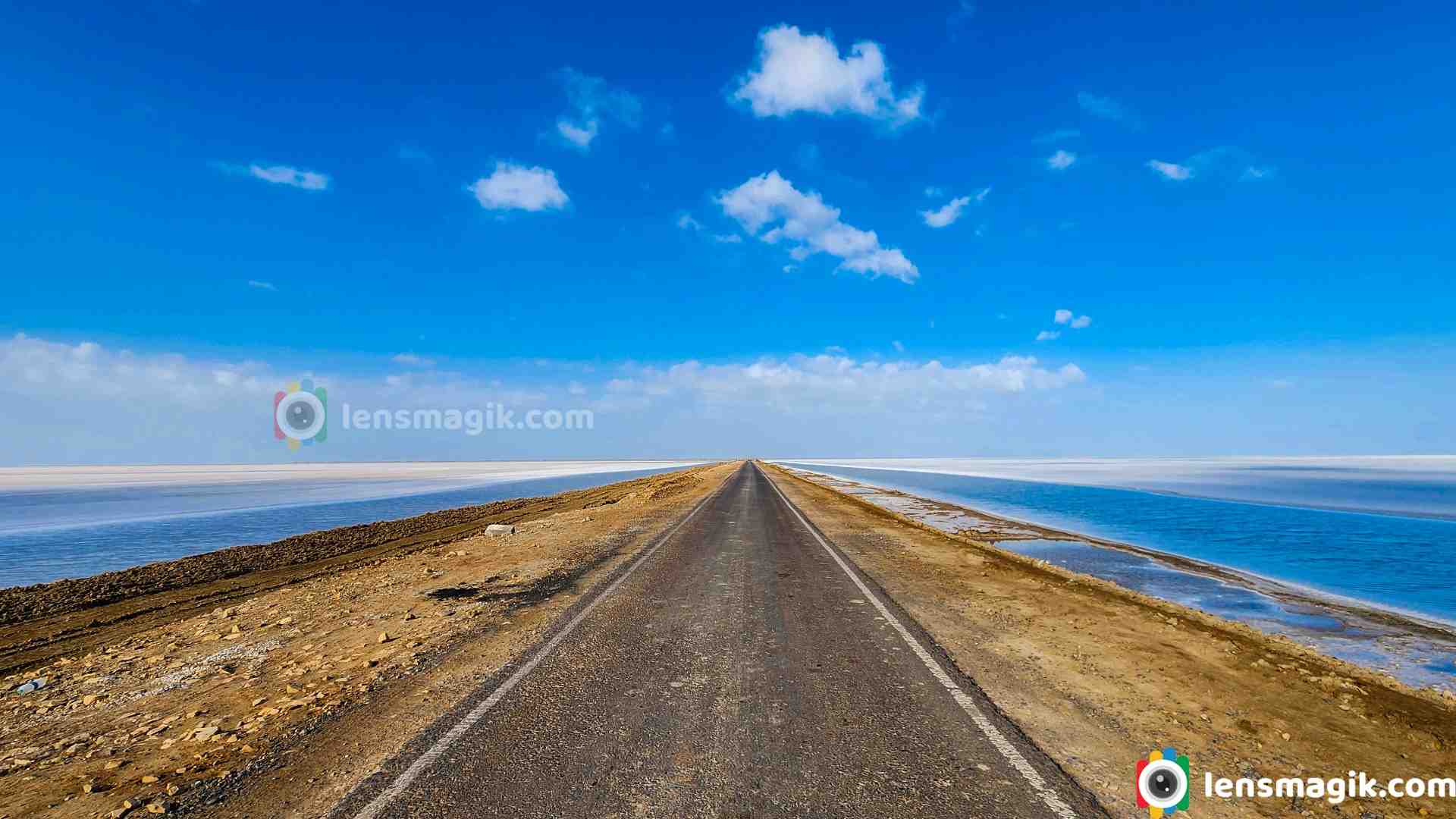
Kutch is a largest district of Gujarat and also of India. Main City or Headquarter of Kutch District is Bhuj. Kutch is famous for White Desert or White Rann. In Every winter season from December to February celebrate “ Rann Utsav “ to attract foreigners and also locals. Tent City made in white desert to stay and also cultural programs arranged in it. The main Rann Utsav held in Dhordo of Kutch.
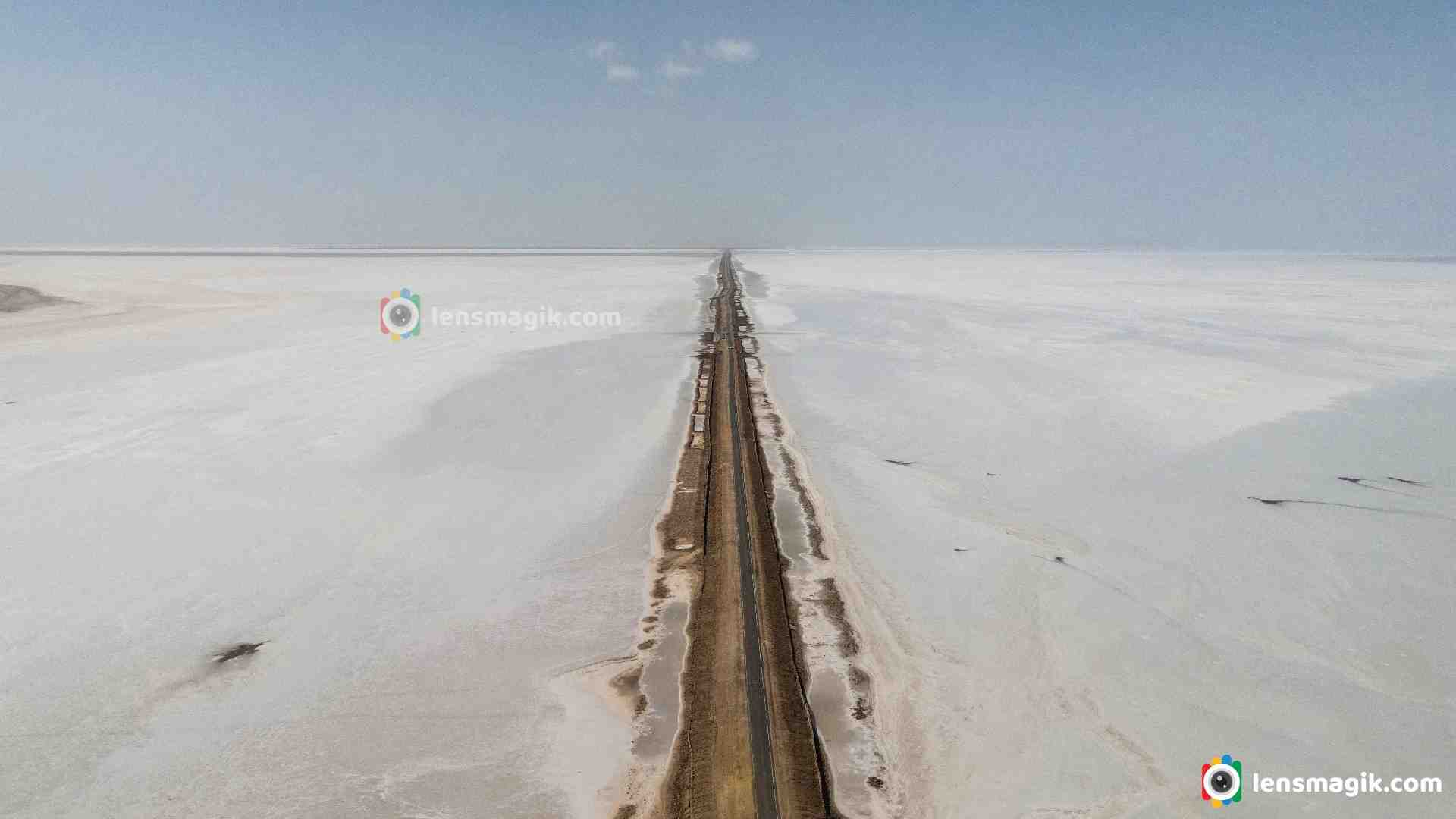
After visit White desert people also visit Dholavira which is nearest destination from Dhordo and also Kalo Dungar in between. From Dhordo you will have to go Khavda first and then from Khavda to Dholavira which is connected through “ Road To Heaven “. Dholavira is located at Khadir Bet. Khadir bet is separated because after monsoon the water filled outer side of bet. So the Road To Heaven is the way to connect Khadir bet to main city Bhuj.
About Road To Heaven Dholavira / Road to Heaven in Kutch :
- · It connected from Khavda to Dholavira.
- · Road to heaven distance around 30-35 km.
- · After monsoon the rain water on the both side of the road. You can see beautiful Greater Flamingo birds in between. Water level is low but muddy.
- · After winter in January –February the water on both side of the road is evaporated and turn into salt. Not all water but some areas during the road.
- · Water on the both side of the road or Salt/ white layer on both side of the road make the beauty of the road and that’s why it name as “ Road To Heaven “
- · When you are on the road there is hardly some traffic you face the open road with both side water or salt at morning or evening make the scenery like a Heaven.
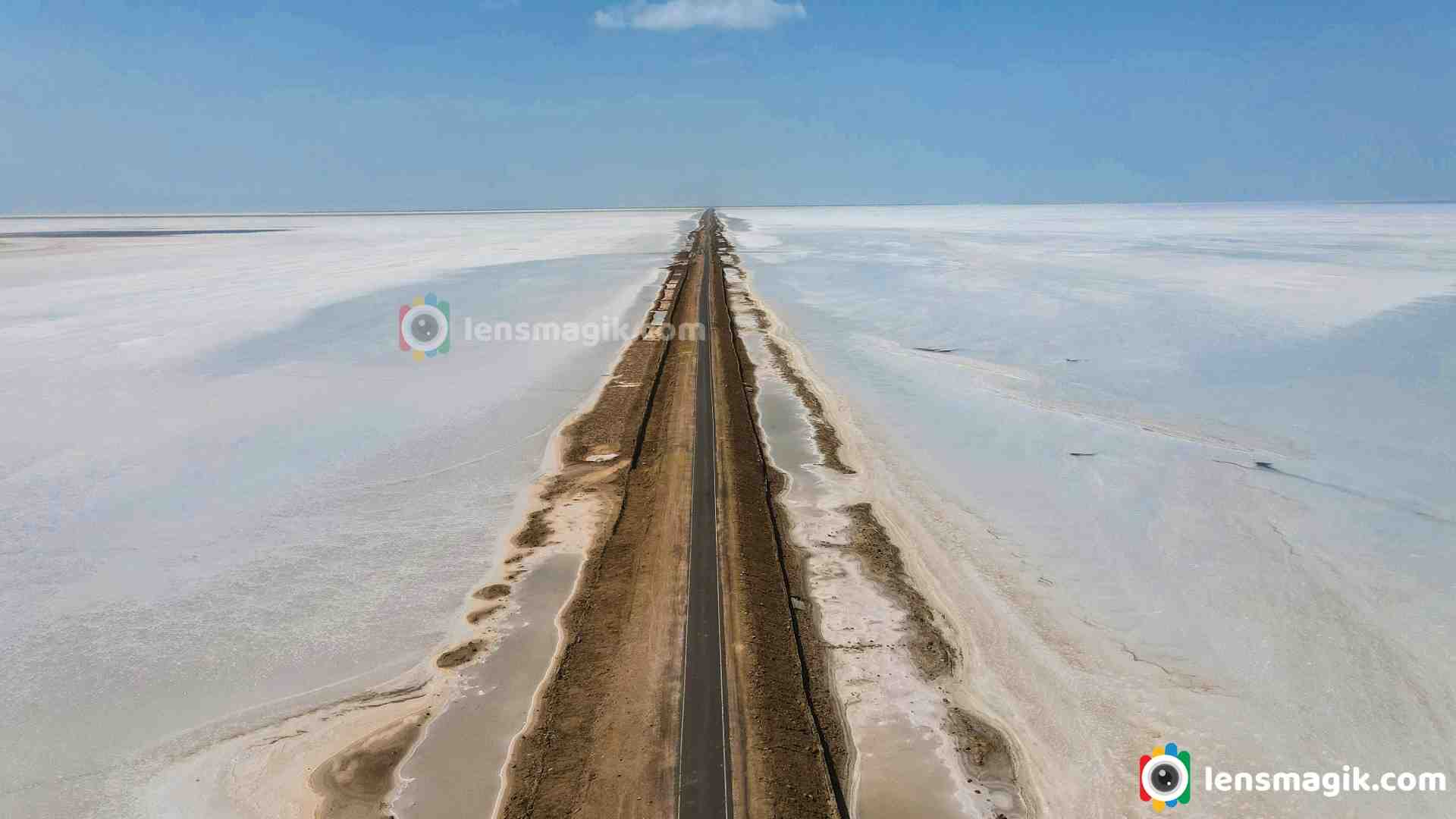
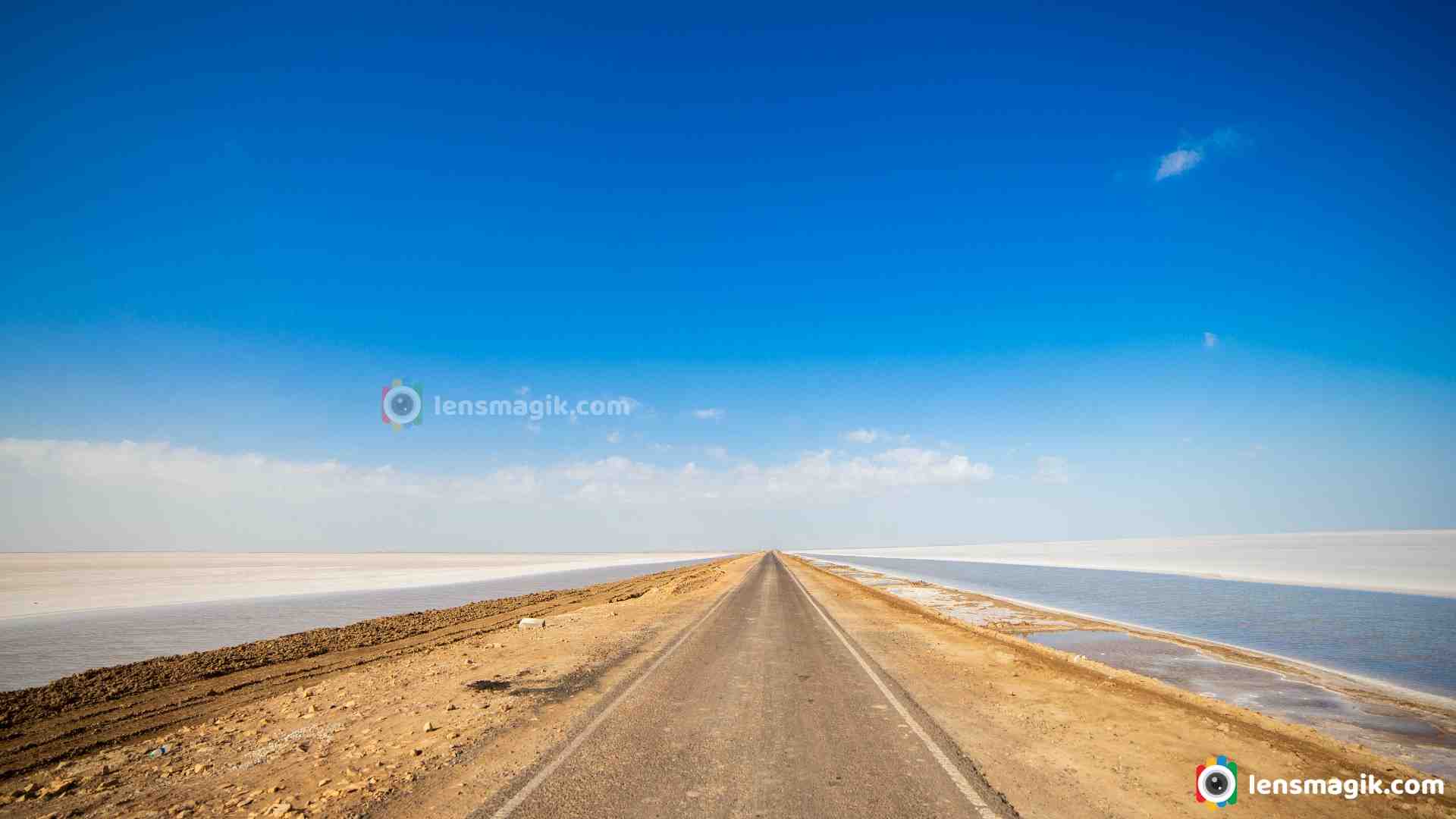
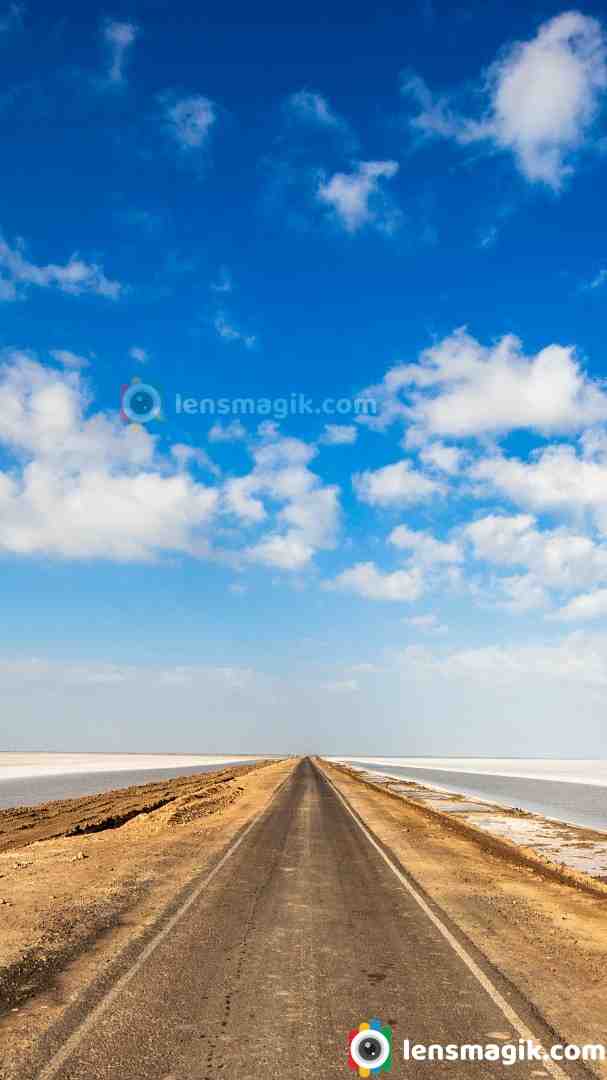
I must suggest to visit Road To Heaven in Kutch while you visit Kutch. Also Visit Dholavira which is one of the largest Harappan Civilization site.
Places to visit near Road To Heaven :
Dholavira, Kalo Dungar, Dhordo, White Desert
Places to Visit near Bhuj : White Desert , Kadiya dhro, Chhatardi, Mandvi beach, Vijay vilas palace, Bhujyo Dungar, Smriti Van, Vande matram memorial
Camera Used : Canon 80D, Canon 6D, DJI Mavic Air2
It is the largest species of Flamingo bird family and also a most widespread species of flamingo family.It is found in India ,south east , middle east and Africa. It is migratory bird. They also breed in India. In Gujarat they breed in Rann Of Kutch , Little Rann of Kutch also found in Thol Bird Sanctuary. I often visit Thol sanctuary so got good shots of them. Best time for shoot them is may-Jun at Thol bird sanctuary bcz of water level is too low . It is been recorded that some flamingo birds are resident in Gujarat at many places like LRK, Khijadia sanctuary, Nalsarovar and Thol Sanctuary. They also breed here and stay for all seasons. So you can find greater flamingo birds in all seasons in Gujarat at many places.
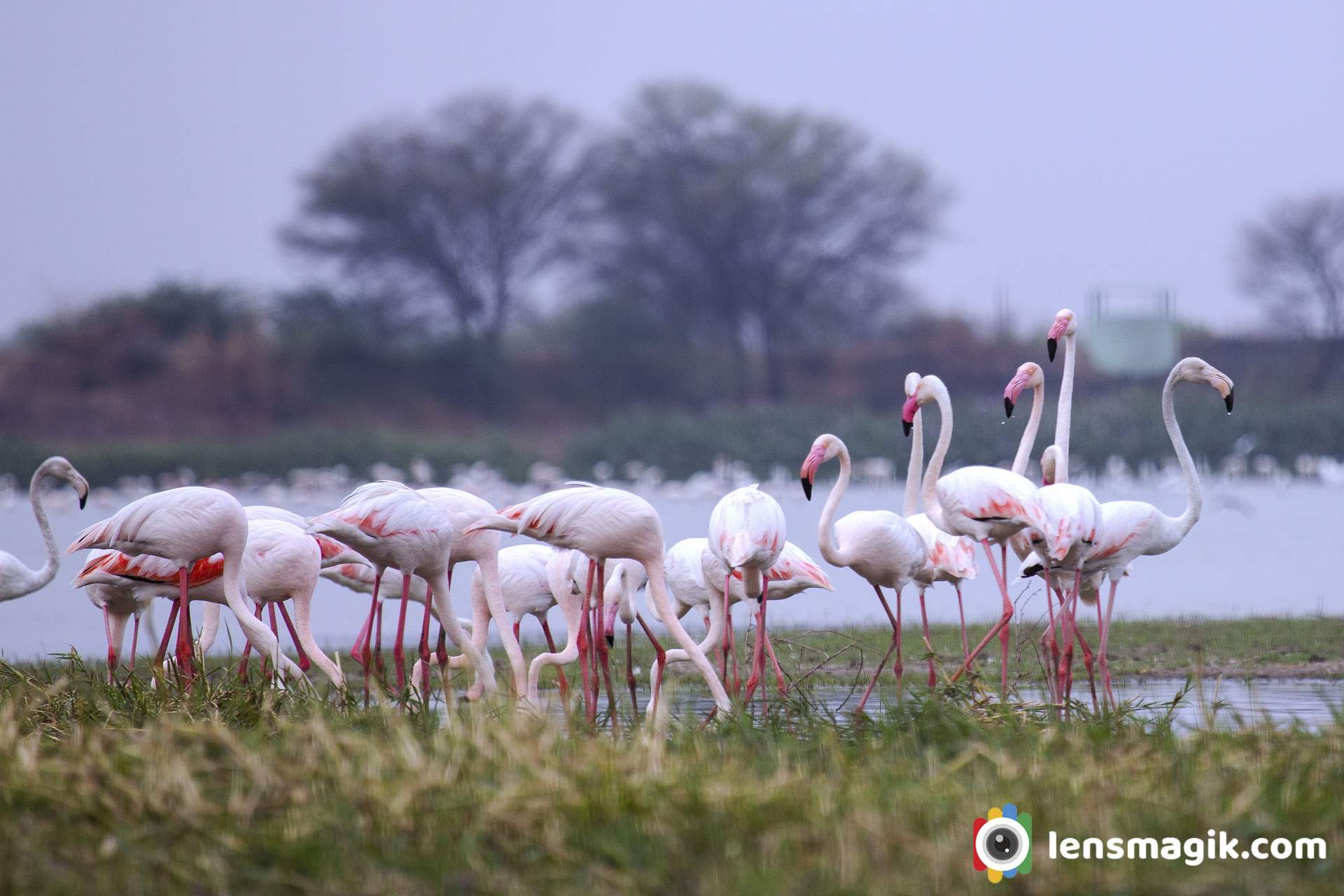
Flamingo bird facts and description :
- Greater flamingo bird is the largest living spices of flamingo.
- Greater flamingo has no subspices.
- Flamingo color most of pinkish white in plumage. Wings are red and feathers are black in end.
- Greater Flamingo bird call is like honking.
- The average lifespan of flamingo bird is 30-40 years.
- Main Difference between Greater flamingo and lesser flamingo is height . Lesser flamingo is shorter than greater flamingo. Also Greater flamingo has pale pink bill and black tip. In other case lesser flamingo has dark crimson bill. Lesser flamingo is also more red in color than greater flamingos.
Greater Flamingo birds In Thol Lake : Thol sanctuary is often i visit. Flamingo birds are stay here all seasons. I got good numbers of Greater flamingo and lesser flamingo bird images in a group when i visit Thol. This is my best time with flamingos. Also i got some beautiful pictures of flamingo birds with group and also in duo with some masti. Flamingos looks very good in frame bcz of their color. Thol lake is good place for birders because more than 150 birds spices found here. Also some mammals like Blue bull and black buck also found here. Lots of water birds and tree birds found here. Also sanctuary is not so big so you can find all birds in around 6 sqkm area. Best time to visit thol lake is November to March. All migratory birds are visit in winter so that is best time. Early morning is best for birders.
Timing And Fees of Thol Sanctuary :
Thol Sanctuary open at 6 AM in morning and close at around 5 PM
Fees of Thol Sanctuary is 50 INR per person and camera fees are 200 INR. Car fees are 500 INR.
Weekend fees may change that actually i don't know about it.
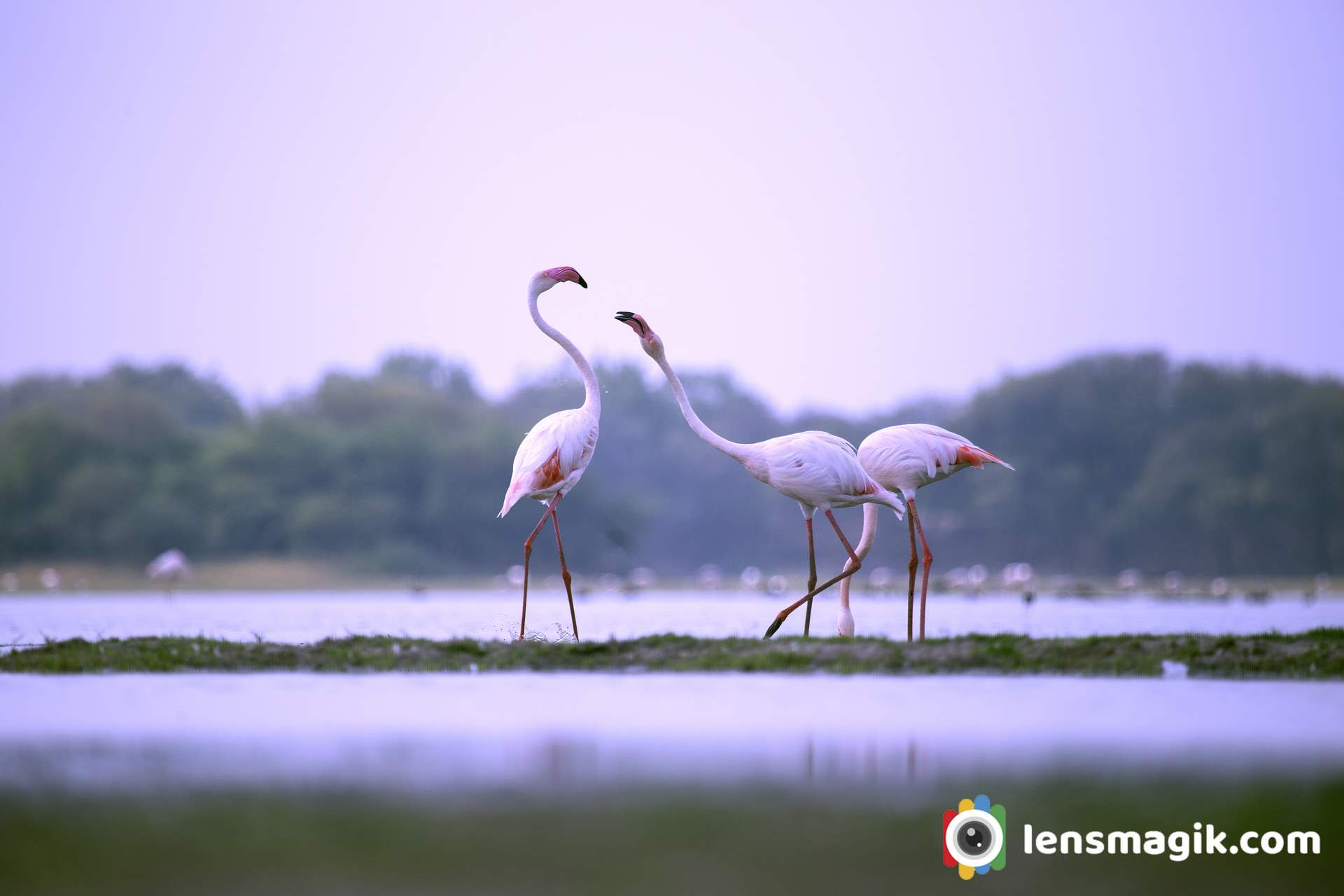
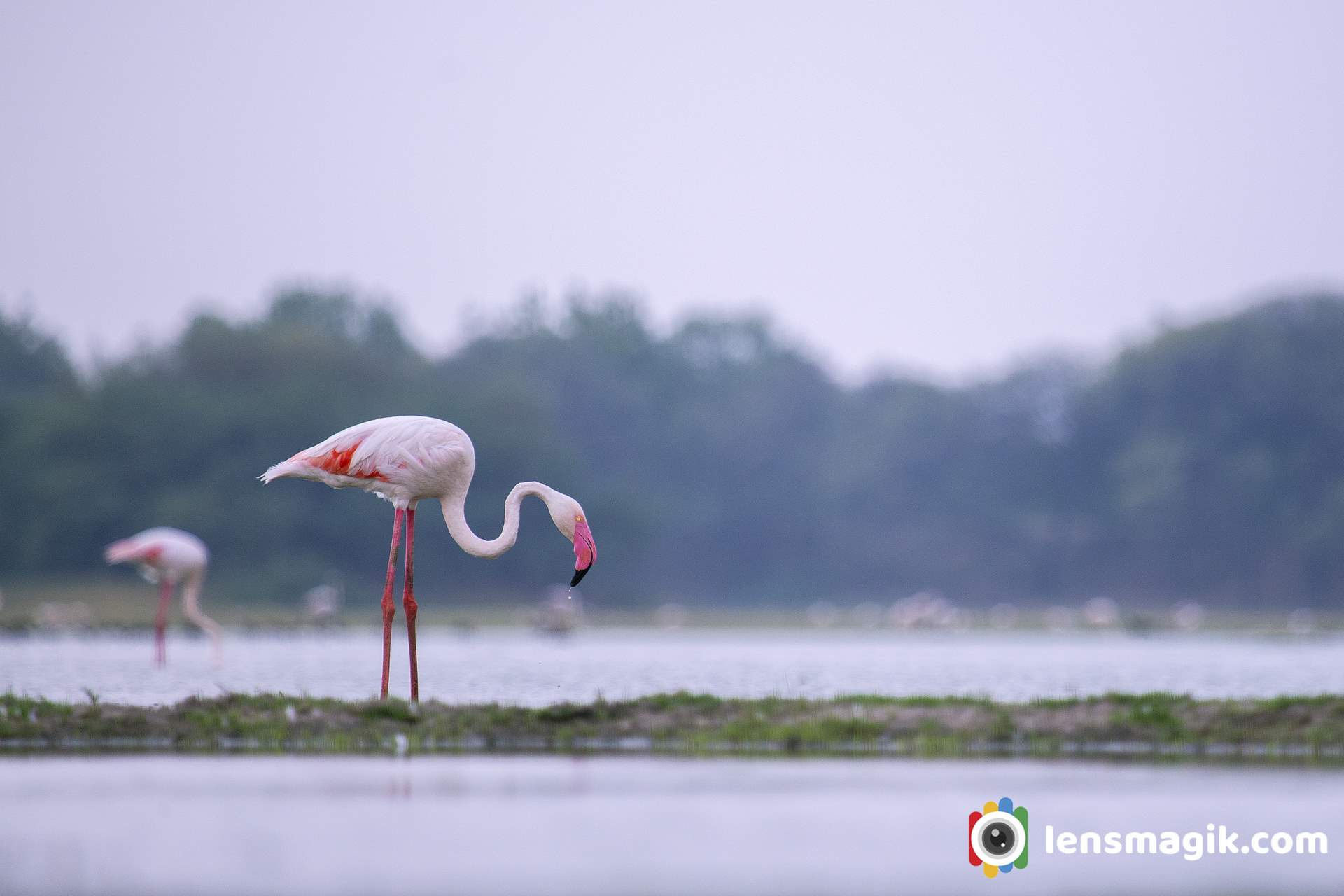
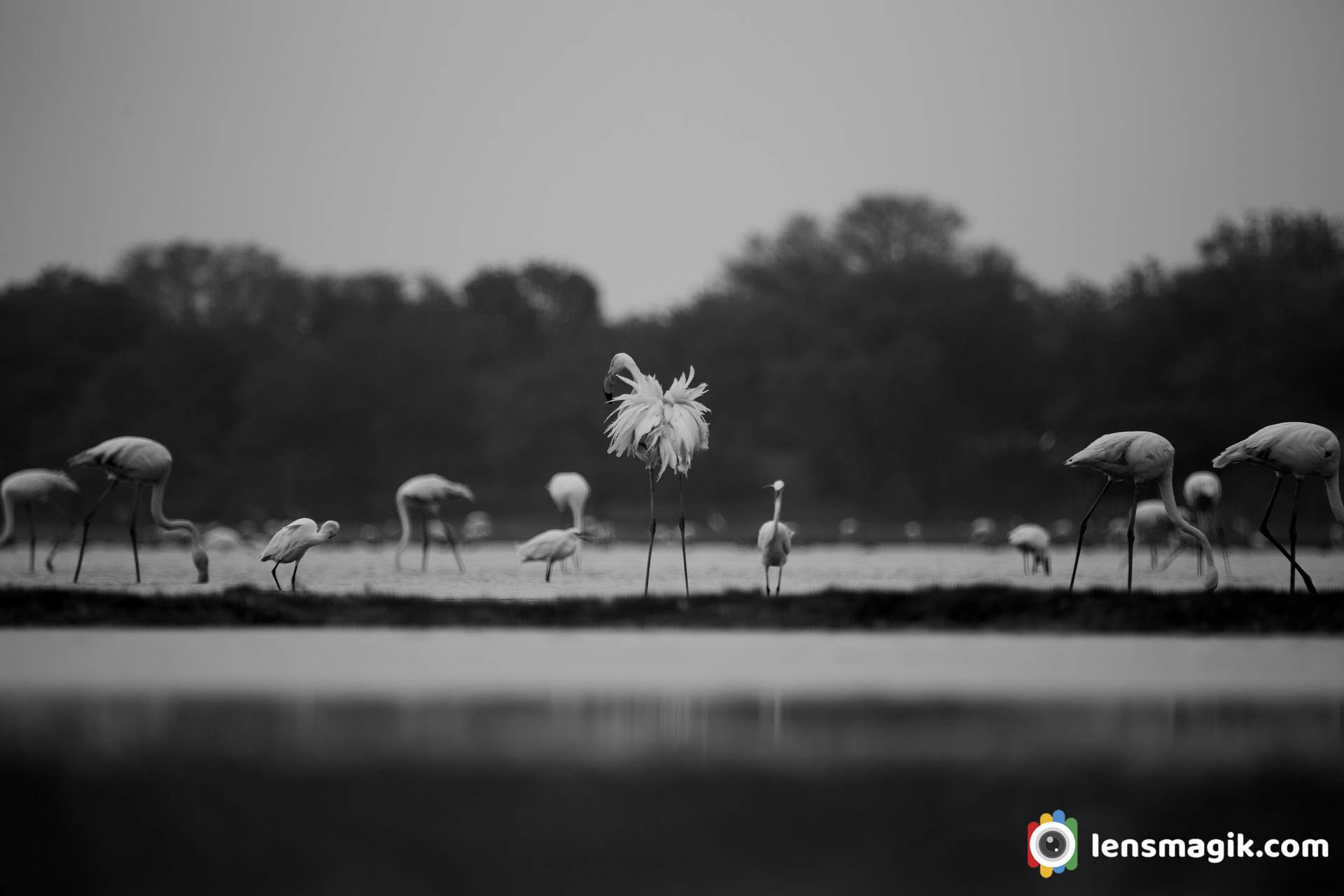
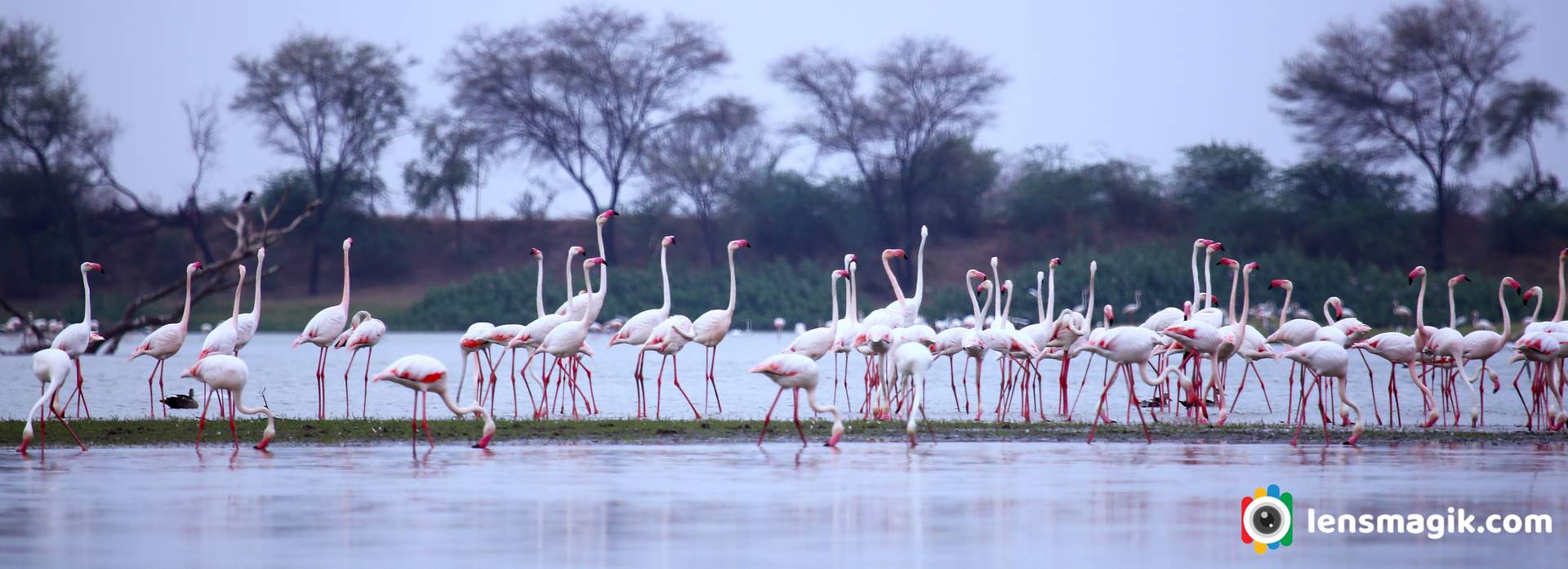
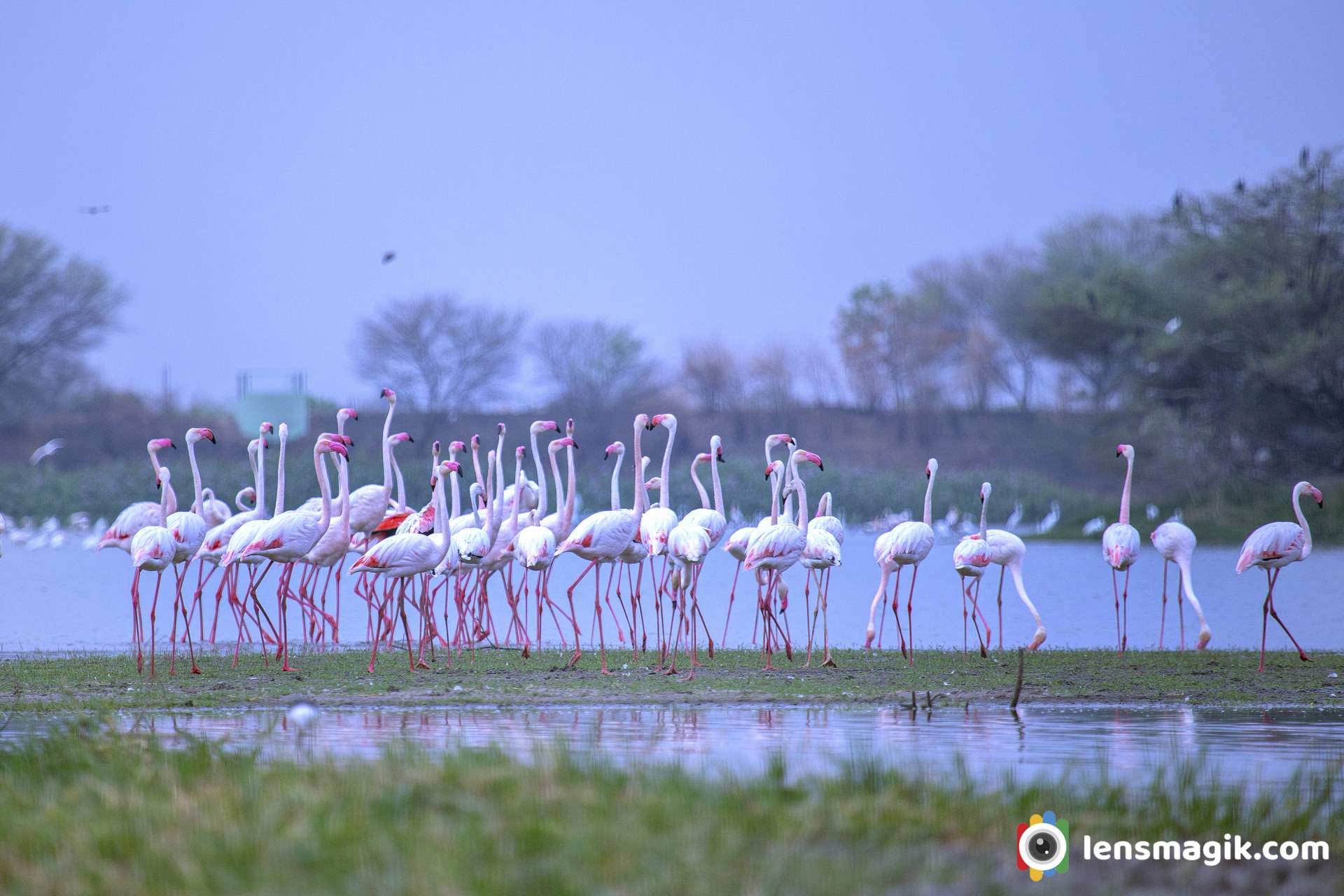
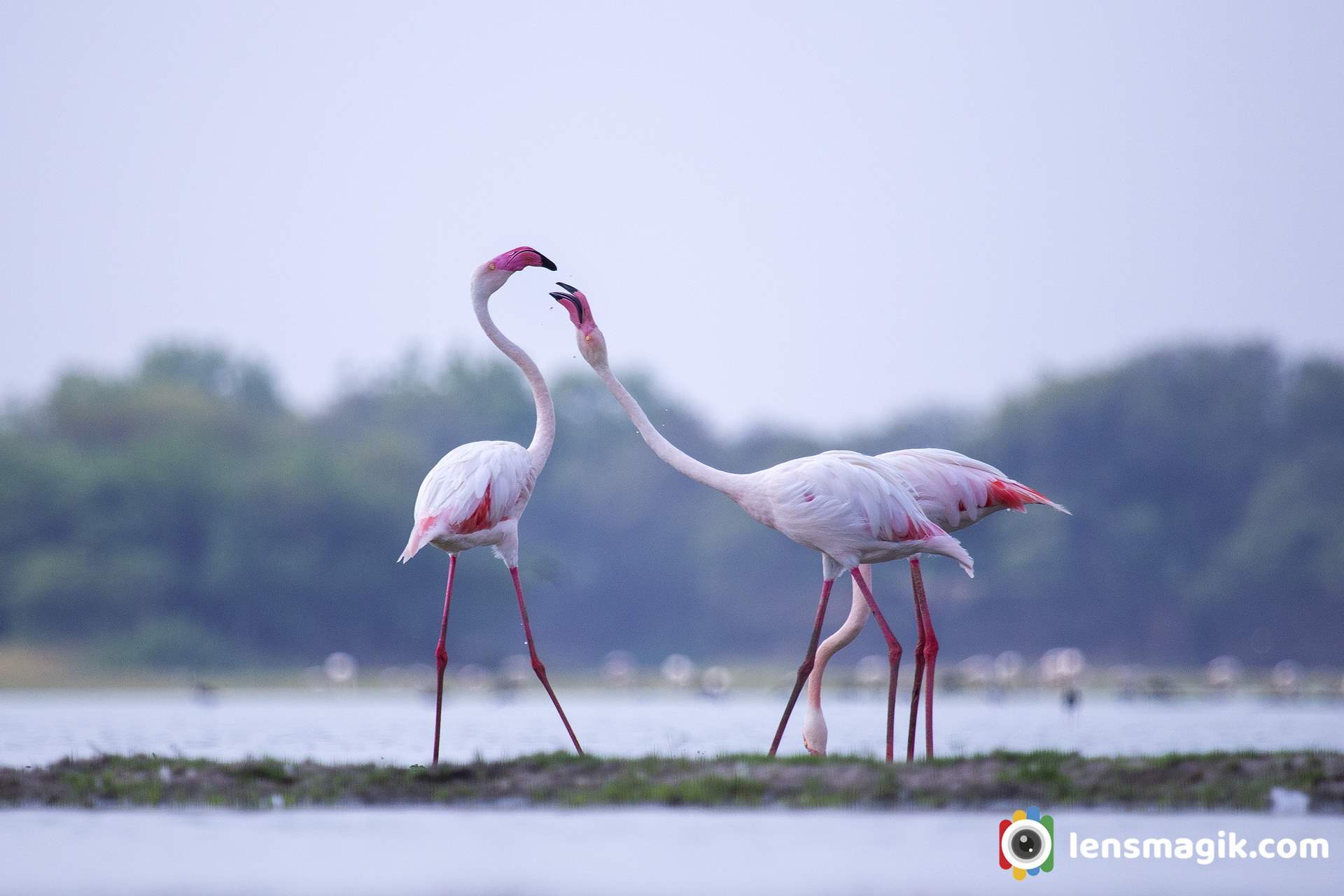
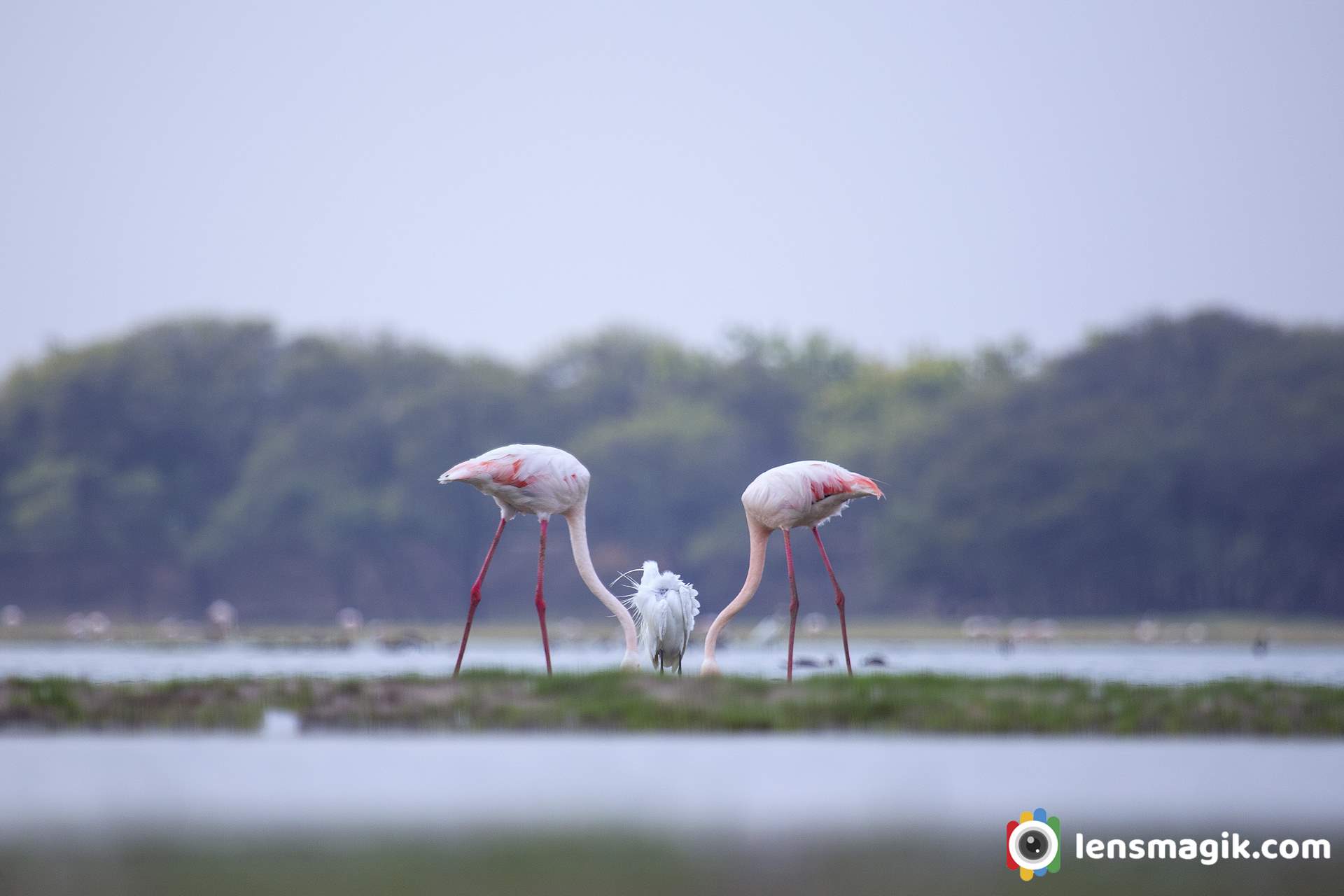
Two flamingos with little egret in between of them with down head all. The images of flamingo bird making a good frame. Because of its color flamingo birds images are very attractive and also their grouping make a perfect frame of flamingo bird picture.
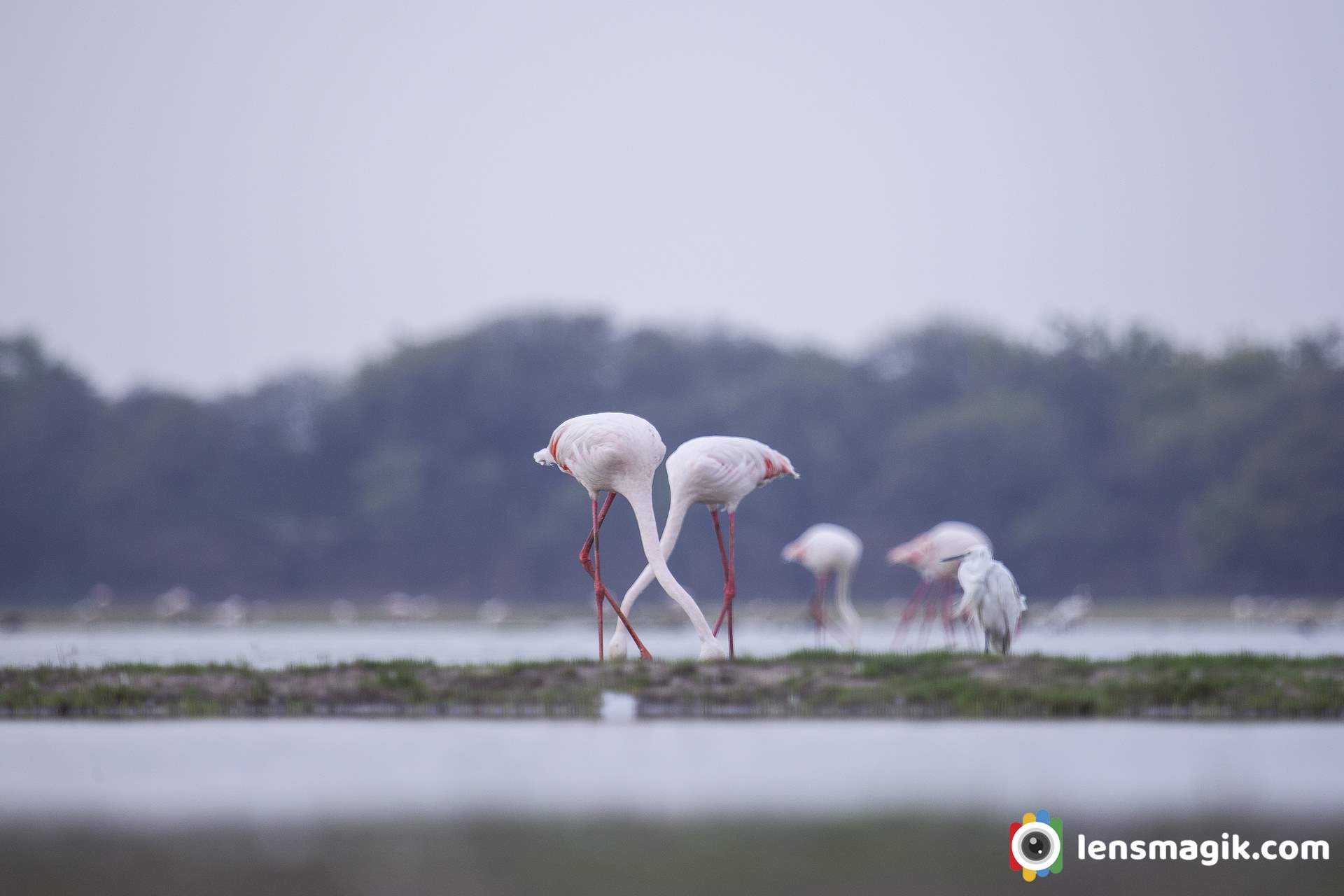
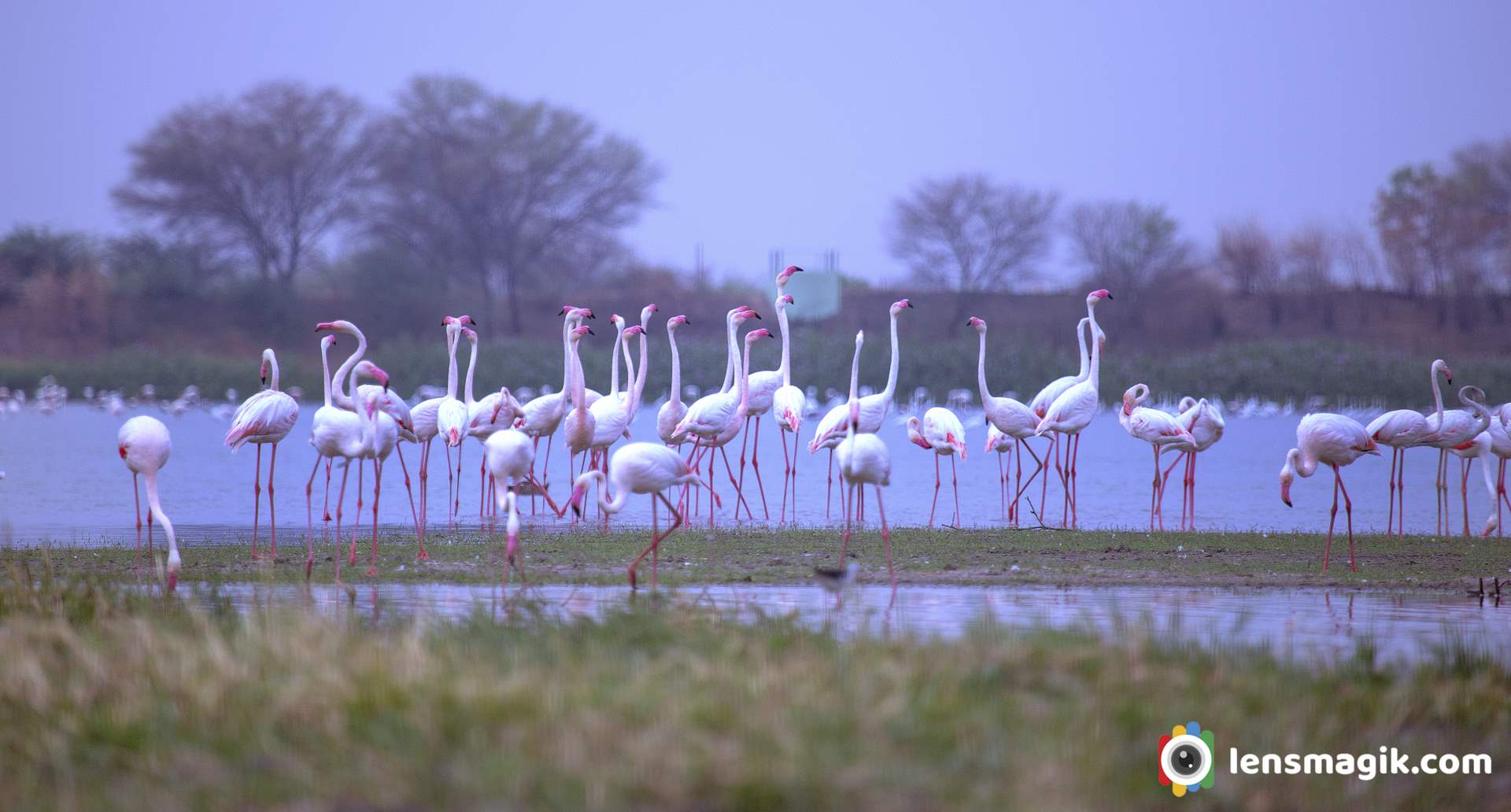
A morning pared time for flamingo birds. A beautiful Greater flamingo birds are in a raw make image nice and show their unity.
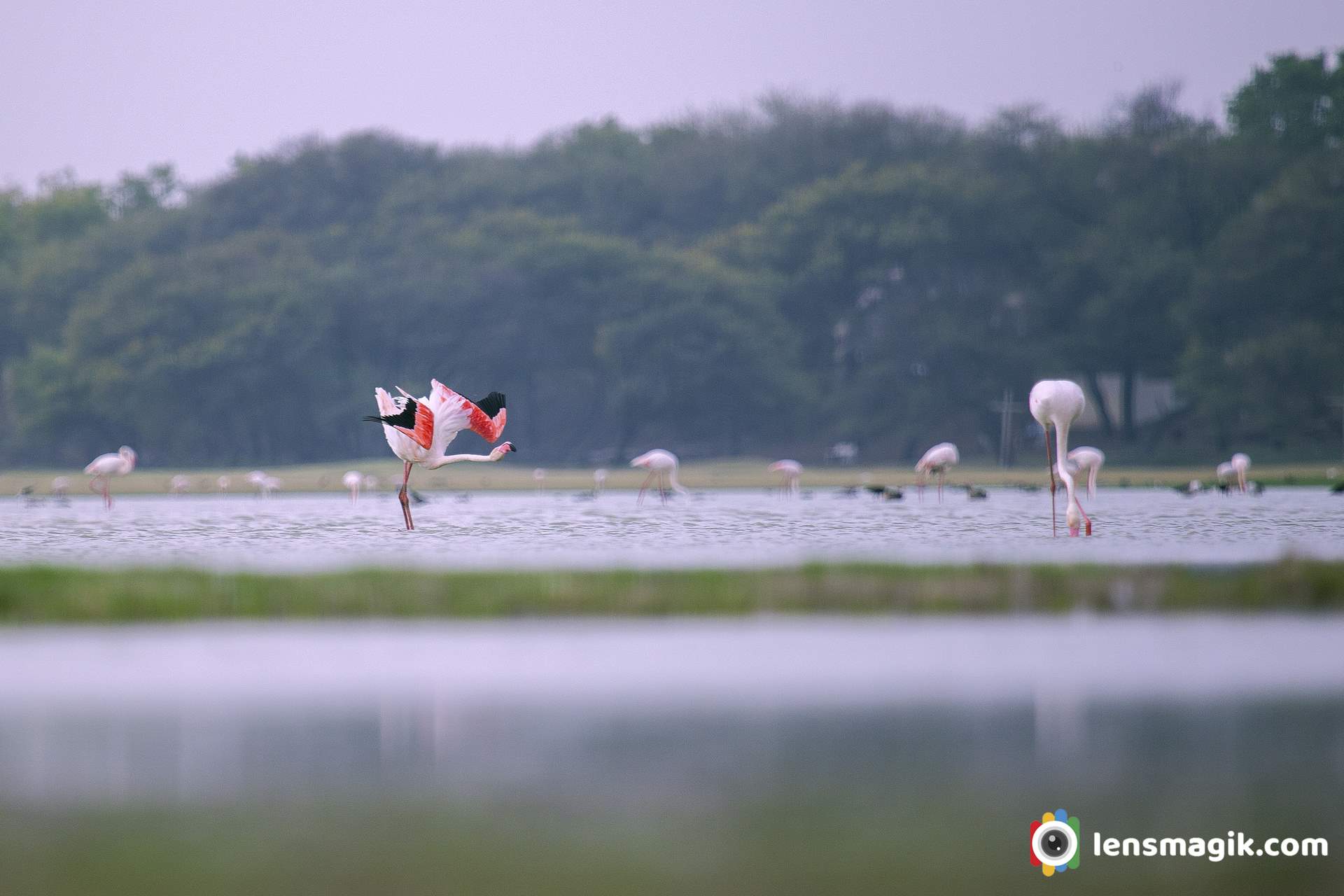
Perfact wingspan of Flamingo bird looks great. Pink Wings make image more attractive.
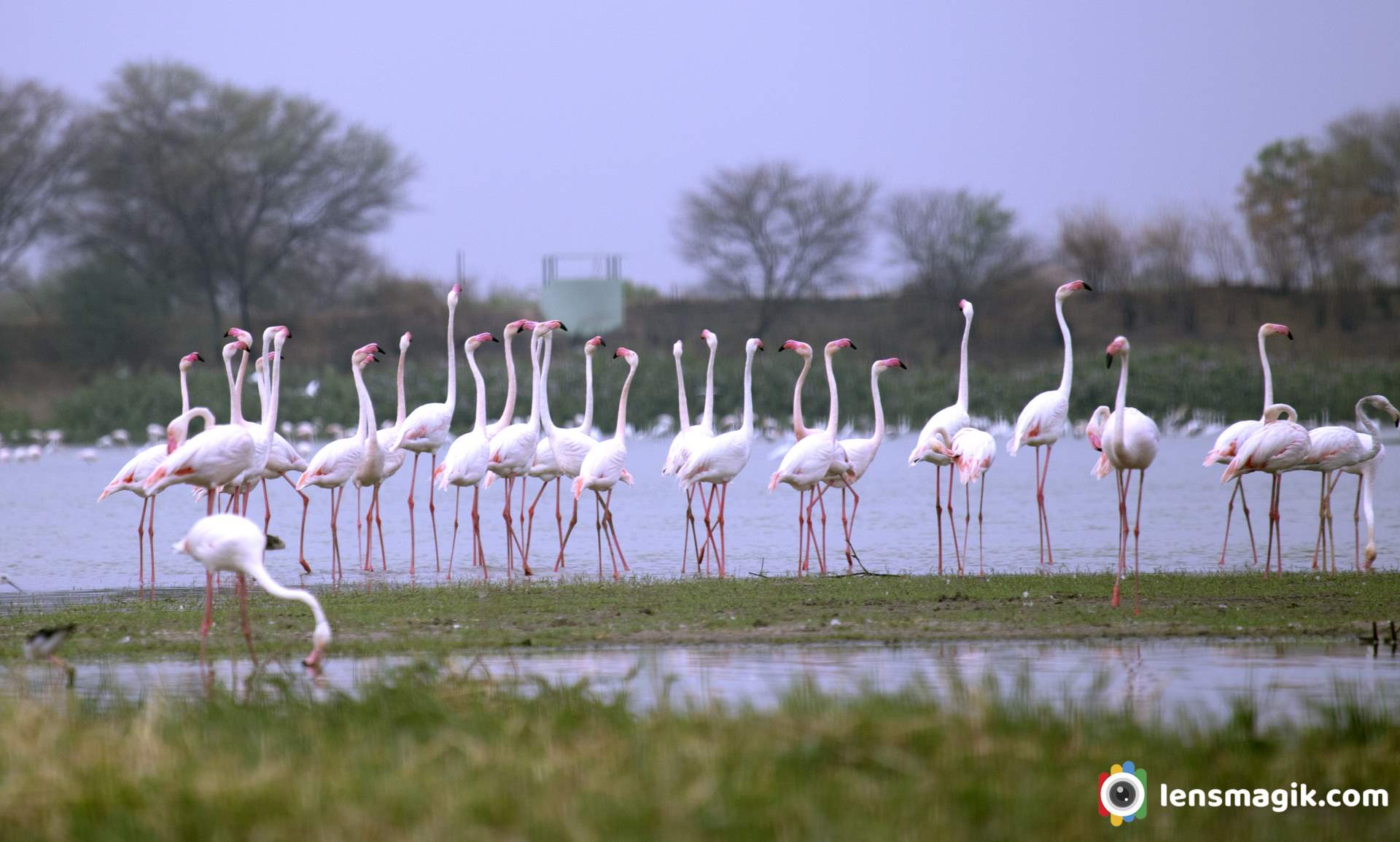
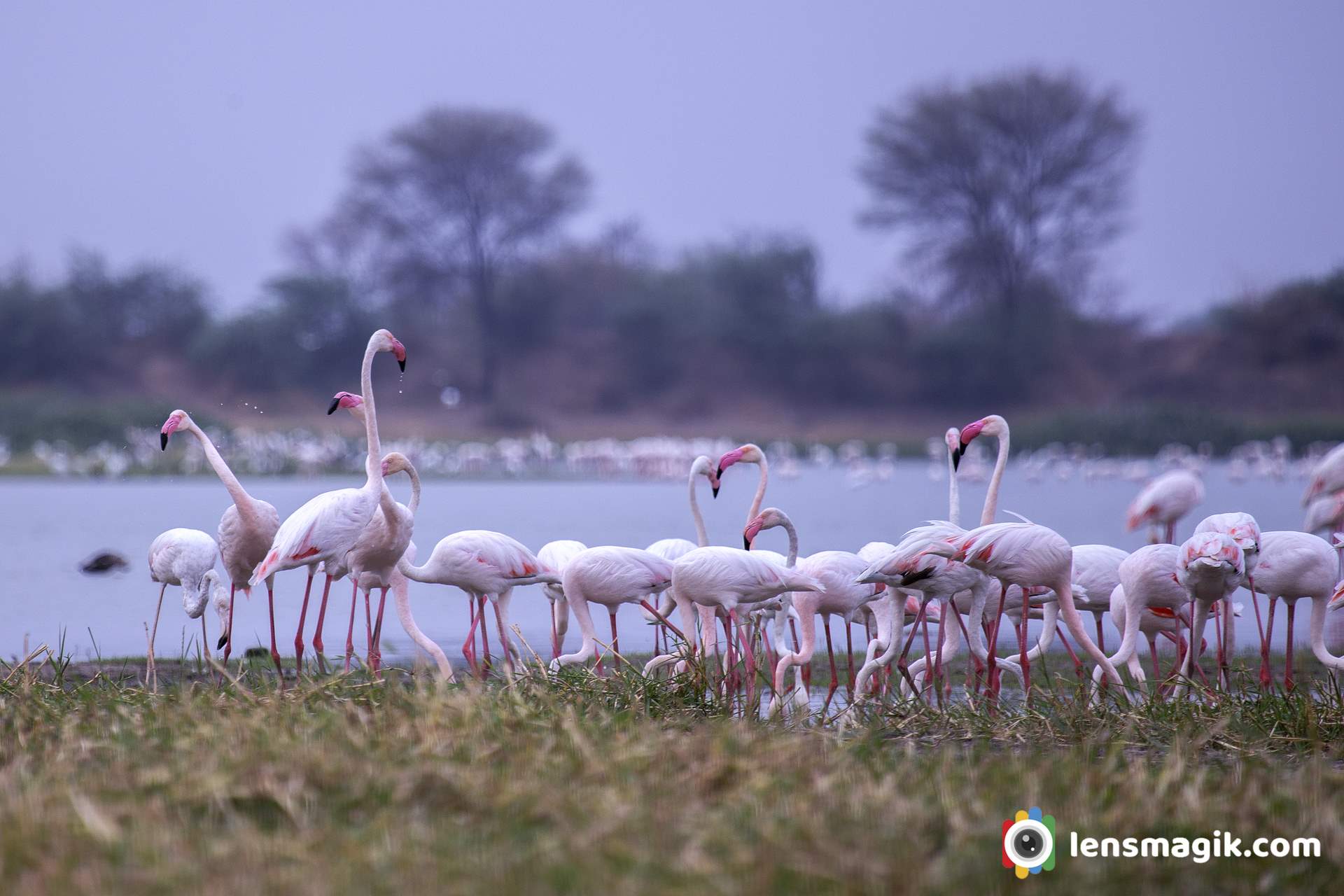
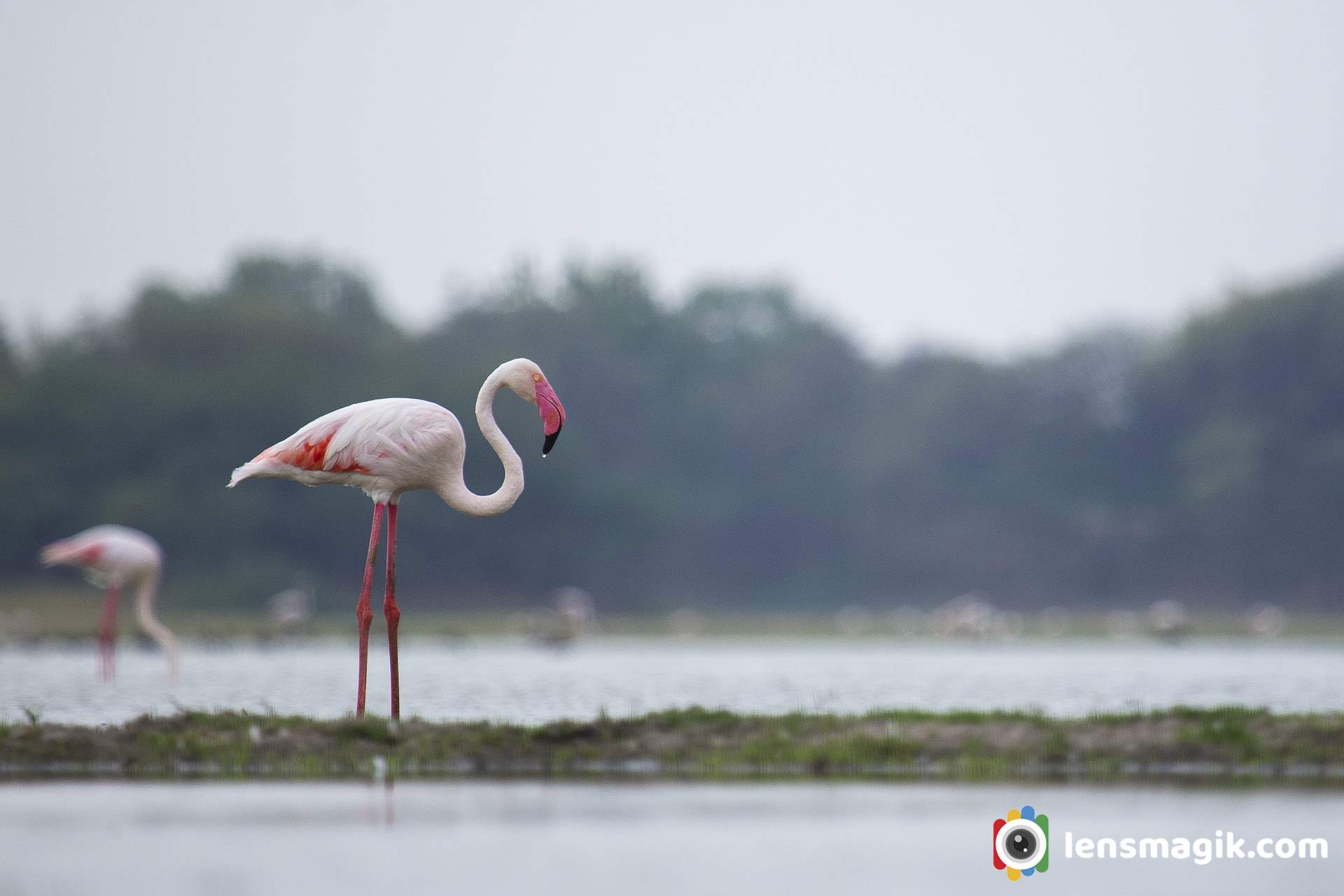
Solo Greater flamingo bird
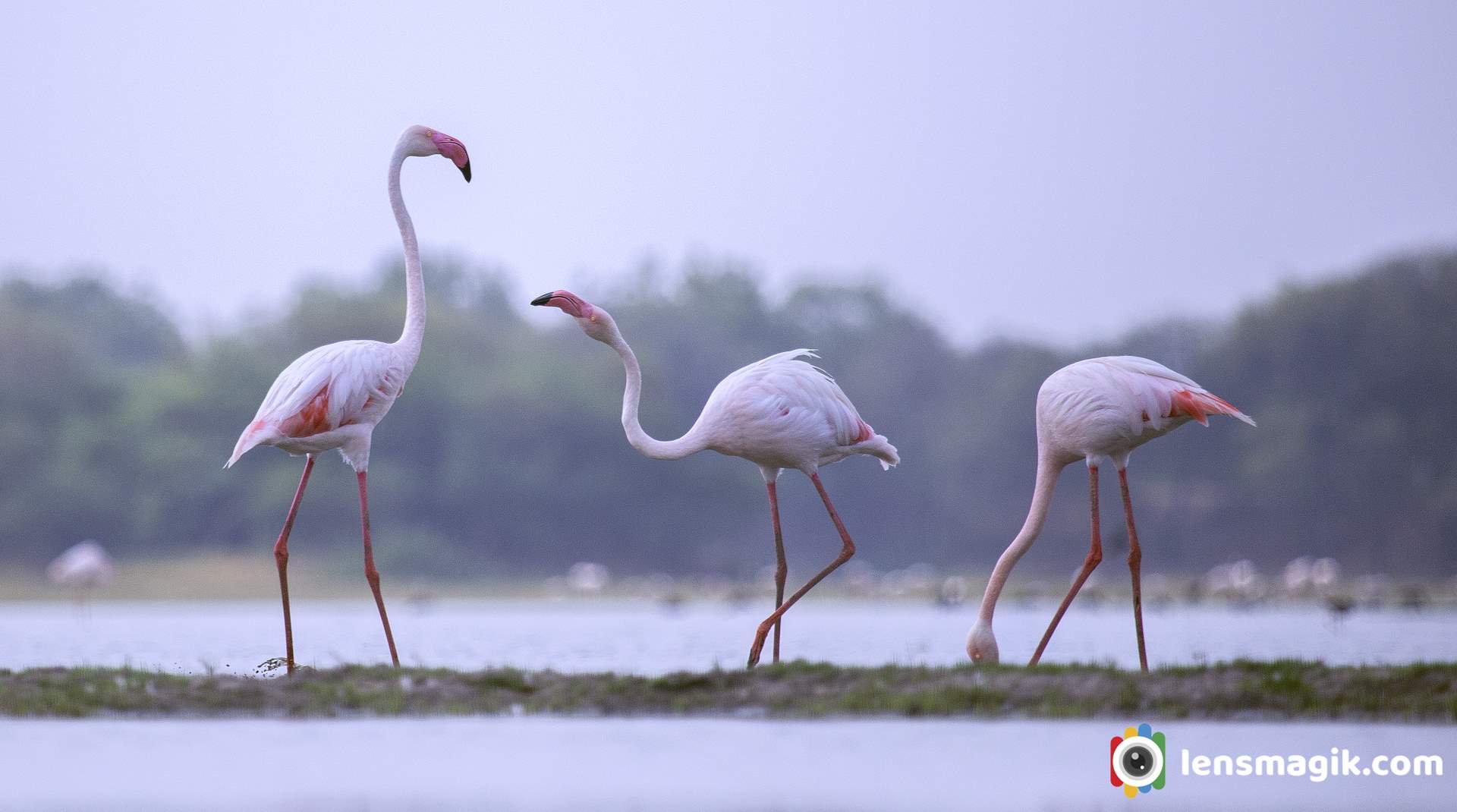
Some masti time for two flamingo birds .
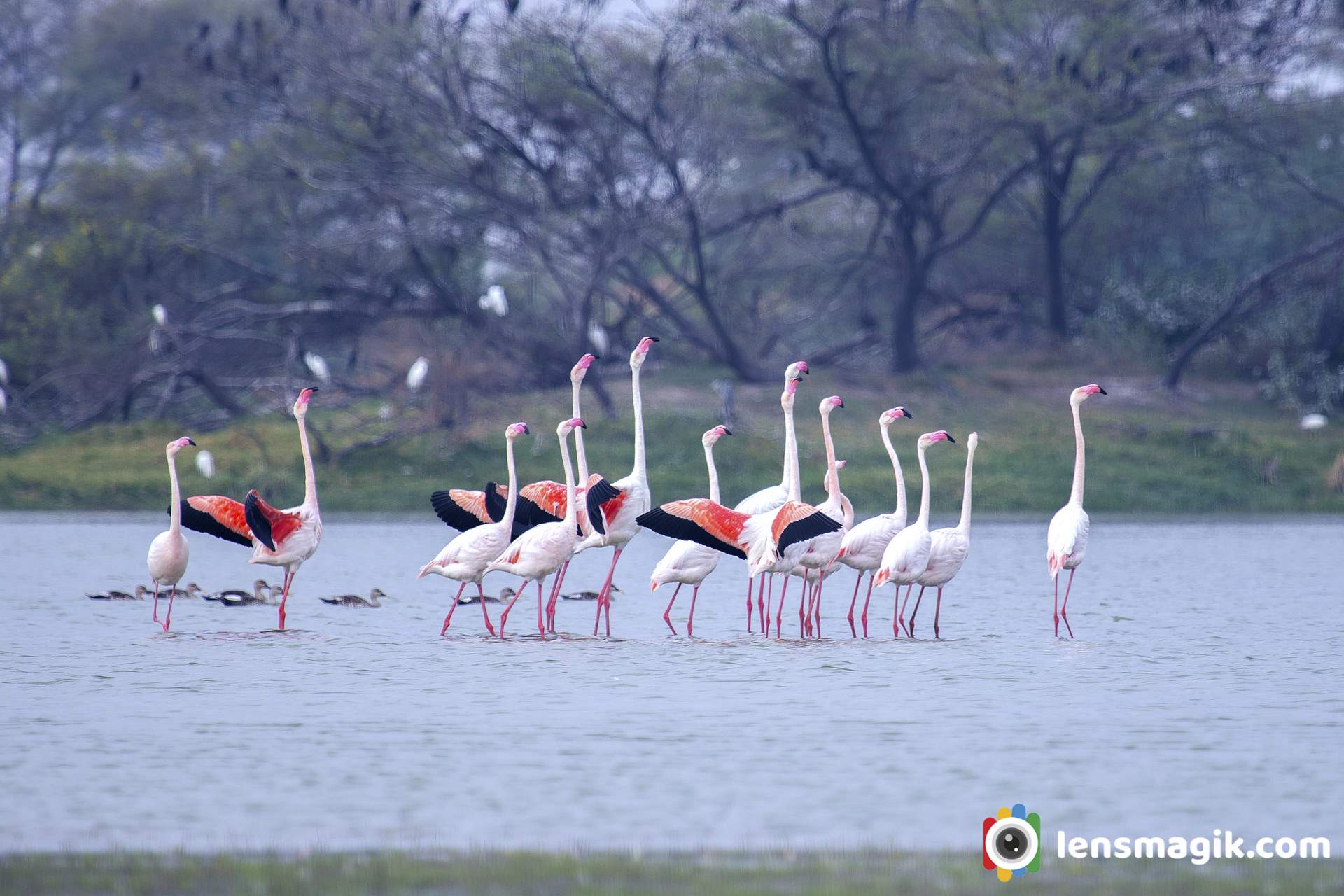
Above image shows the discipline of Flamingo Bird and looks like a morning pared they are doing .
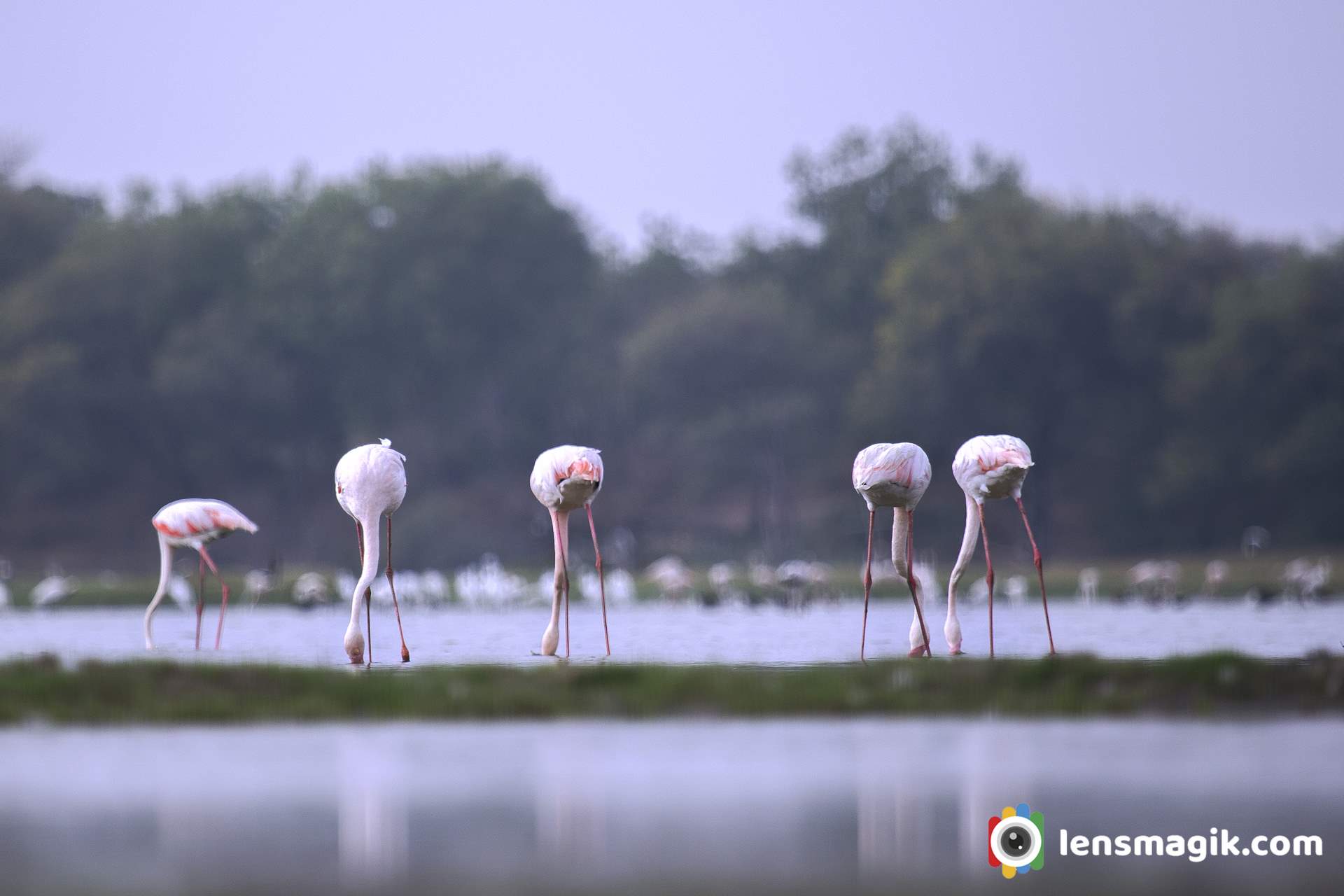
https://youtu.be/9dVBrR9NSOo
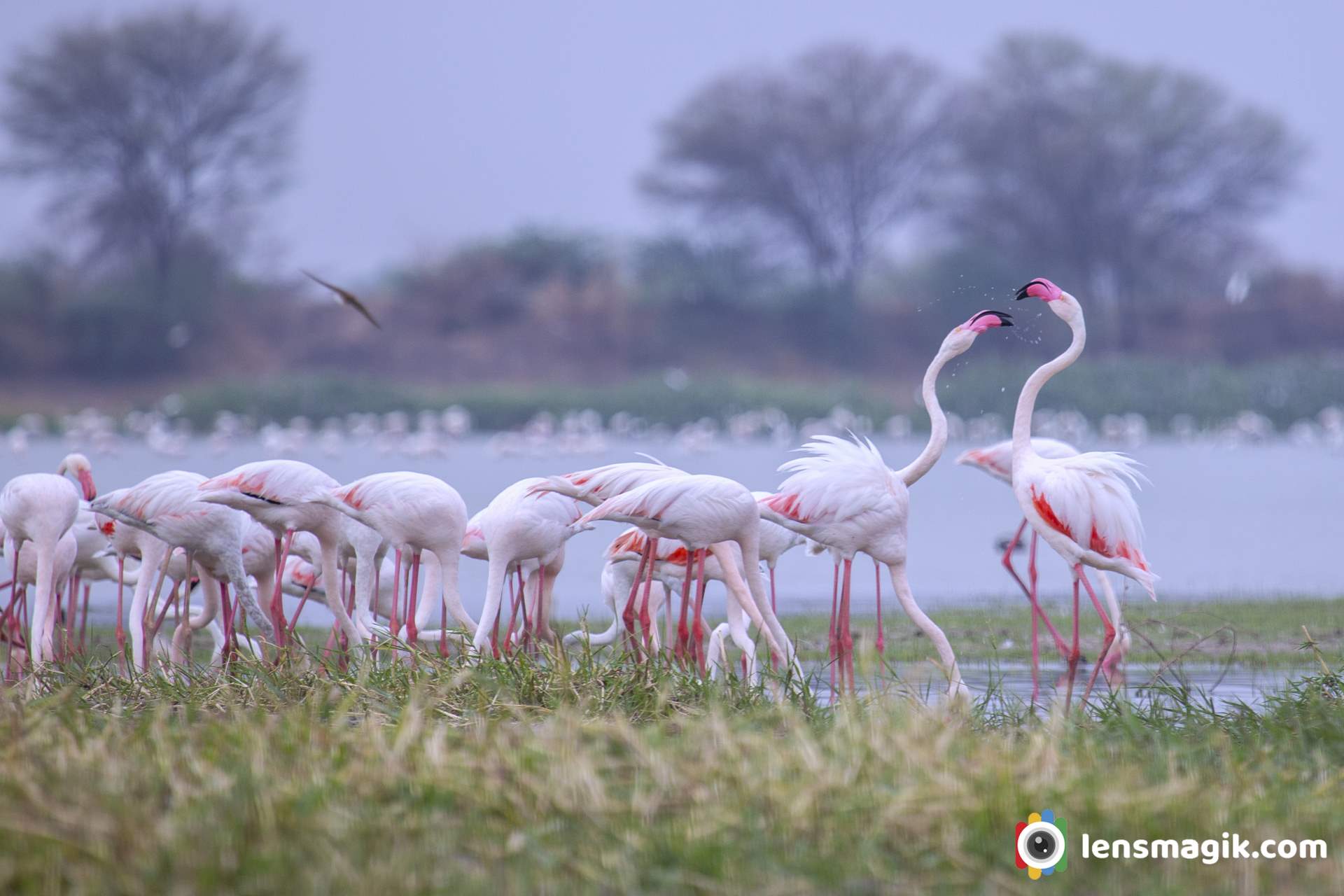
A group of Flamingo Birds at Thol Lake make your frame awesome.
Location : Thol Lake, Gujarat
Thol lake is just 25 km approx. from Ahmedabad. You can visit one day for Thol lake is enough. Also you can find another migratory birds like pelicans , bar headed goose, river tern and many more resident spices.
Ahmedabad to Thol lake distance about 25km
Thol bird sanctuary is located in Kadi Taluka in Mehsana District near sanand Gujarat. It is an artificial lake located near village Thol. In 1912 thol lake was built and it was declared as a Sanctuary in 1988. The main use of lake is use of water for irrigation. The Thol Bird Sanctuary or a Thol lake wildlife Sanctuary India is a habitat of more than 150 spices of birds. Also it is famous for migratory birds Flamingos and Sarus Crane which breeds here.
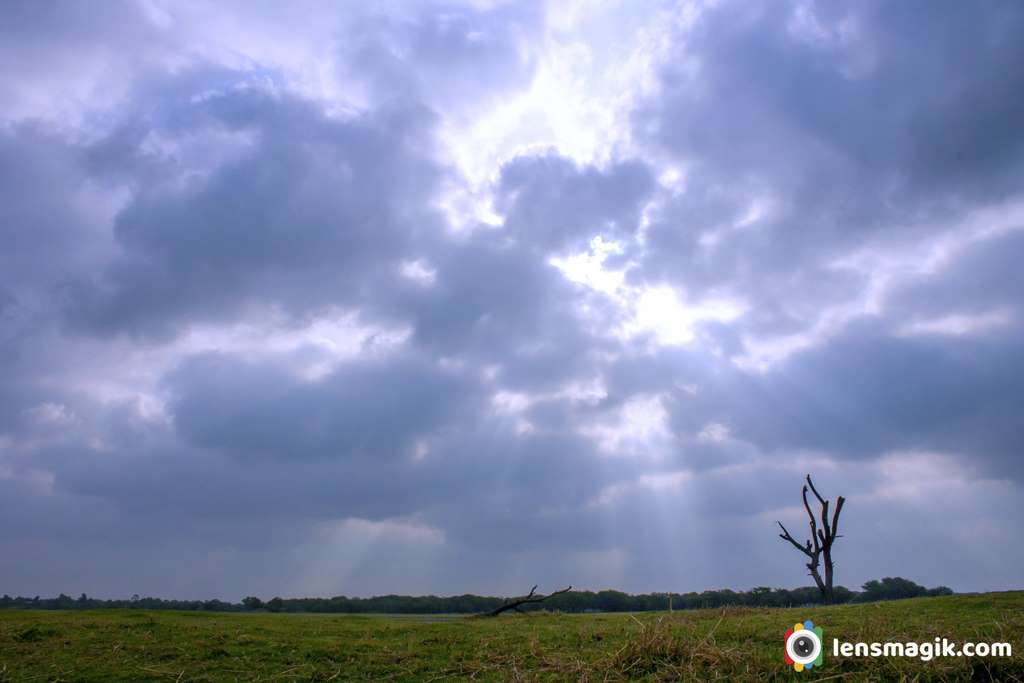
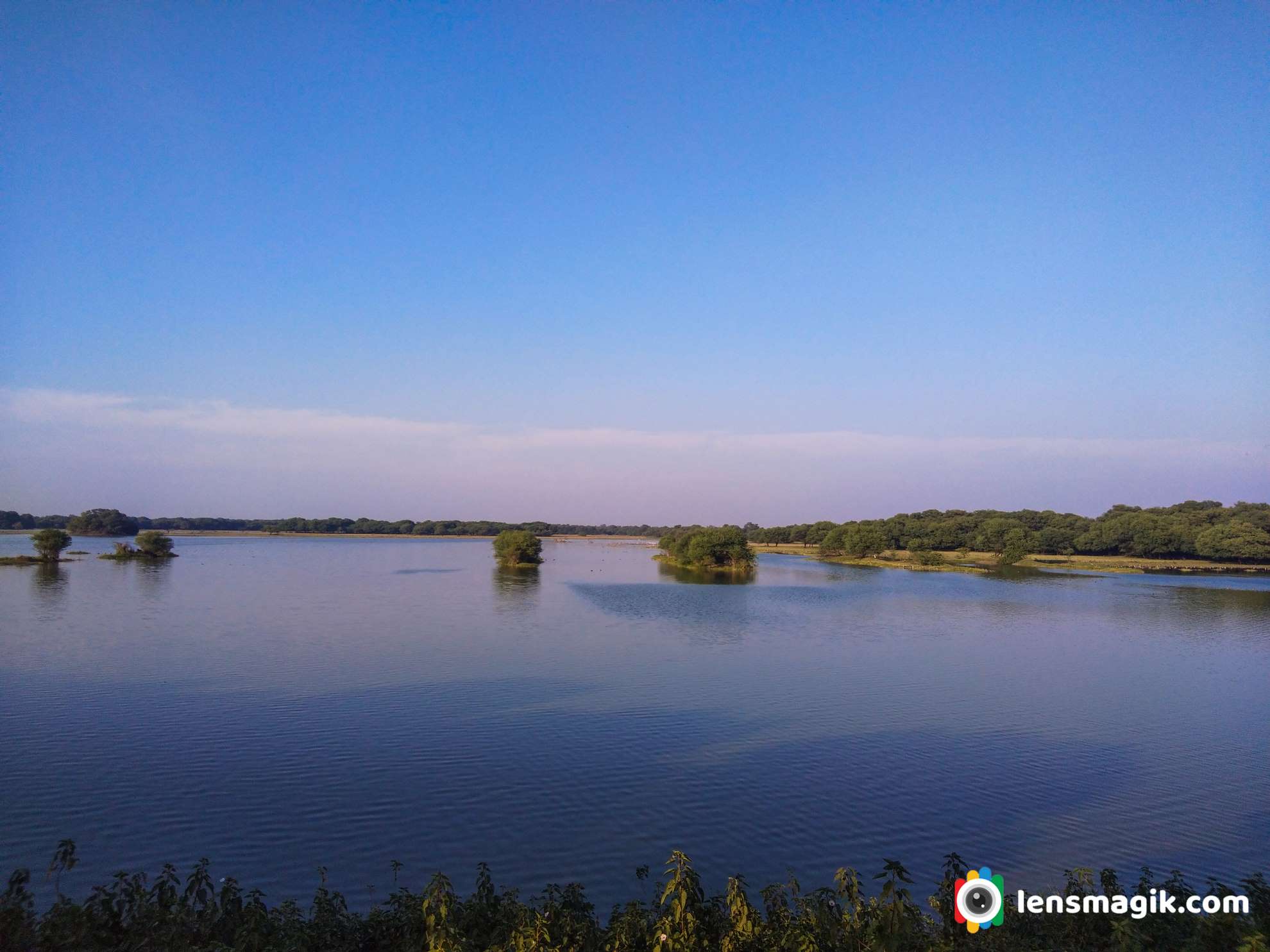
About Thol Lake / Thol Bird Sanctuary
Thol lake is located near Thol village and its area around 38000 acres. Lake faces all season winter , summer and monsoon. During winter temperature goes to 8 degree and in summer temperature goes to 43 degree. Thol lake is under control of Forest and Irrigation department of Gujarat. Thol lake water storage capacity is around 84 million cubic meters. Thol wildlife sanctuary is declared as Eco Sensitive Zone .
Flora and Fauna Thol Sanctuary :
Thol lake has many vegetation plants like Zizyphus, Acacia nilotica, Ficus, Capparis, Azadirachta indica etc. There are also some mix flora of Marshy and Aquatic plants reported in Thol Lake.
Thol lake is protected area and it is very good habitat for water birds. In thol bird sanctuary there are more than 150 spices of birds found . Among these more than 60 % of birds are water birds. Flamingo bird is most prominent bird of Thol Lake. Also Sarus Crane nest in large number here.
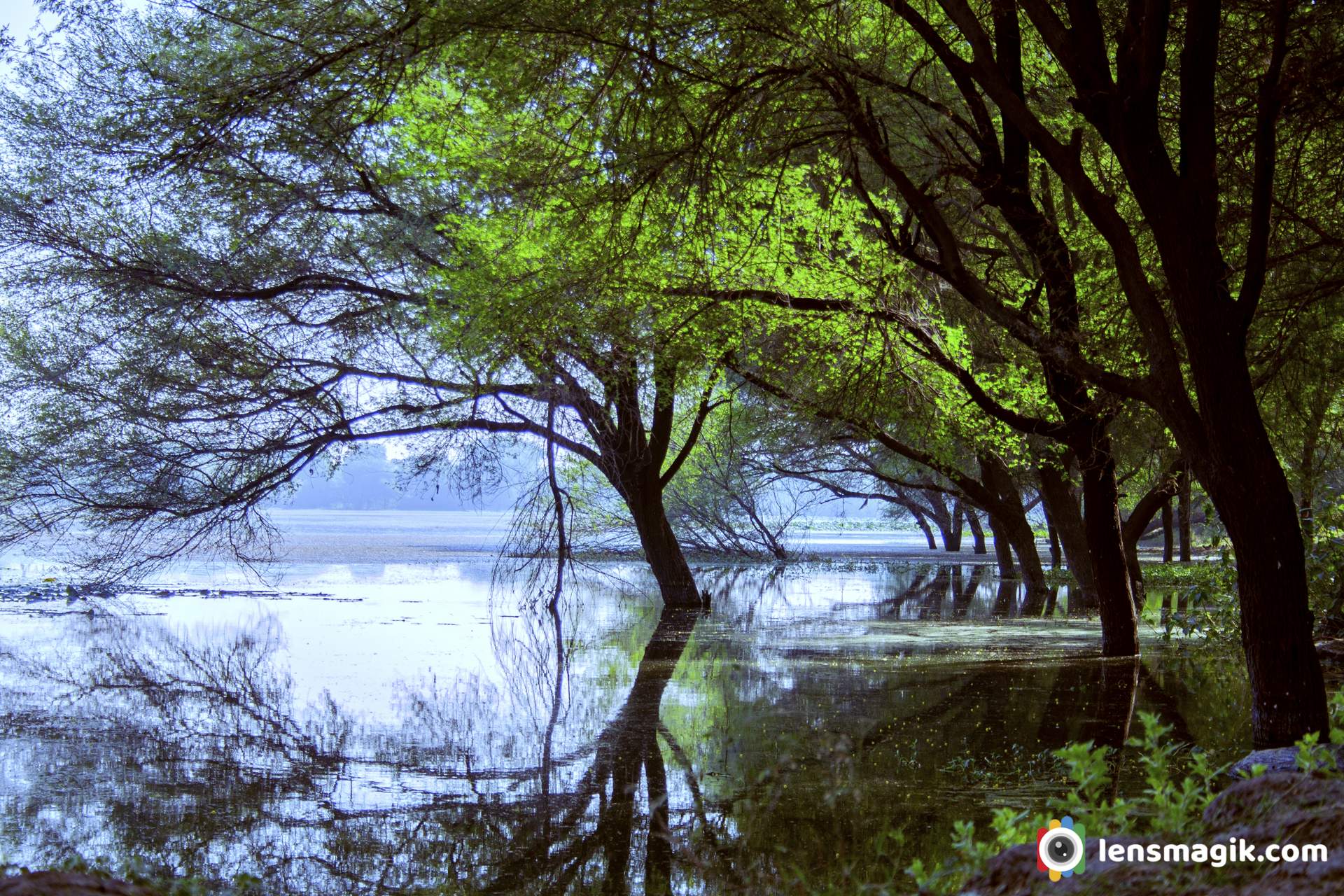
Famous Migratory Birds of Thol Lake
• Flamingos
• Sarus Crane
• Great White Pelican
• Mallards
• Bar Headed Geese , Grey Headed Geese
• Waterfowl
There are also some spices reported here like Dalmatian Pelican, Indian Skimmer, Greater Spotted Eagle, Indian Vulture and white rumped Vulture etc. In Mammals Bluebull, Blackbuck and Golden jackal reported here.
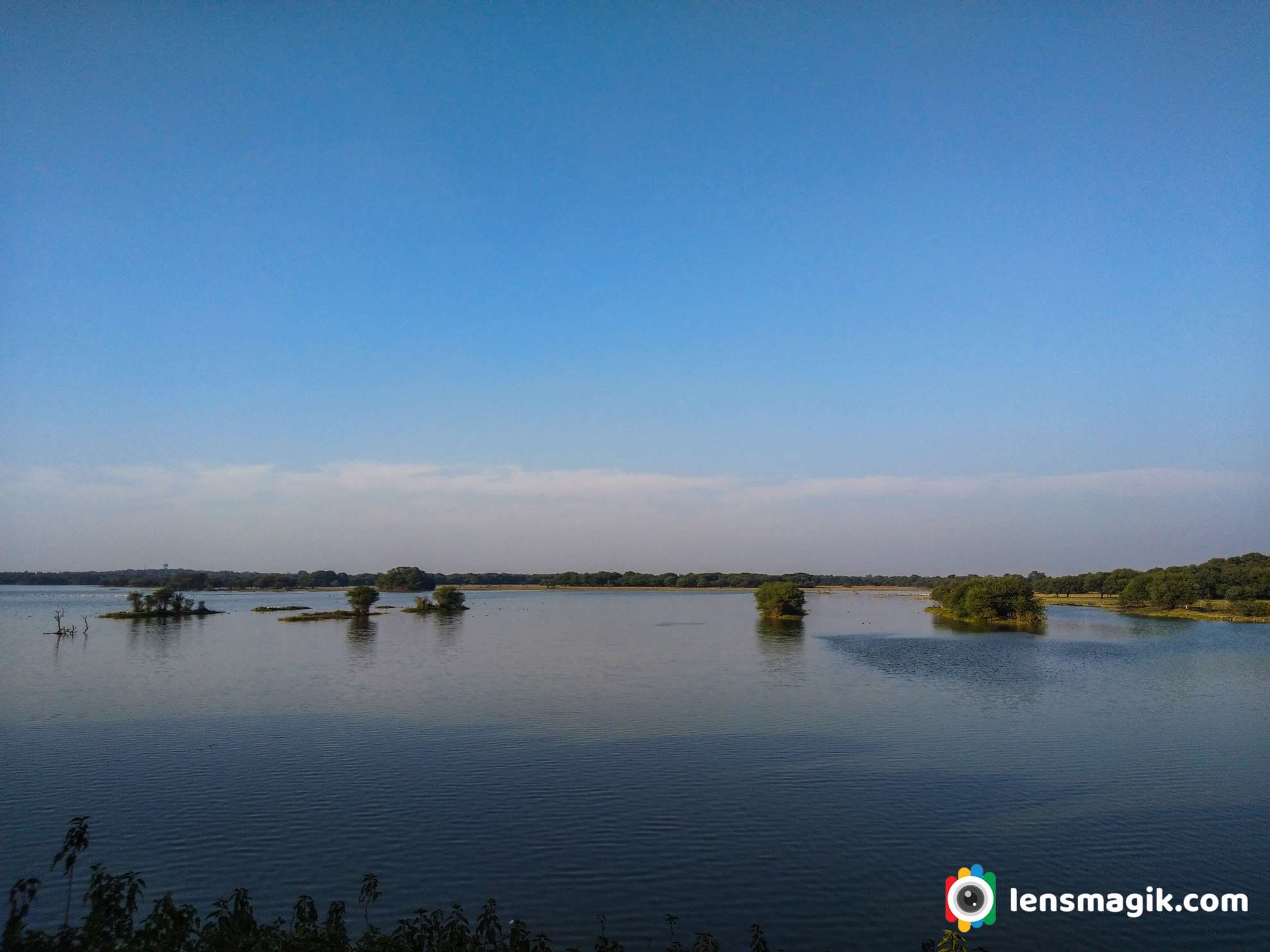
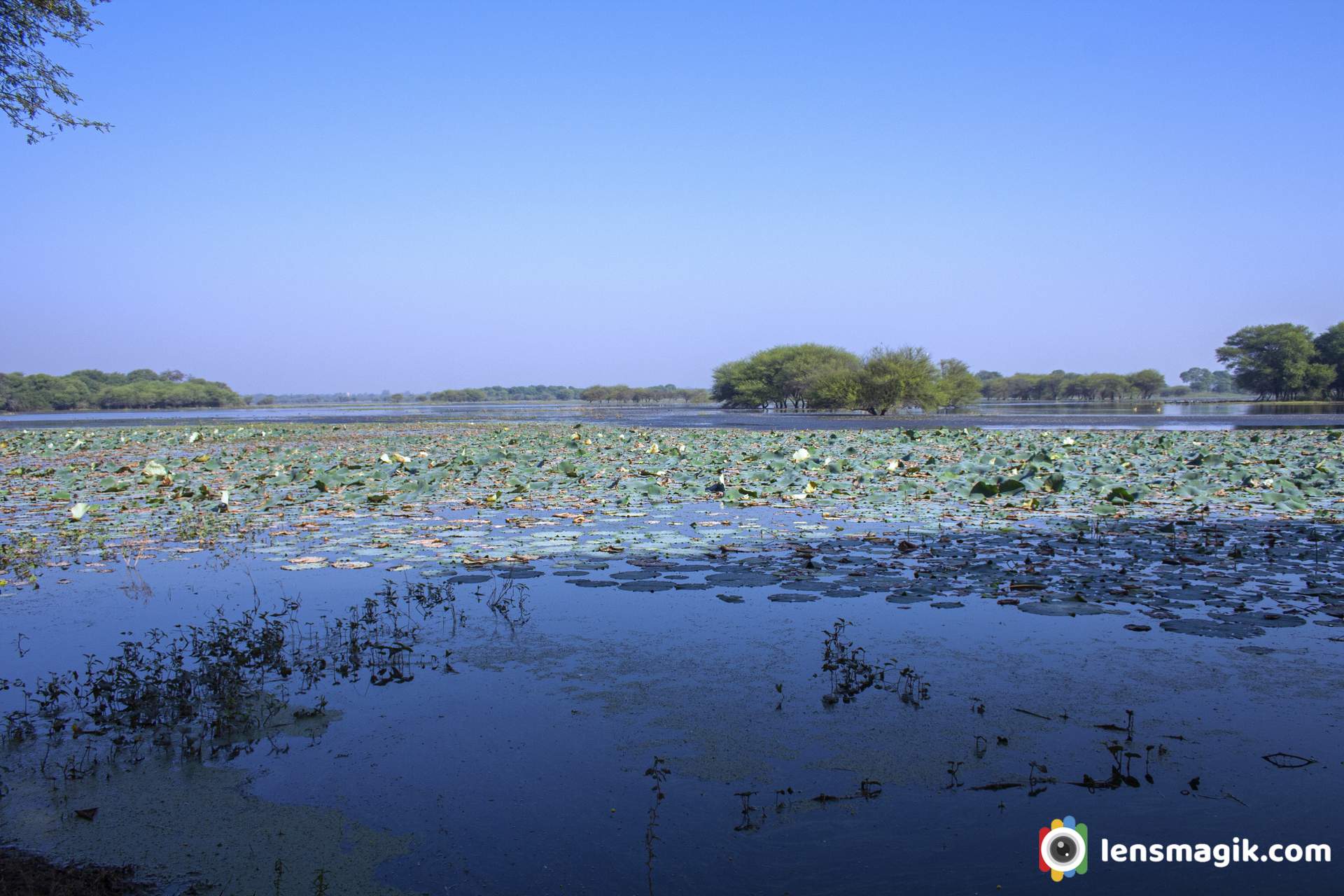
Thol Lake Timing and Fees :
Thol lake open everyday at 6 AM in morning and close at 5.30 PM in evening. Entry fees for Thol Lake or Thol sanctuary is 50 INR for per person. Also Camera fees extra at 200 INR and if you go via car then car fees also 500 INR. Foreigner fees are 10 $ per person.
Best Time to Visit Thol Sanctuary / Thol Lake :
Best time early morning for Thol Lake. In winter if you go before sunrise you can see Twilight sky amazing with lake shore and birds sound .During all season Thol lake has its own beauty. Every season you can visit at Thol Lake. But mostly during winter from November to March season is best for Thol Sanctuary visit. Because during winter lots of Migratory birds came here and stay for long time so for birding winter season is best at Thol Lake. Also during summer some of birds stays here like flamingos and pelicans, geese etc. So you can also see them in summer too. Also during summer water level of lake is low so may be the birds you can get in deep or sometimes closer. During monsoon most people don’t visit but if you like macro photography then you must visit Thol lake in monsoon. You can get some excellent macro subjects like waterdrops , Spiders, Insects etc.
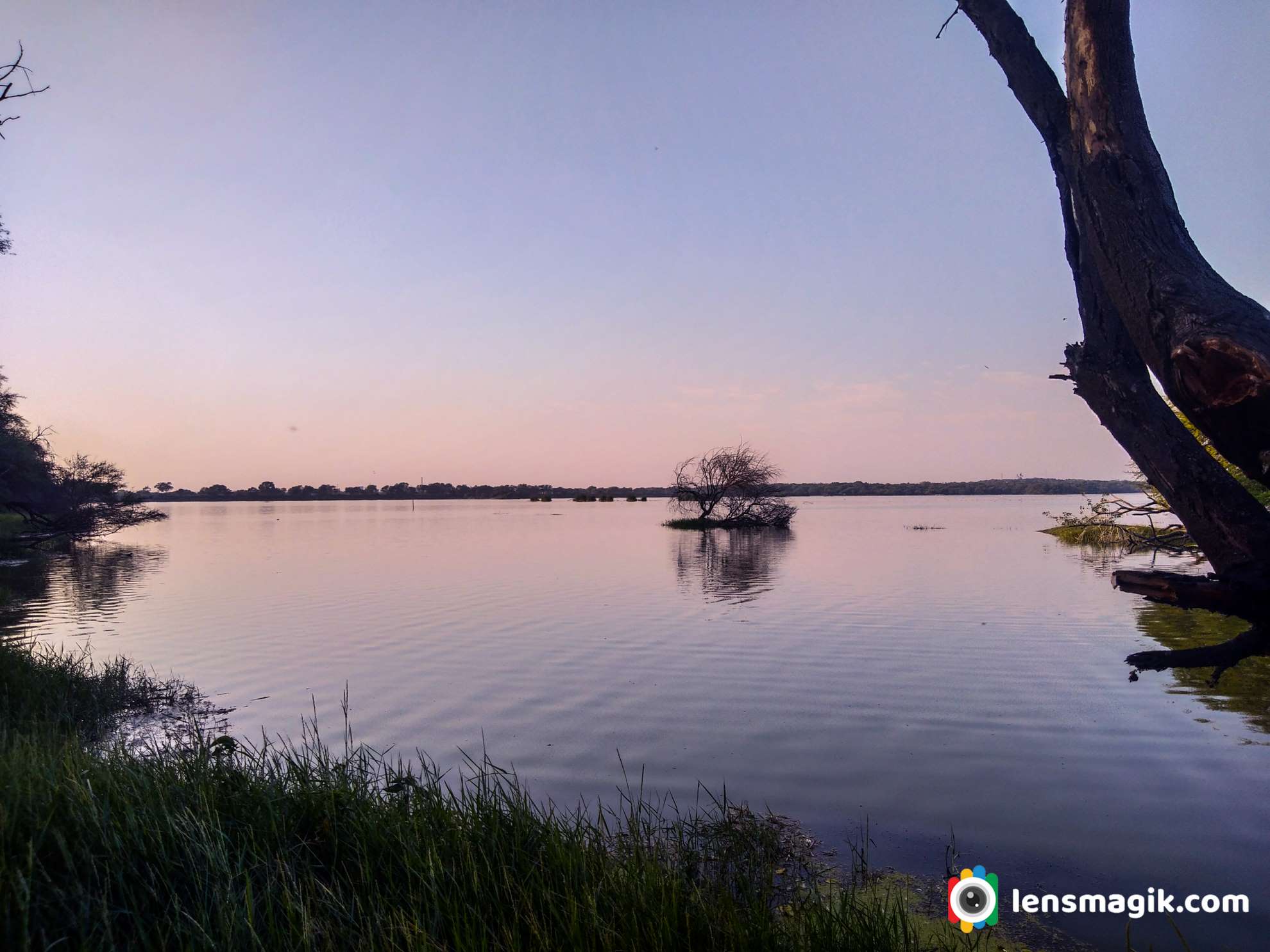
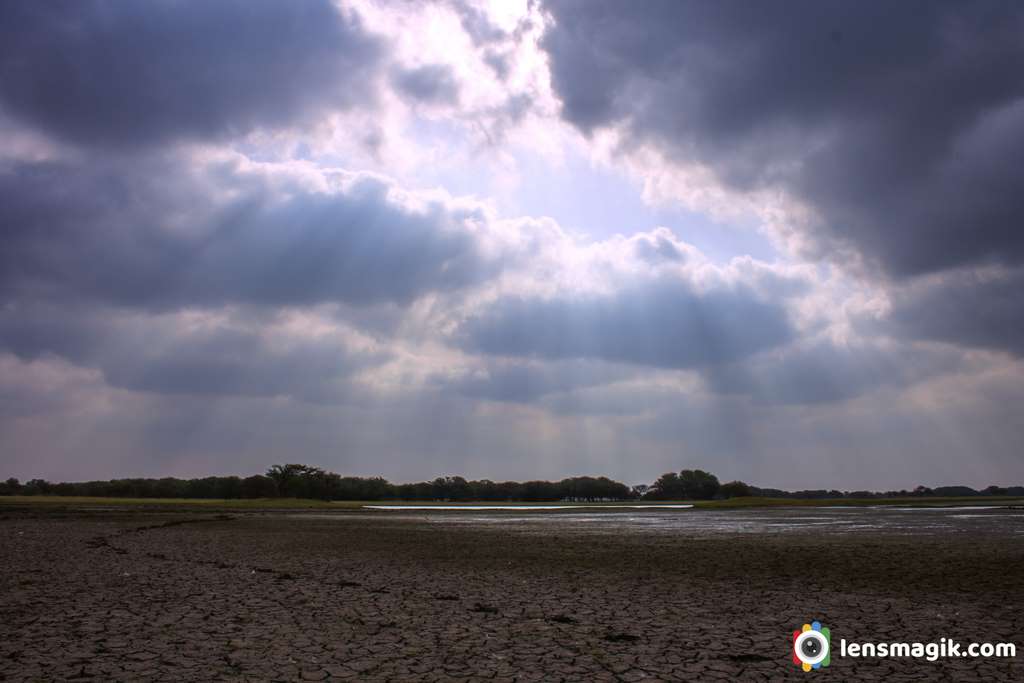
What to do and What not to do in Thol Lake / Keep in mind while visiting sanctuary in India :
• Keep silence in sanctuary
• Maintain discipline
• Keep sanctuary clean
• Do not throw plastic waste anywhere in sanctuary
• Protect wildlife
• Observe birds, mammals etc and protect them and identify them
• Follow rules of wildlife protection act -1972
• Don’t disturb birds and animals
• Don’t enter in sanctuary with liquor and inflammable objects
• Don’t make loud noice.
• Enter in sanctuary with permit only and keep receipt till you leave sanctuary
• Don’t feed birds and animals
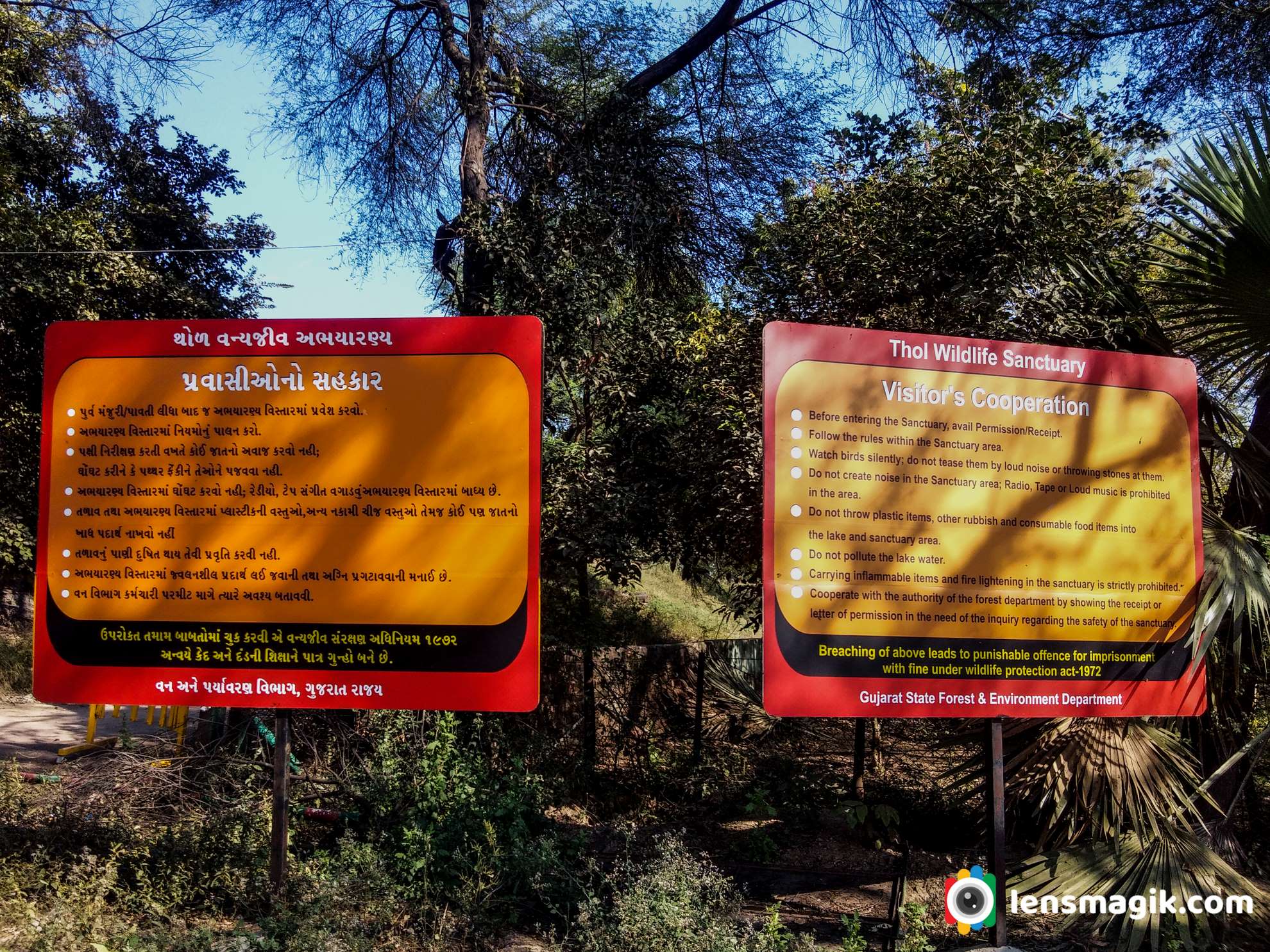
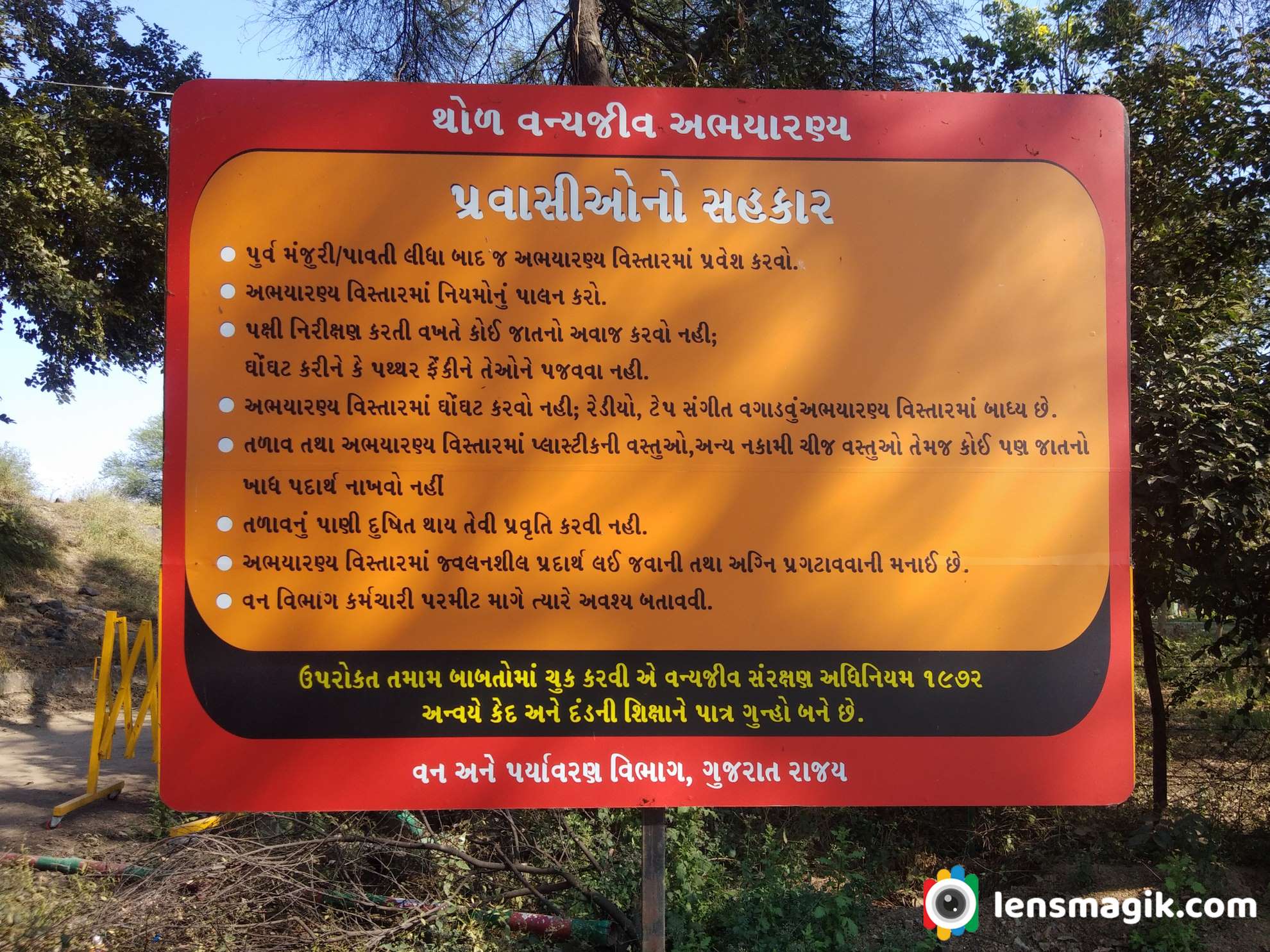
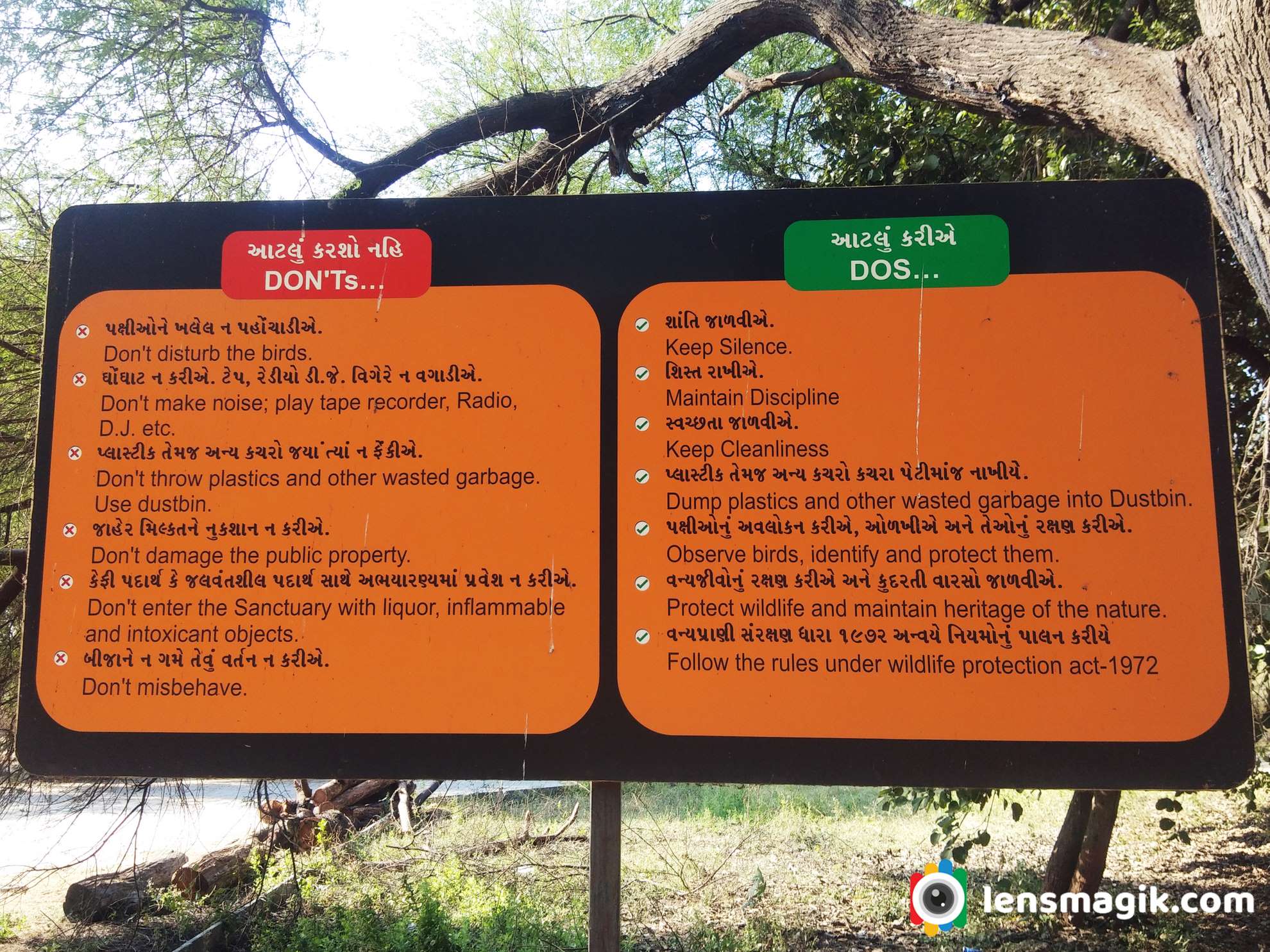
Where to Stay near Thol Lake :
Well near to Thol Lake there are not good places to stay at night but you can go near to destinations like Kadi, Kalol or Gandhinagar , Ahmedabad where you can get good places to stay at night. Nearest I suggest Kalol around 15-18 km or you can go Ahmedabad around 25 km.
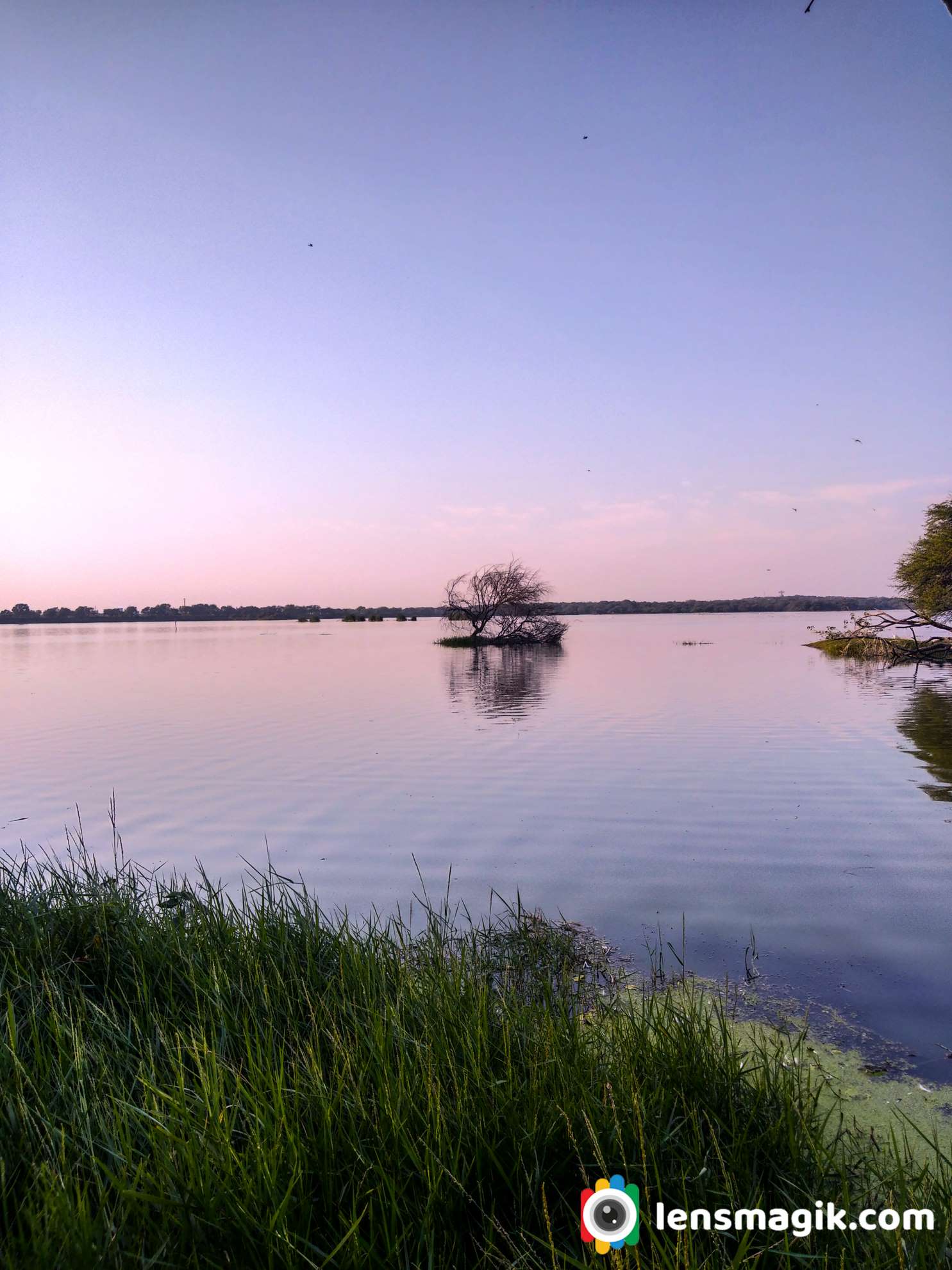

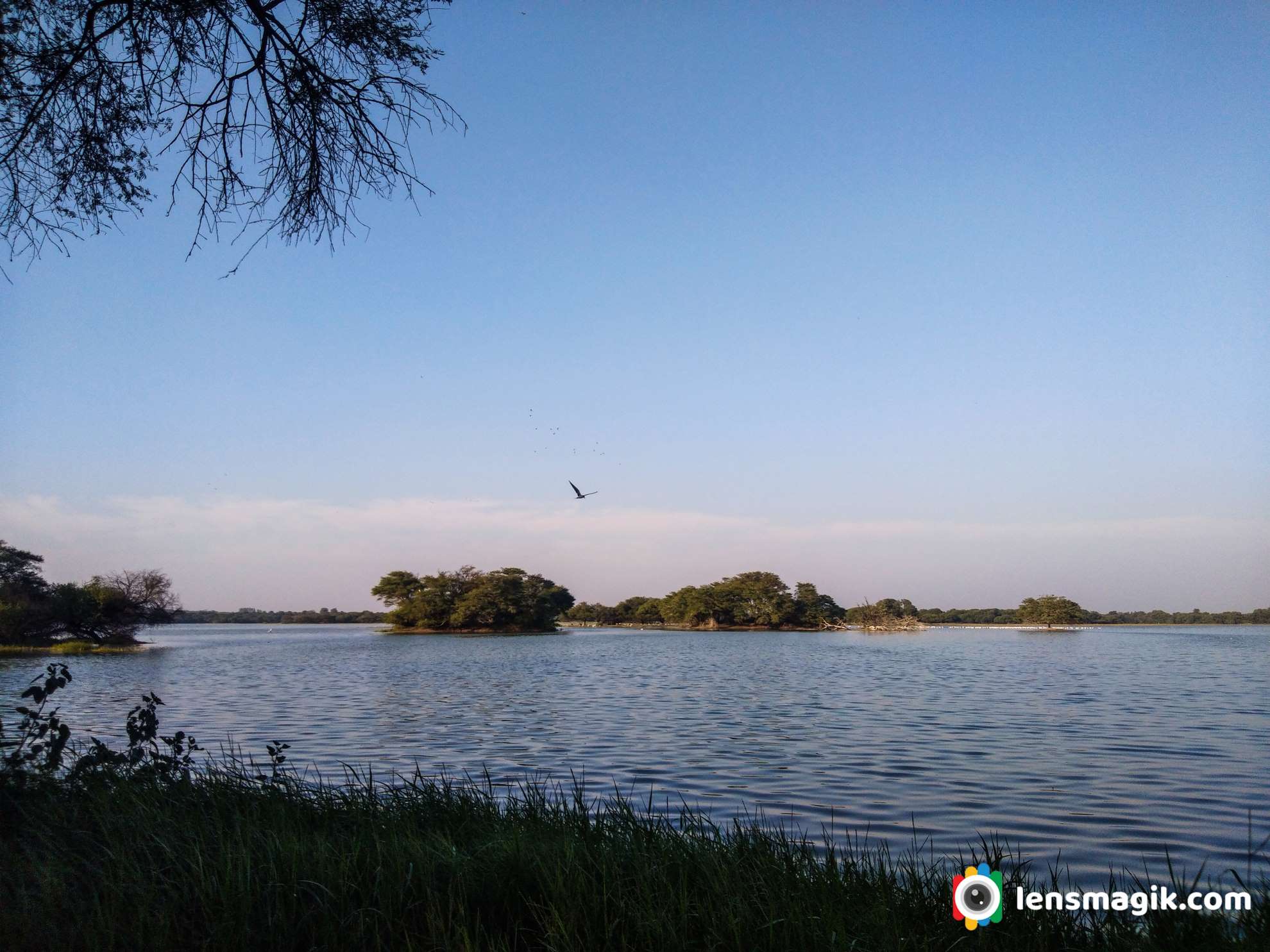


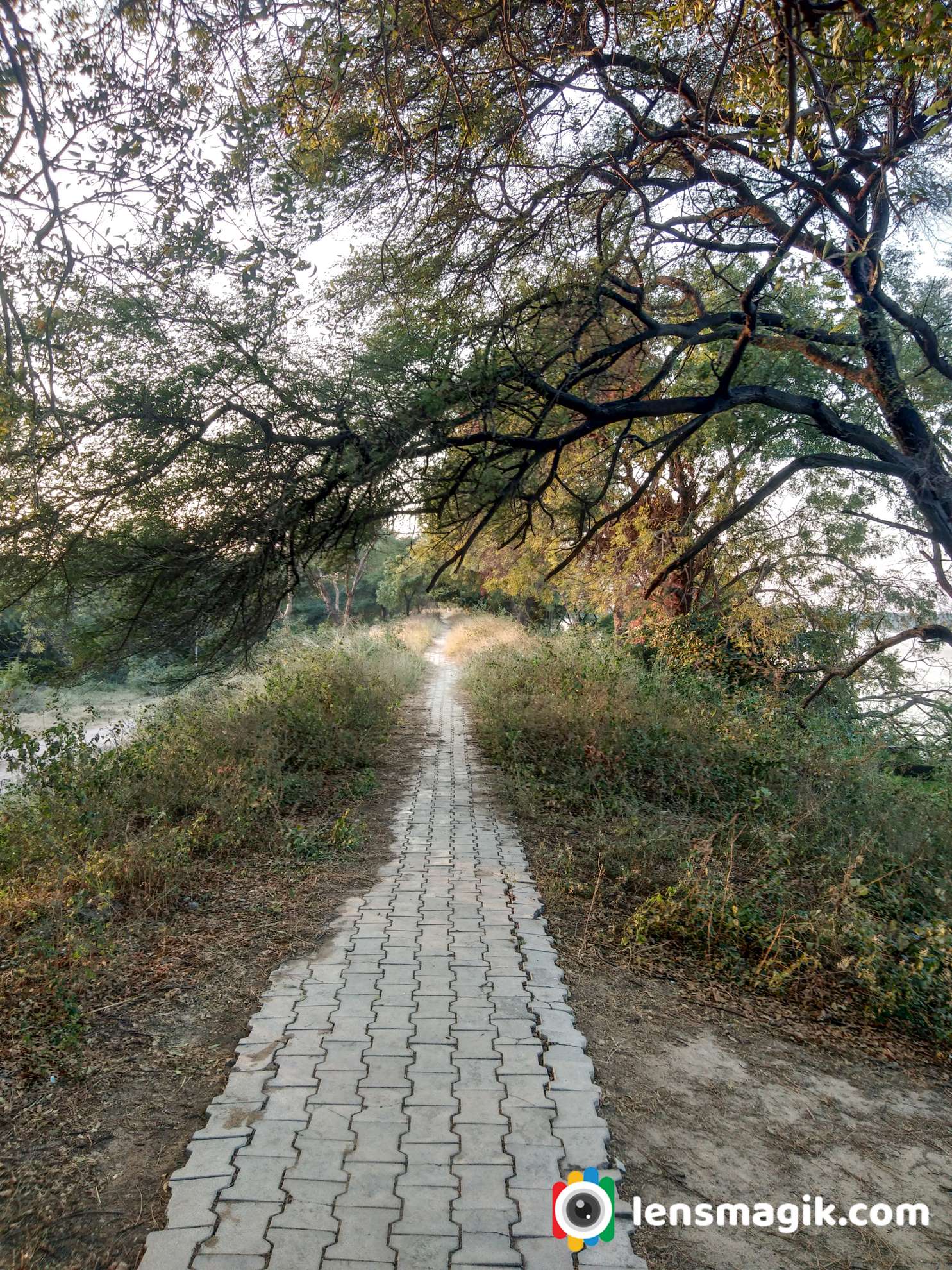
Places to Visit near Thol Lake :
If you are staying at Ahmedabad then go for Ahmedabad Darshan , Pol area of Ahmedabad and Adalaj Ni Vav ( Heritage places ) etc. Also go for fast food test at night at Manek Chauk and SindhuBhavan road there are lots of option for food lovers like Urban Chauk, Freezbee etc.
If you stay at Gandhinagar then visit Mahatma Mandir at Gandhinagar, Sarita udyan , Akshardham Temple etc.
I would suggest Modhera Sun Temple if you had some more time which is around 100km from Ahmedabad. For bird lovers and bird photographer I would suggest visit Little ran of Kutch (LRK) during Winter season, Pariej Lake, Indroda park Gandhinagar, Jessore Sanctuary Banaskantha etc.
How to Reach Thol Sanctuary :
Nearest airport is Ahmedabad and from Ahmedabad thol lake distance is around 30-40 km
Also for Railway station is Ahmedabad because you can get all frequency and destinations from Ahmedabad railway station.
Mt Kanchenjunga or Mt Kangchenjunga both spellings right and whatever you say located in west Bengal India. When i was on my Singalila National park trek i visit it. It was really gesture to see Mt Kanchenjunga from own eyes. A beautiful Mountain surrounded by snow and little bit clouds looks like you are in Heaven. The view i capture makes me very happy to see first time snow mountain in my life. When i was at my last location of my trek at Sandakphu we go for birding and v had a clear mountain view of Kanchenjunga. Kanchenjunga is also spelled Kangchenjunga. Height of Mt. Kanchenjunga/Kangchenjunga is 8586 m . The view of Mt Kanchenjunga from India is amazing as you can see in photos. This Mountain range in wide angle as shown above image looks like Sleeping Budda so this mountain range also known as Sleeping Buddha Mountain Range too.
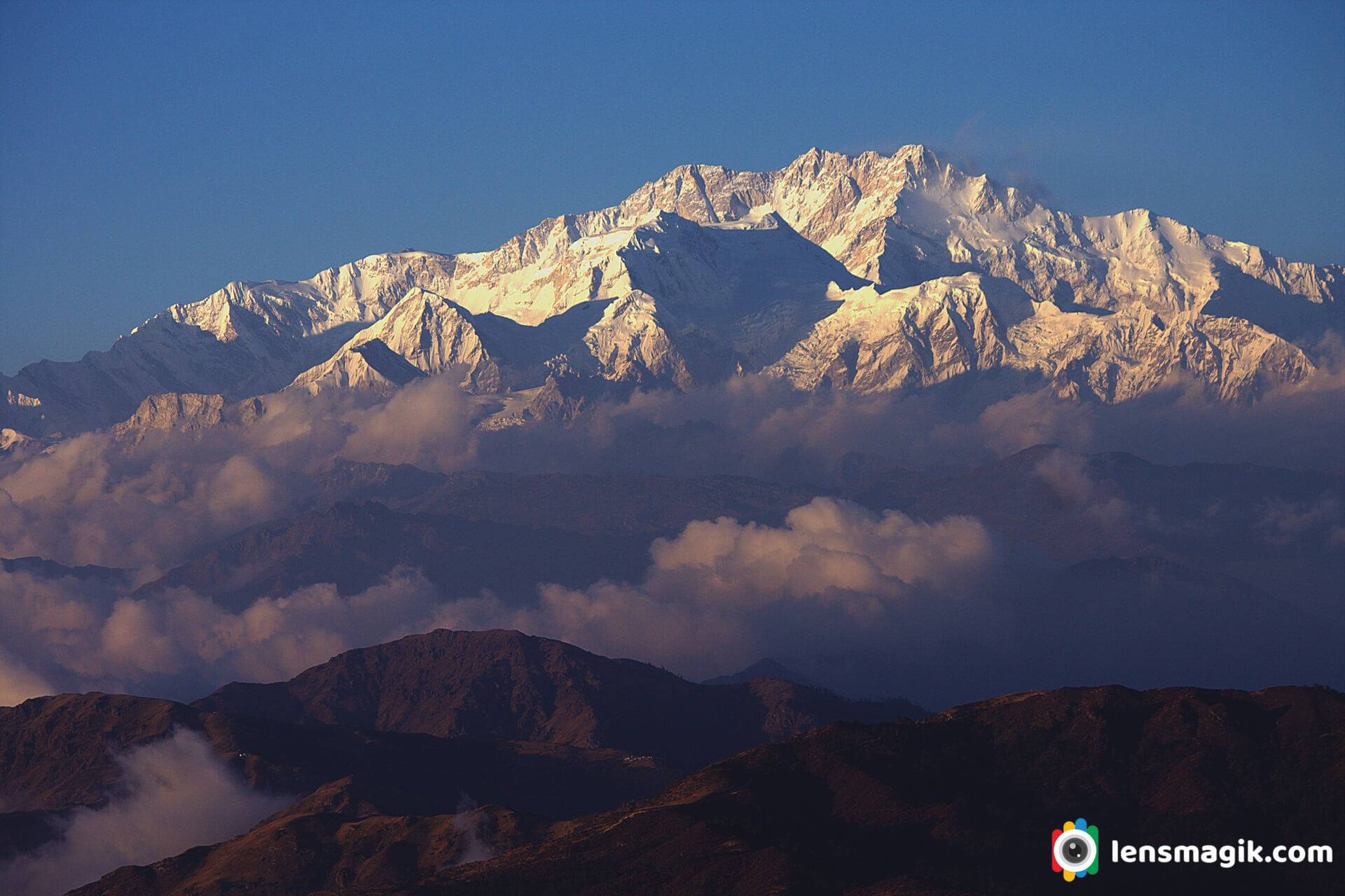
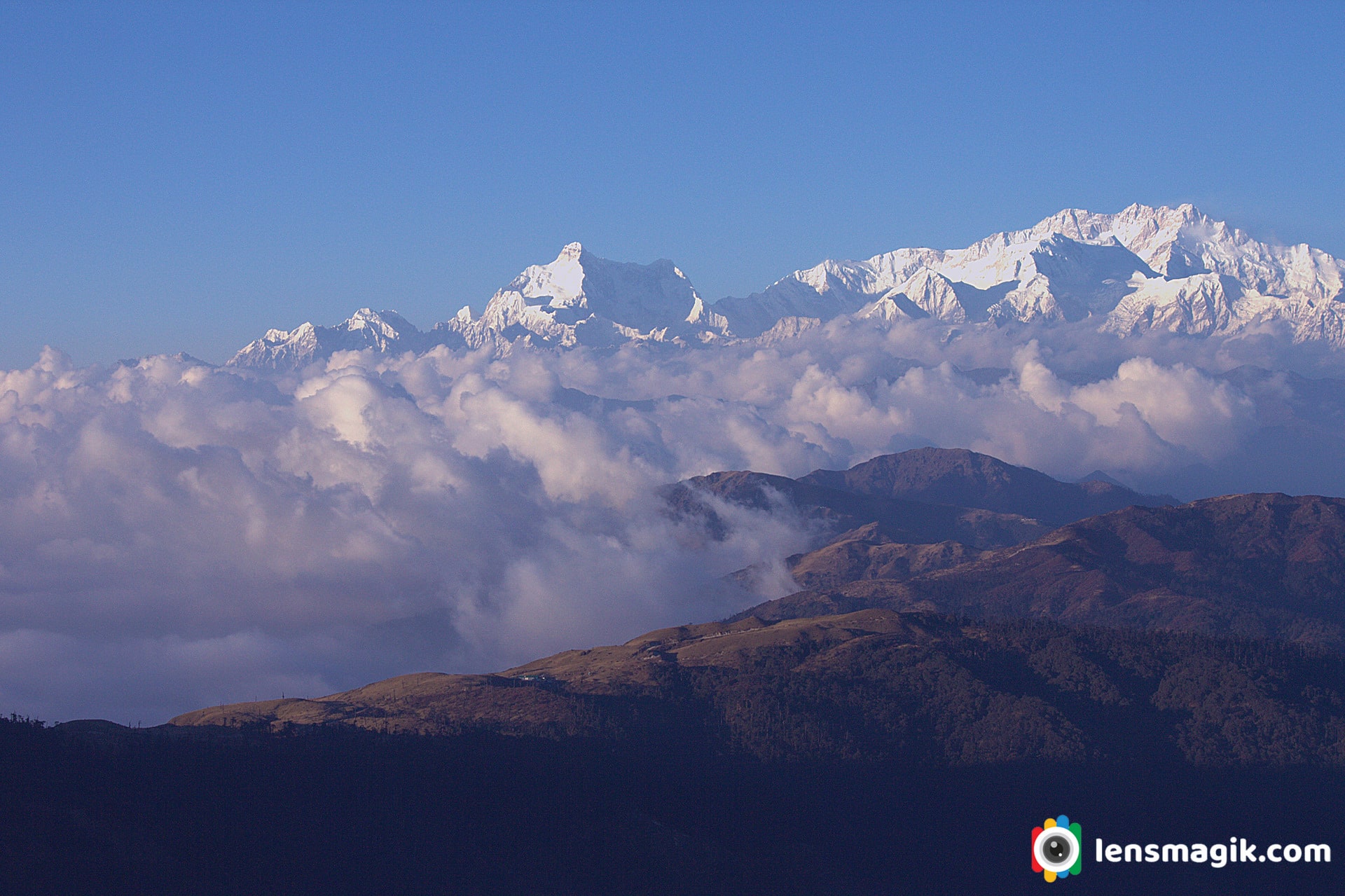
The name Kanchenjunga is derived from sanskrit kanchana ganga . Kanchana means gold and ganga is the river which flows in the region. The river shines like gold and hence the name Kanchana Ganga was given to this mountain.
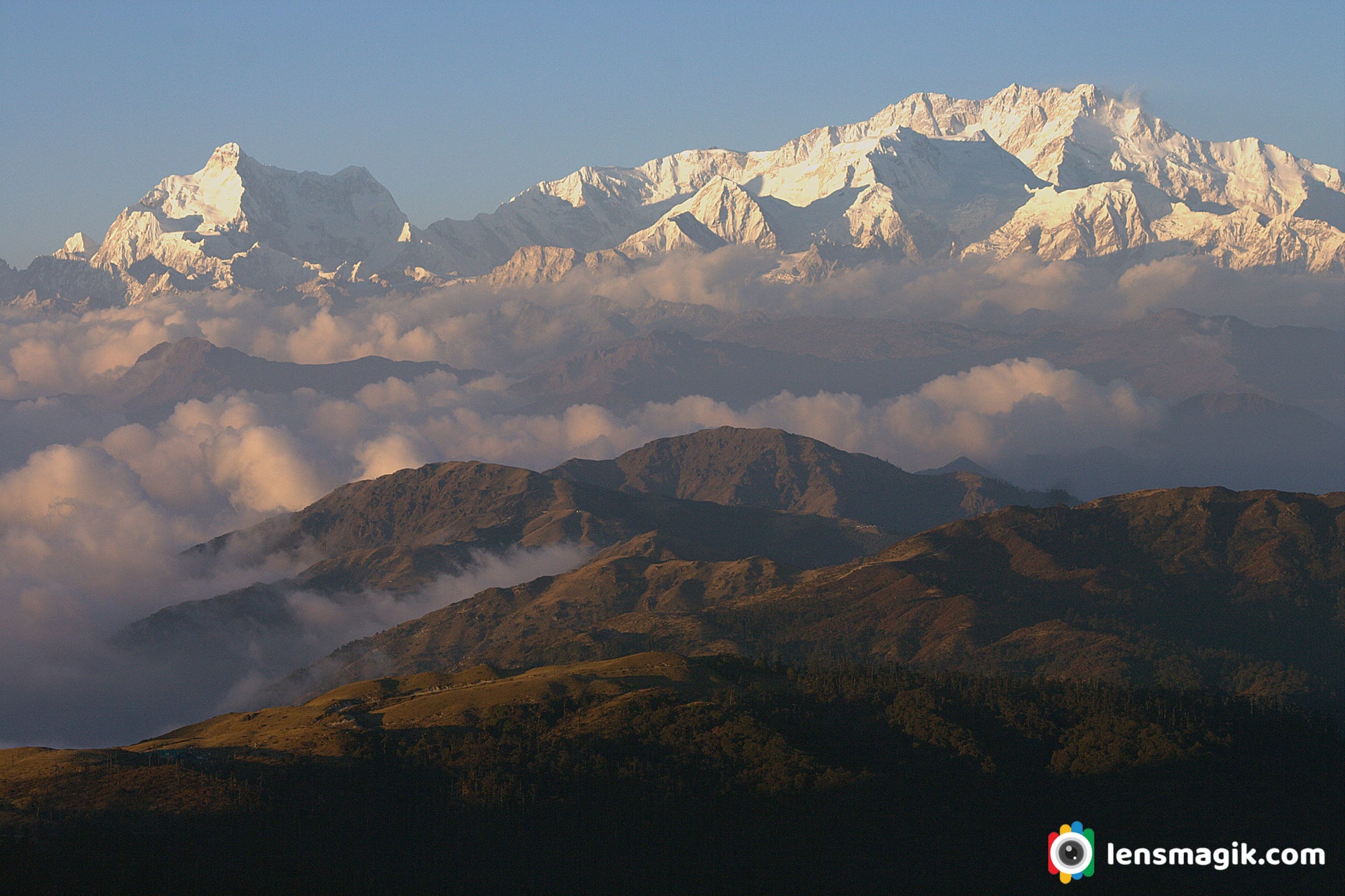
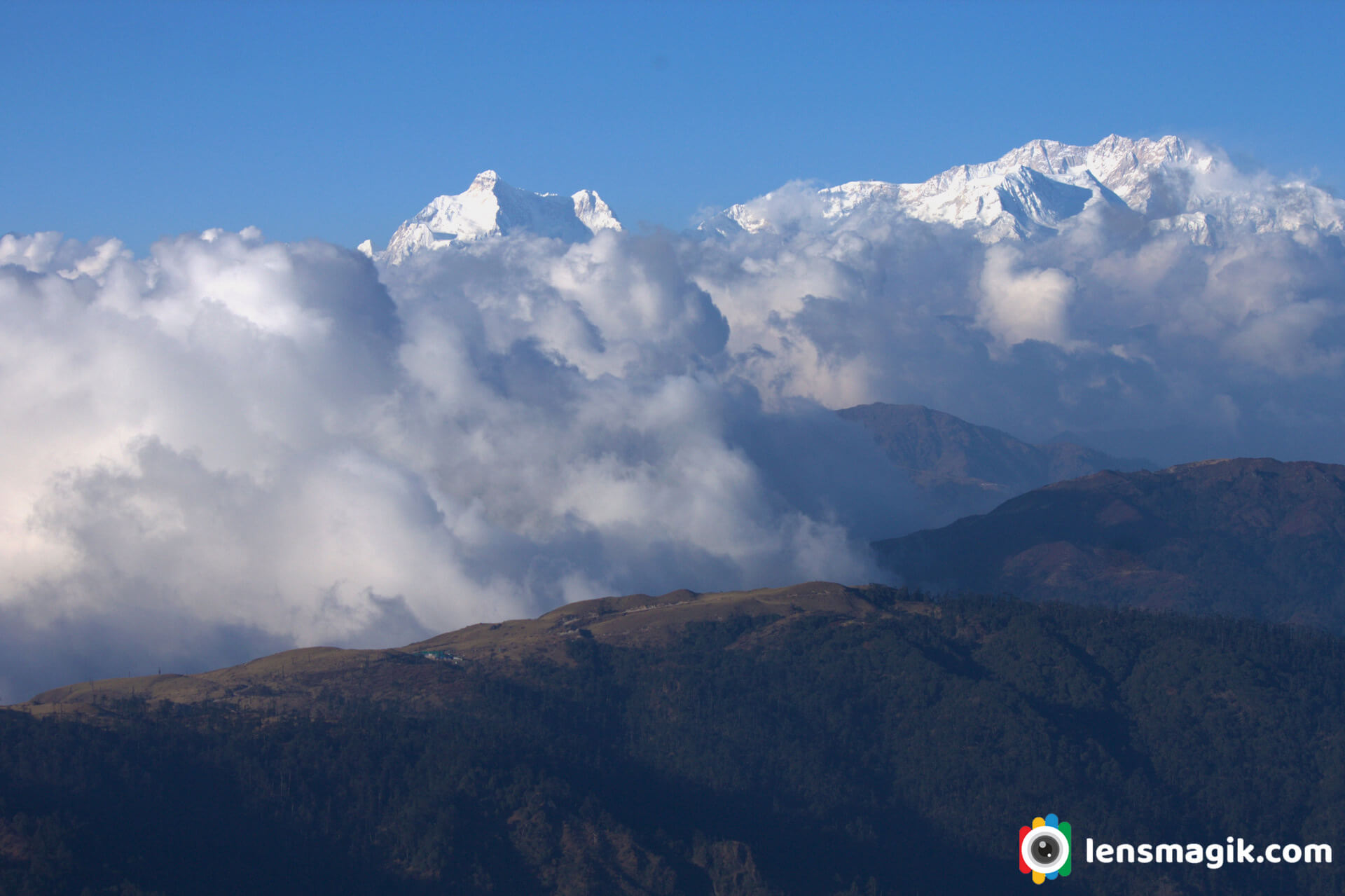
Things to know About Mt. Kanchenjunga/ Mt. Kangchenjunga :
- Kanchenjunga Mountain is about 28,169 ft height and located along the Nepal-India border in the Himalayas.
- It is the third highest mountain in the world.
- It contains 5 peaks and four of them above 27,700 ft of heights.
- Kanchenjunga is also name of surrounding section of Himalayas and means THE FIVE TREASURES OF SNOWS .
- Joe Brown and George Band was the first climber of Kanchenjunga mountain on 25 may 1955.
- Kanchenjunga mountain boundry shared by Nepal, India, China and Bhutan.
- Total 5 peaks of Kanchenjunga are Kanchenjunga Main ( 28169 ft ), Kanchenjunga West ( 27904 ft ), Kanchenjunga Central ( 27828 ft ), Kanchenjunga South ( 27867 ft ), Kangbachen ( 25928 ft ).
- Kanchenjunga Main is the highest elevation of Brahmaputra River.
- There are four climbing route for Kanchenjunga among them 3 are from Nepal and one from Sikkim India.
- It is also known as Sleeping Buddha Mountain range.
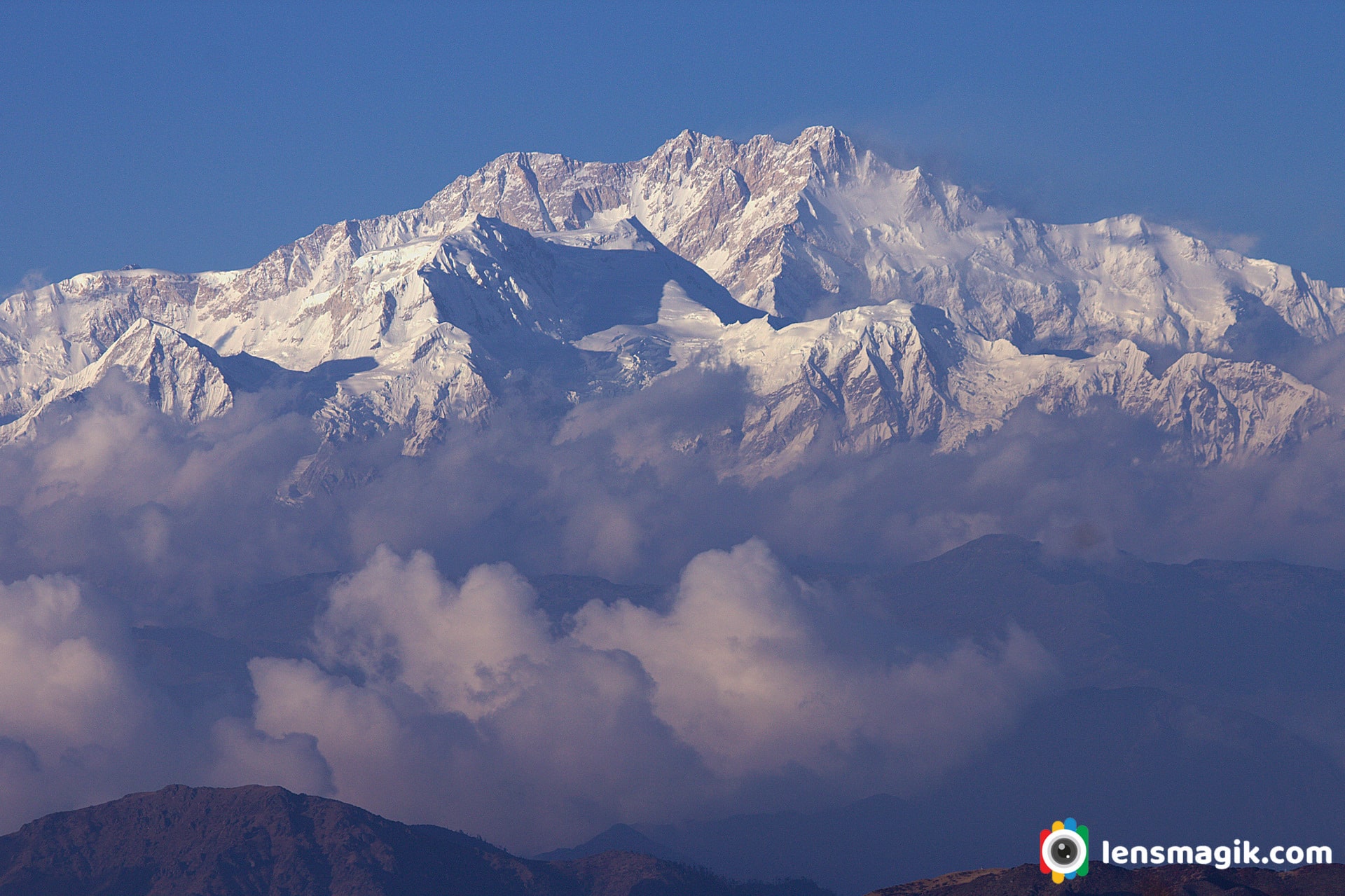
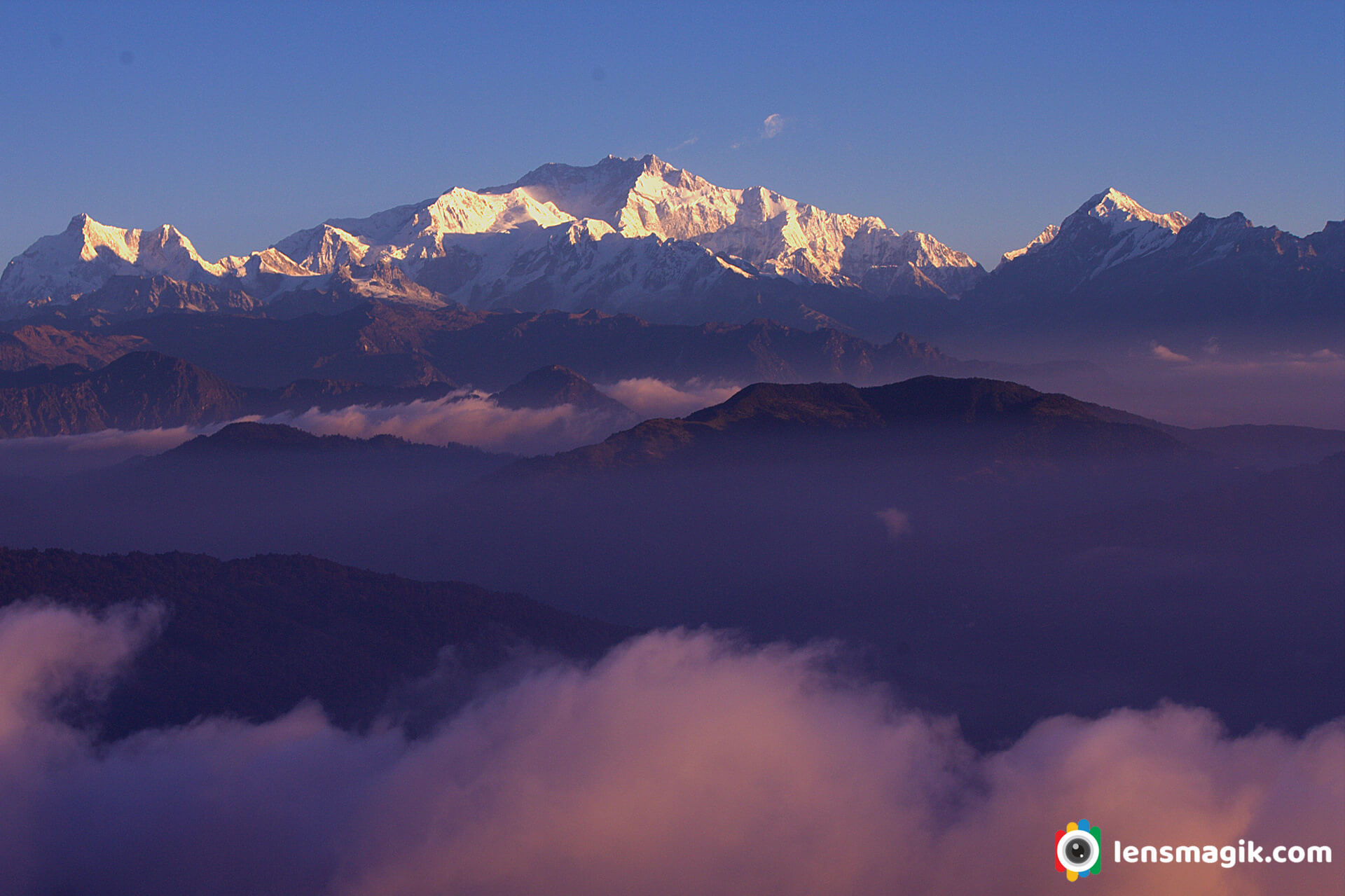
When i was on a tour to Singalila National Park we have a terrific view of Kanchenjunga mountains and also other Himalayan mountains. The best view of Kanchenjunga i saw from Sandakphu located at India-Nepal border. I also saw Mt. Everest from here. Everest is on a long distance but if weather is clear you can see it very clearly.
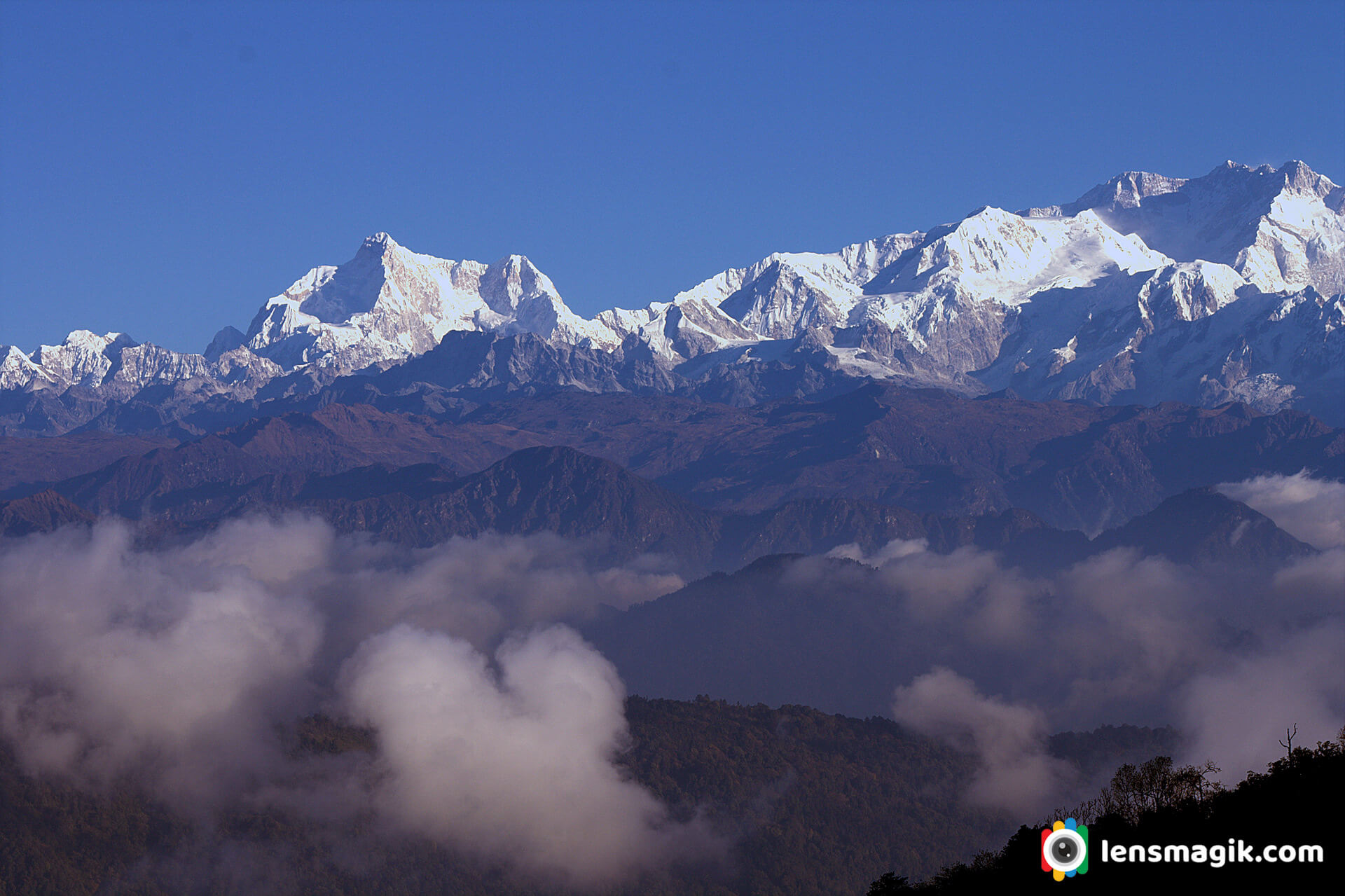
In above picture the mountain shows in left side ( Triangle 3 peaks ) of Mt Kanchenjunga is Kumbhakarna Mountain.
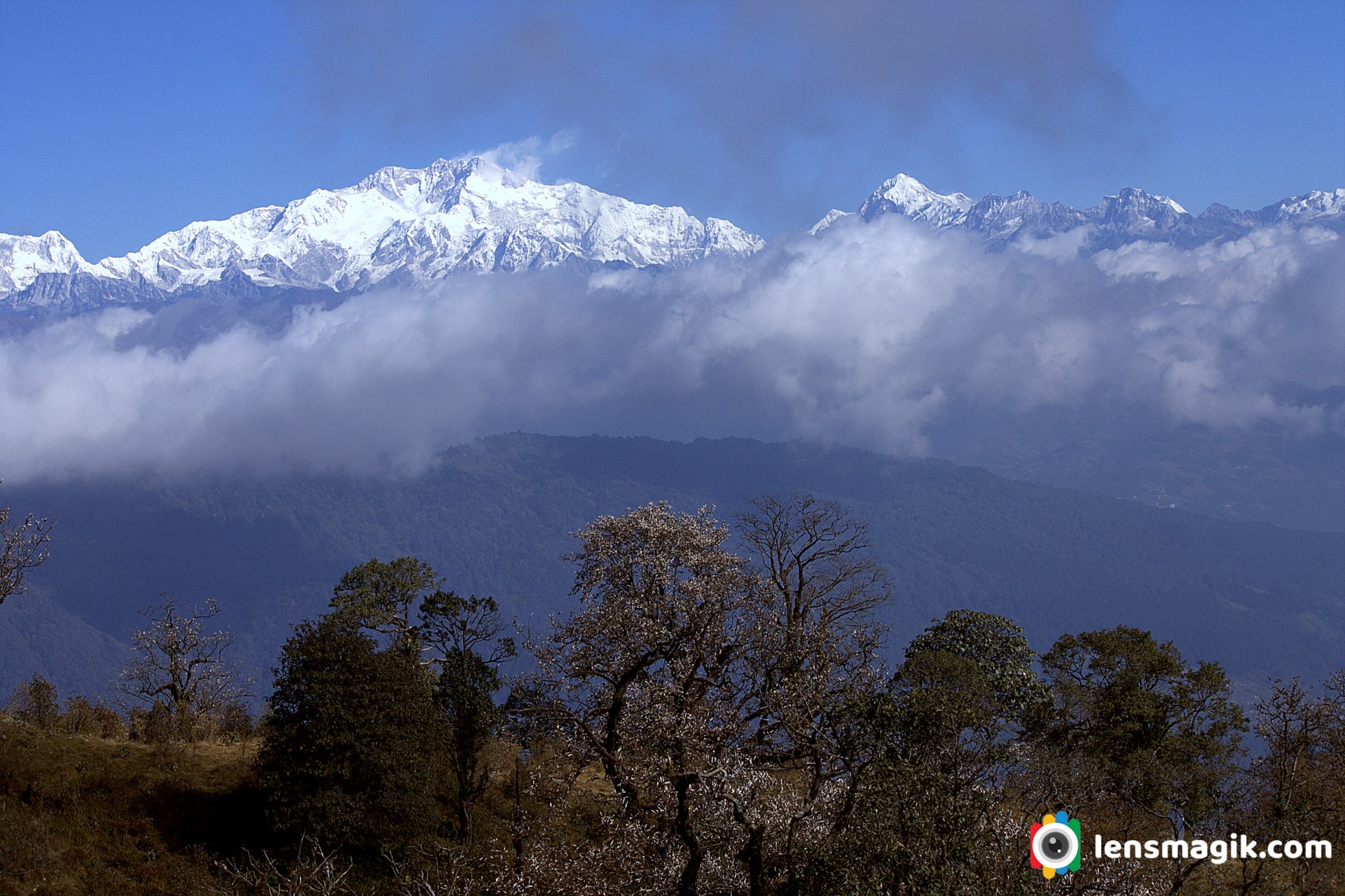
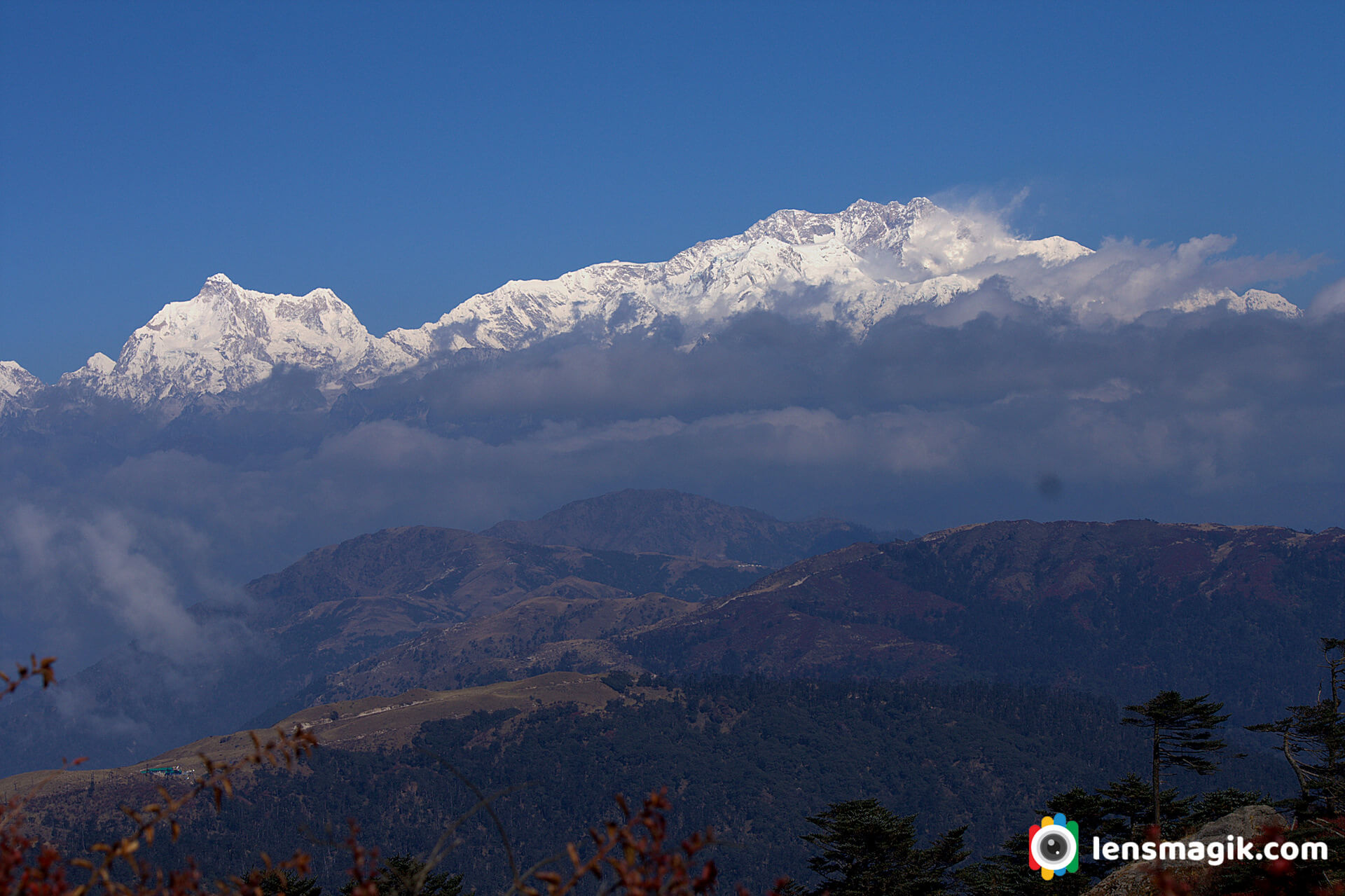
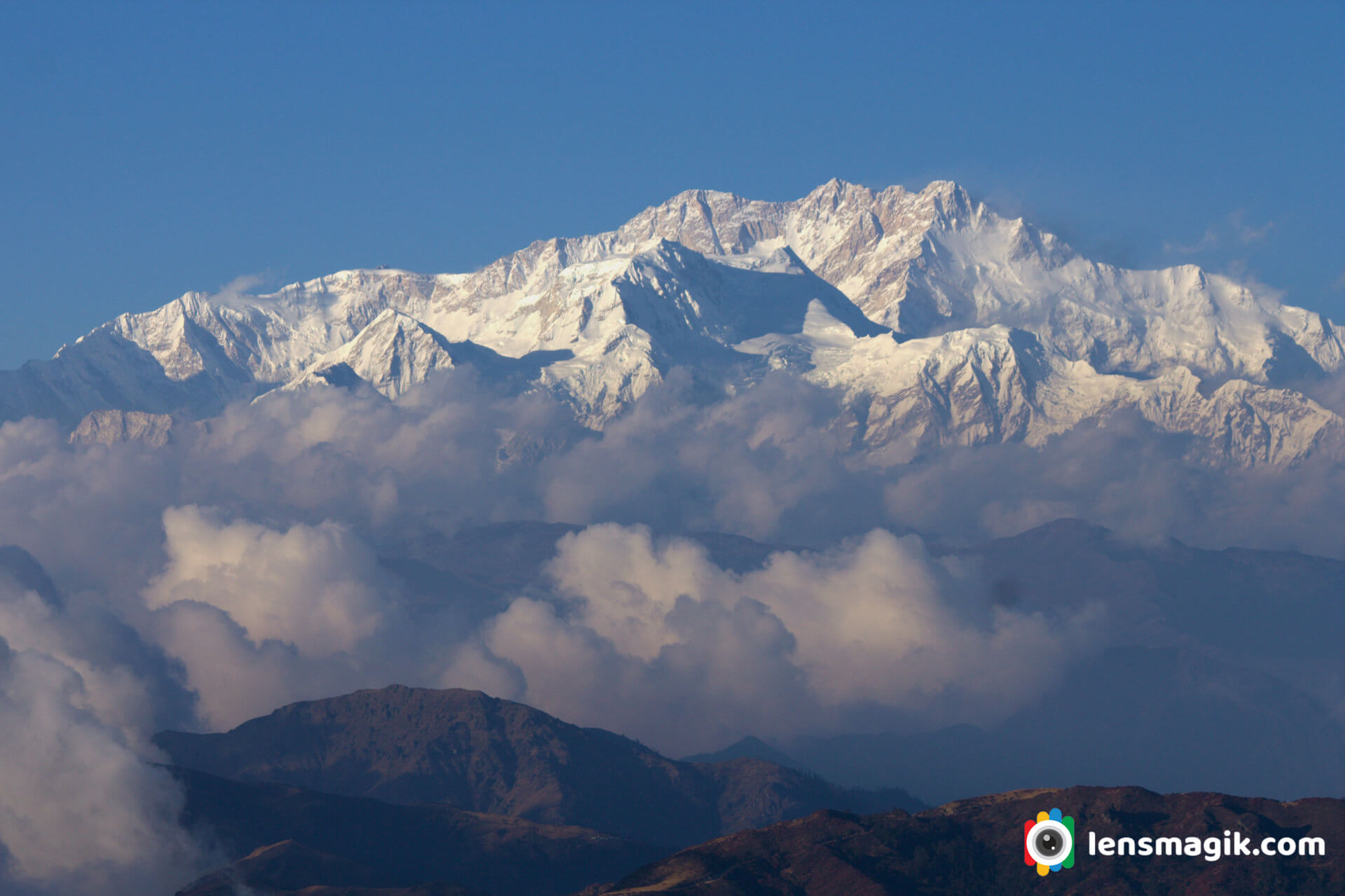
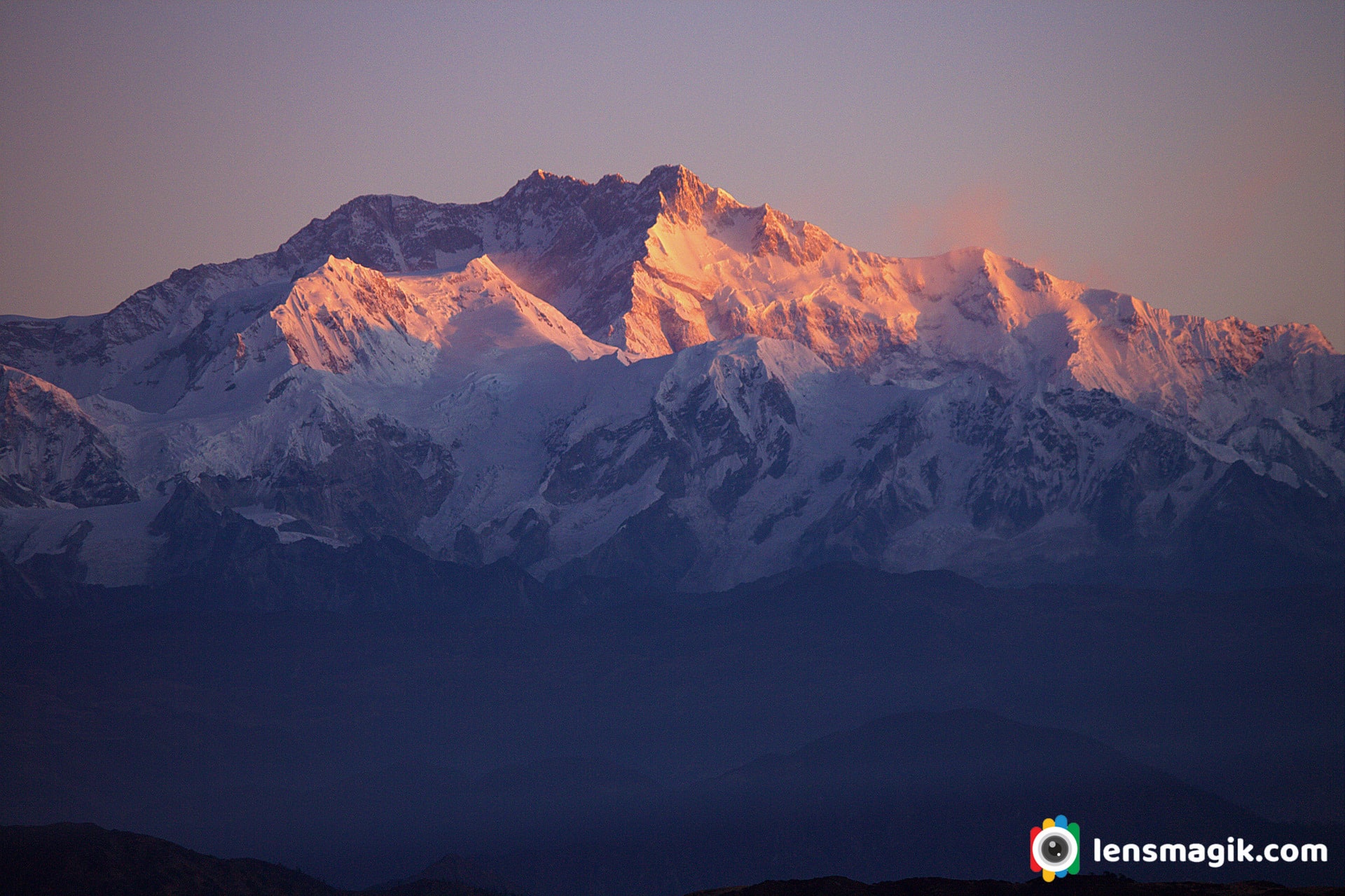
Sandakphu trek is one of the beautiful trek among India and also of Himalayas. During summer lots of trekkers go for these trek and also Phalut trek. At Sandakphu you can stay a night and just see at night the sky is full of stars. I was never seen such stars in my life. A milky way you can see and it was amazing experience of star gazing at Sandakphu. Also after dark a sunrise is beautiful as enough. At 4 or 4:30 am sunrise time and we were ready to see first light of sun rays on Himalayan mountains. The color of rays are red orange color looks beautiful on snow mountain of Kanchenjunga. Thats the beauty of Himalayas.
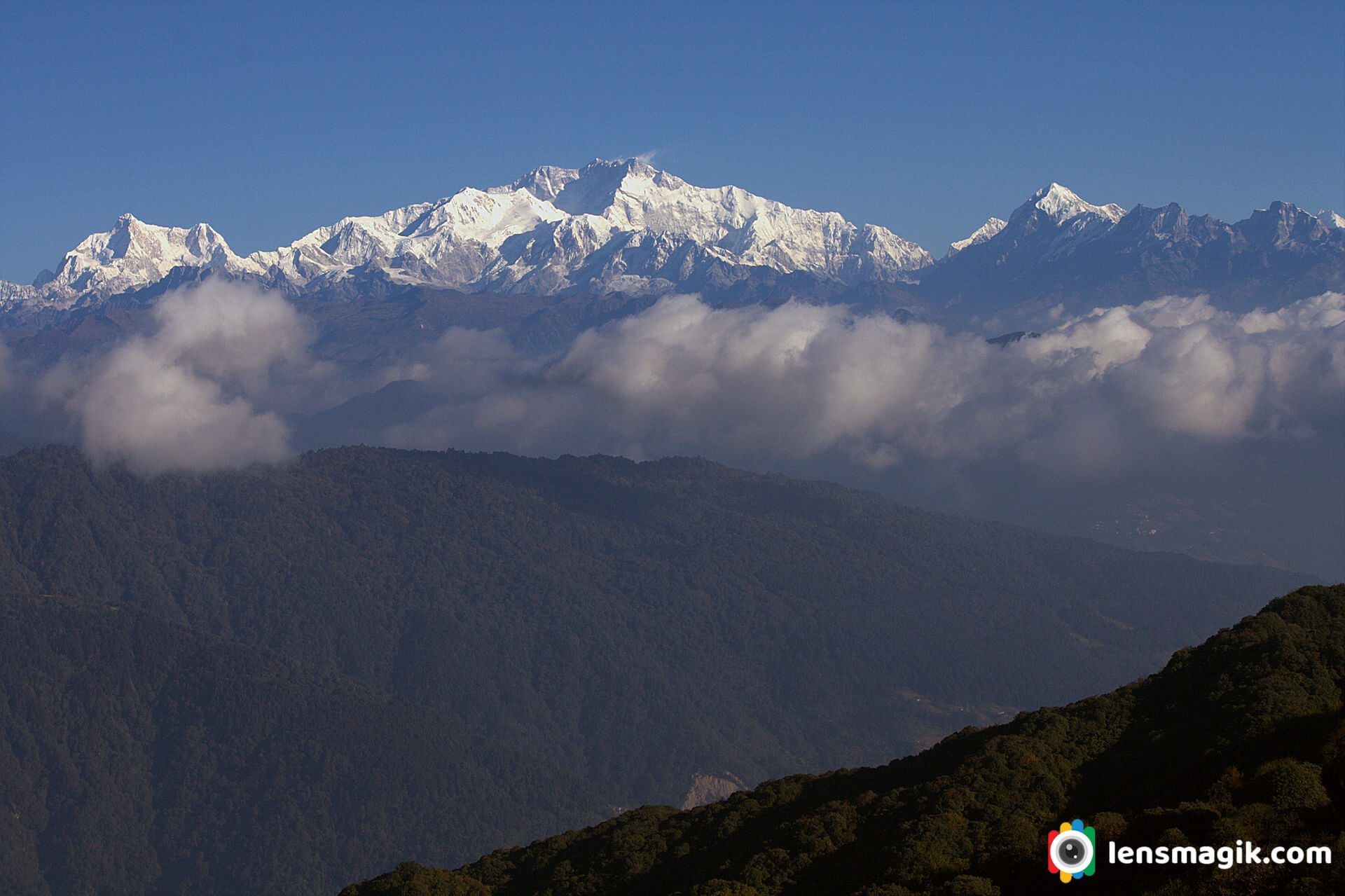
For climbing Mt. Kanchenjunga you can go from Nepal only because Indian Government has been closed Northeastern Sikkim route of Kanchenjunga since 2000. To See Mt. Kanchenjunga from India Sandakphu is the best place. You can go to Sandakphu via Trek or via Range Rover car hire at manebhanjan village. Nearest airport is Bagdogra or you can go to Kolkata and go for overnight train from Kolkata.
Gear used : Canon 1000 D body, Canon 18-55 mm lens, Canon 55-250 mm lens.